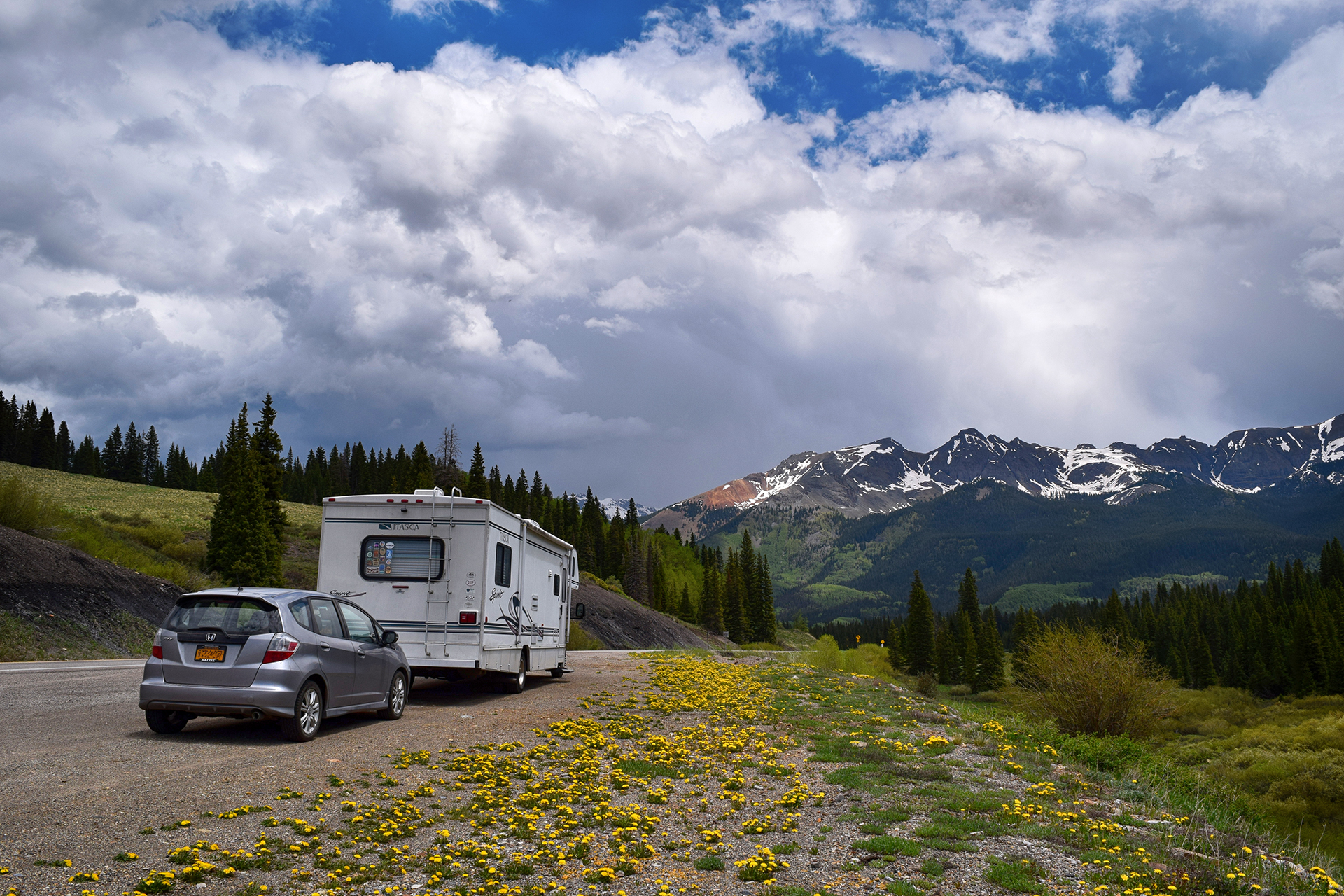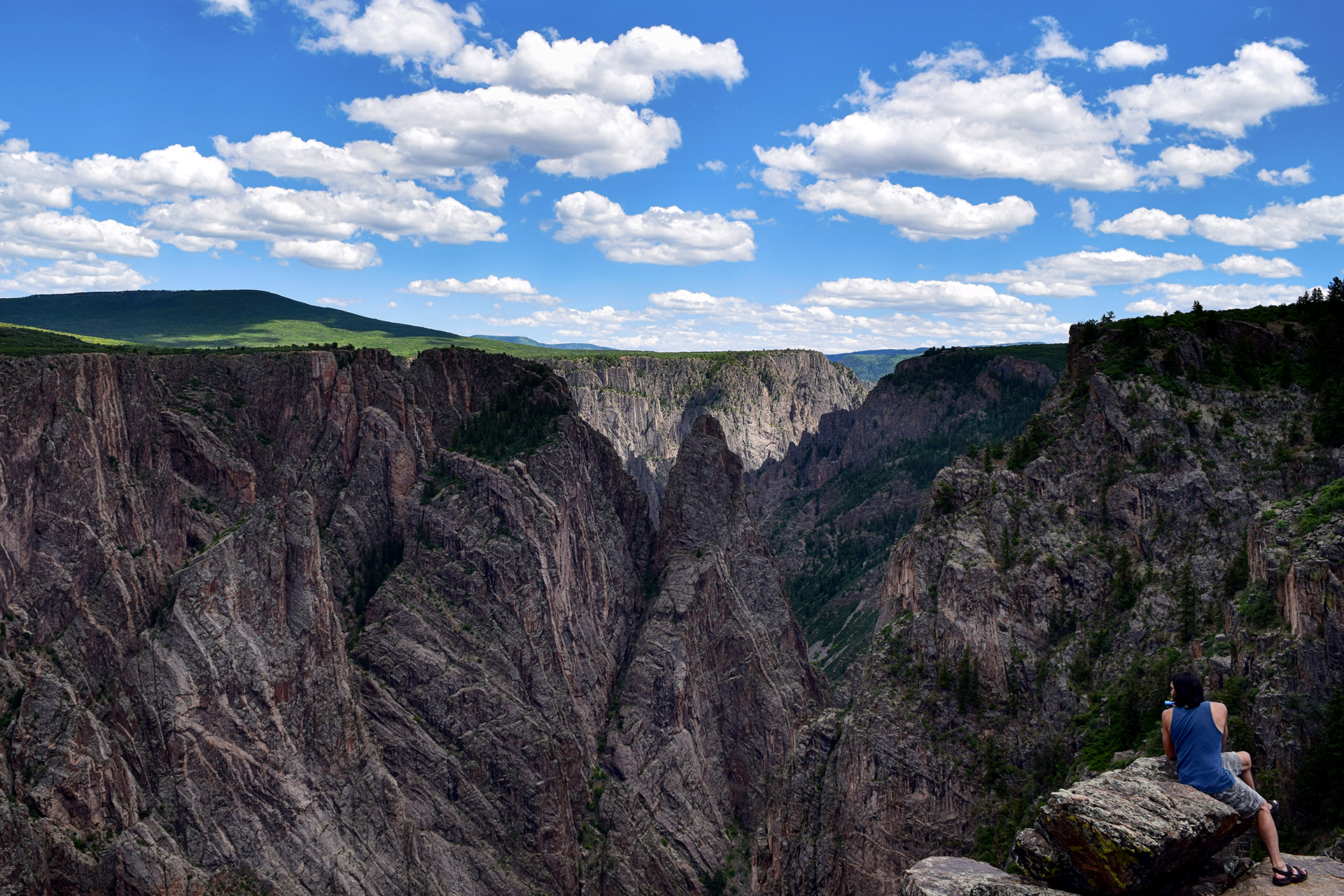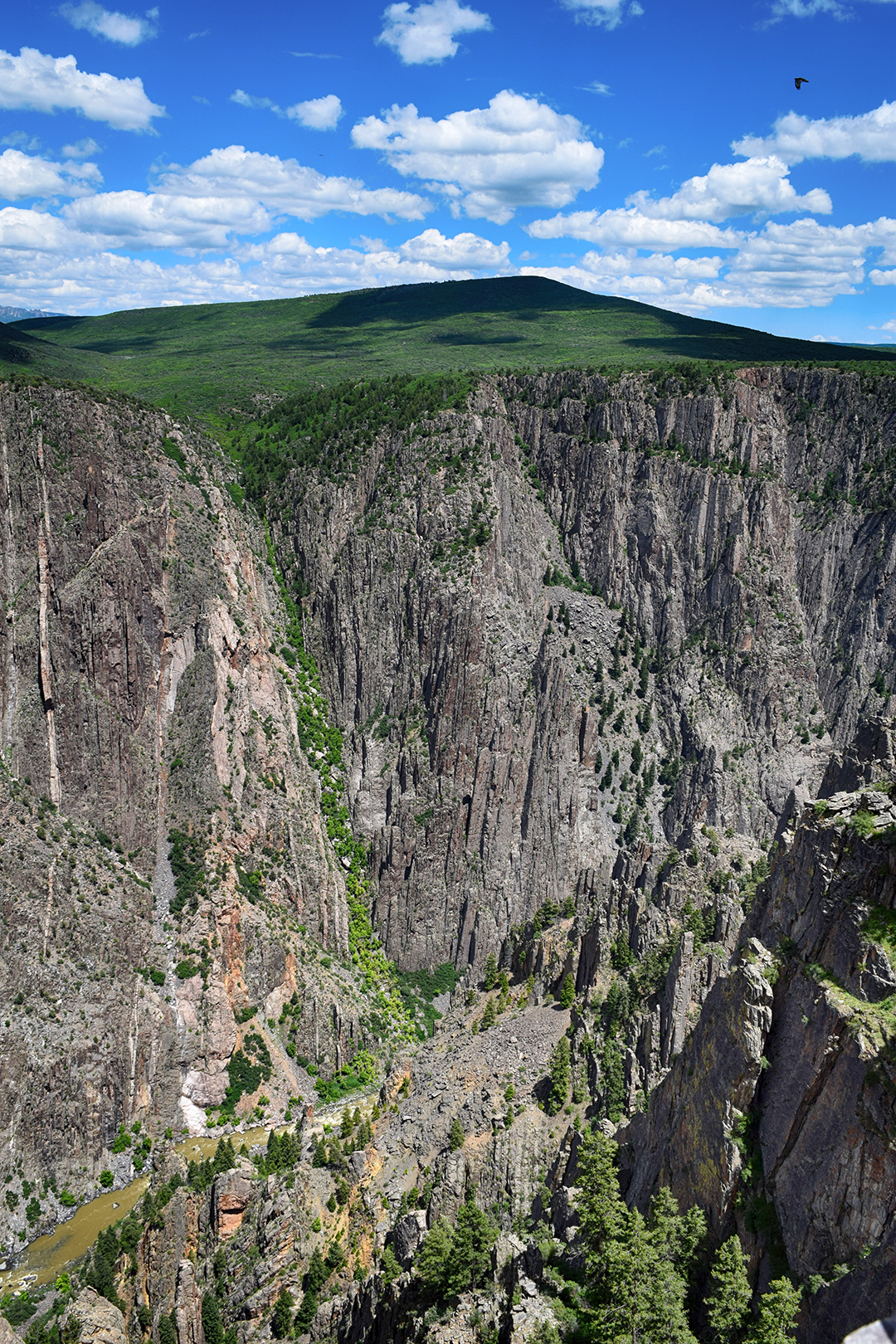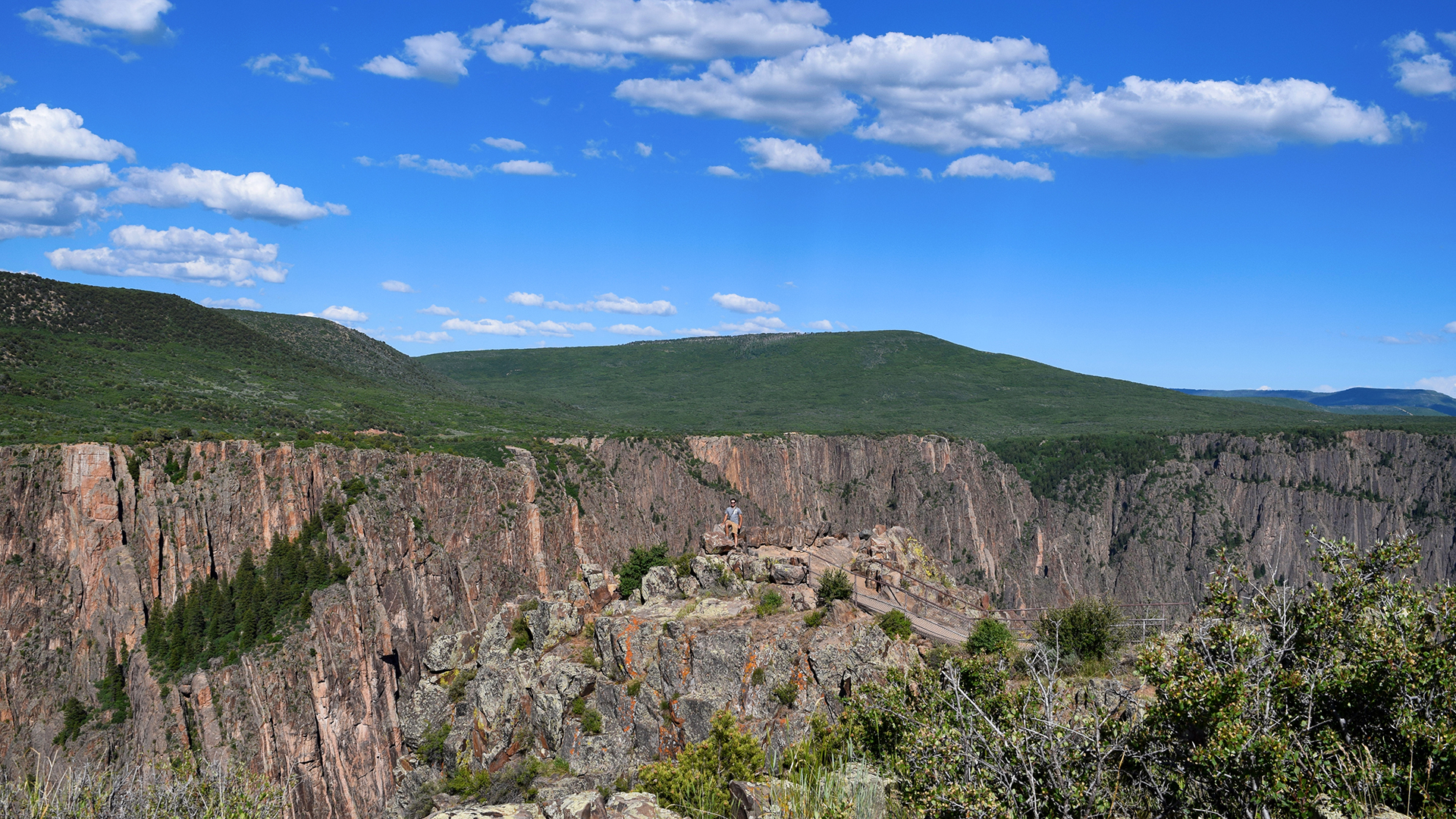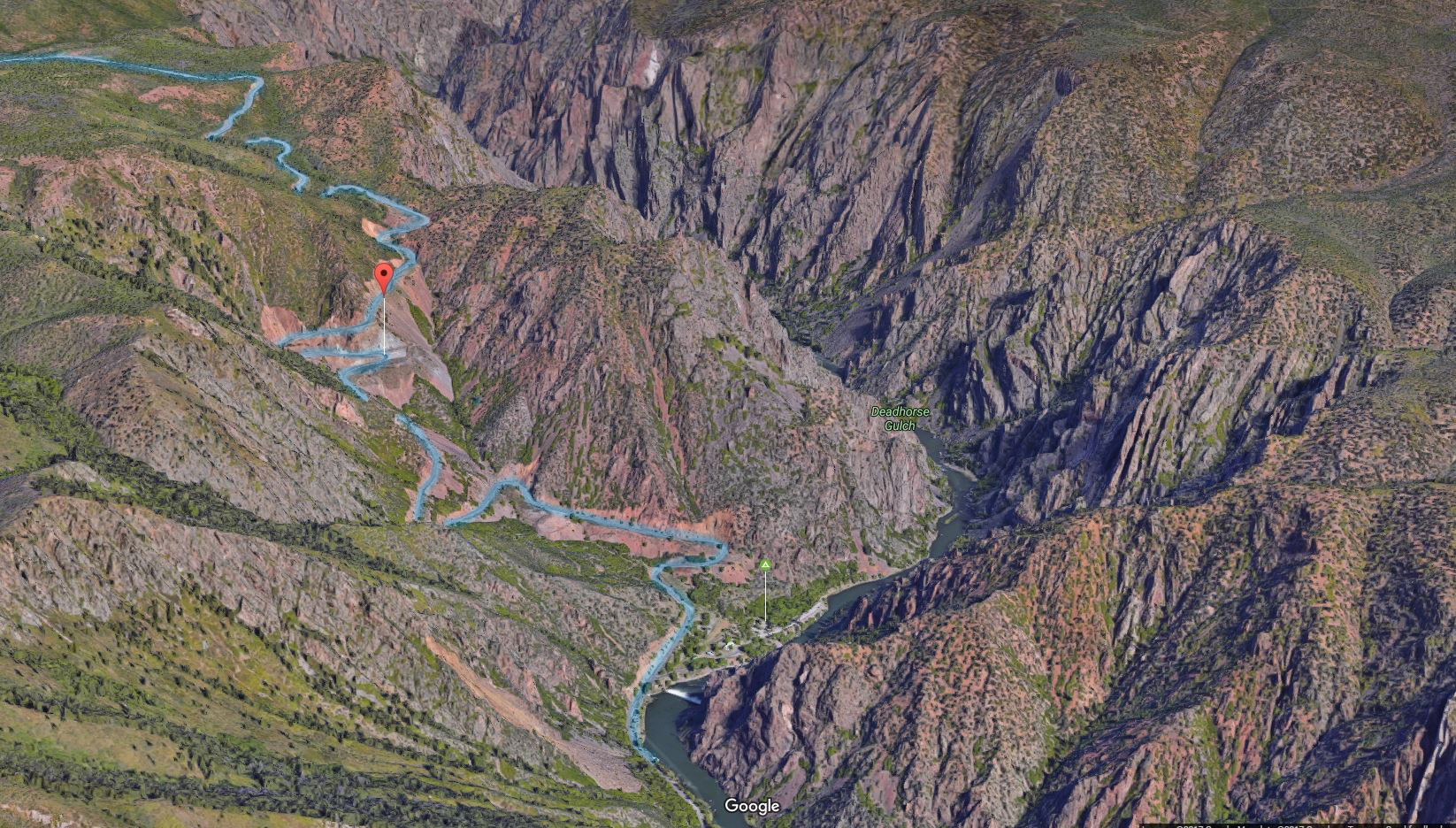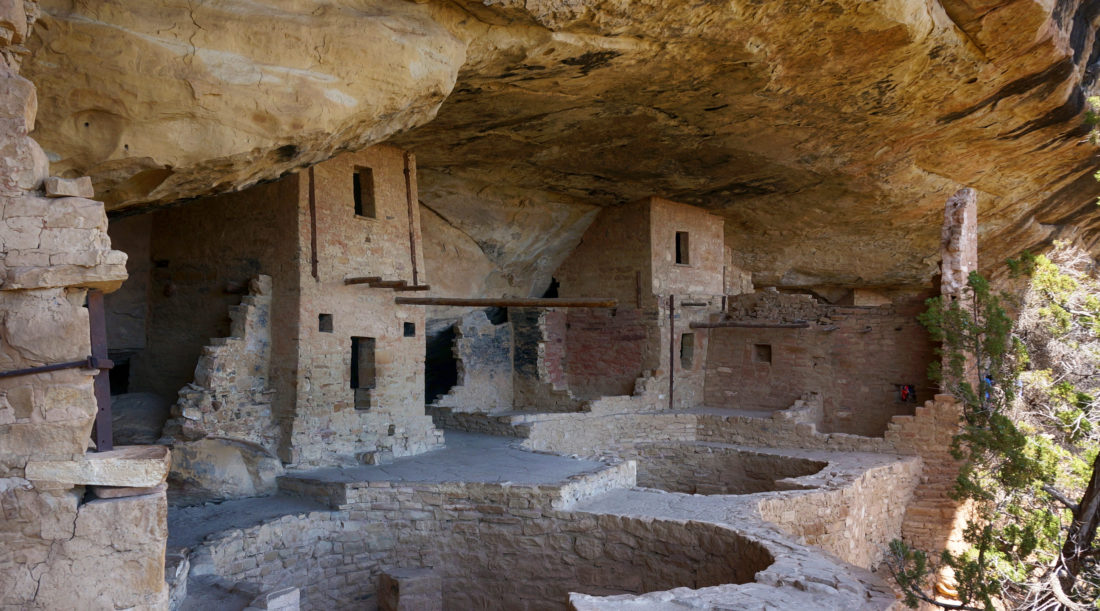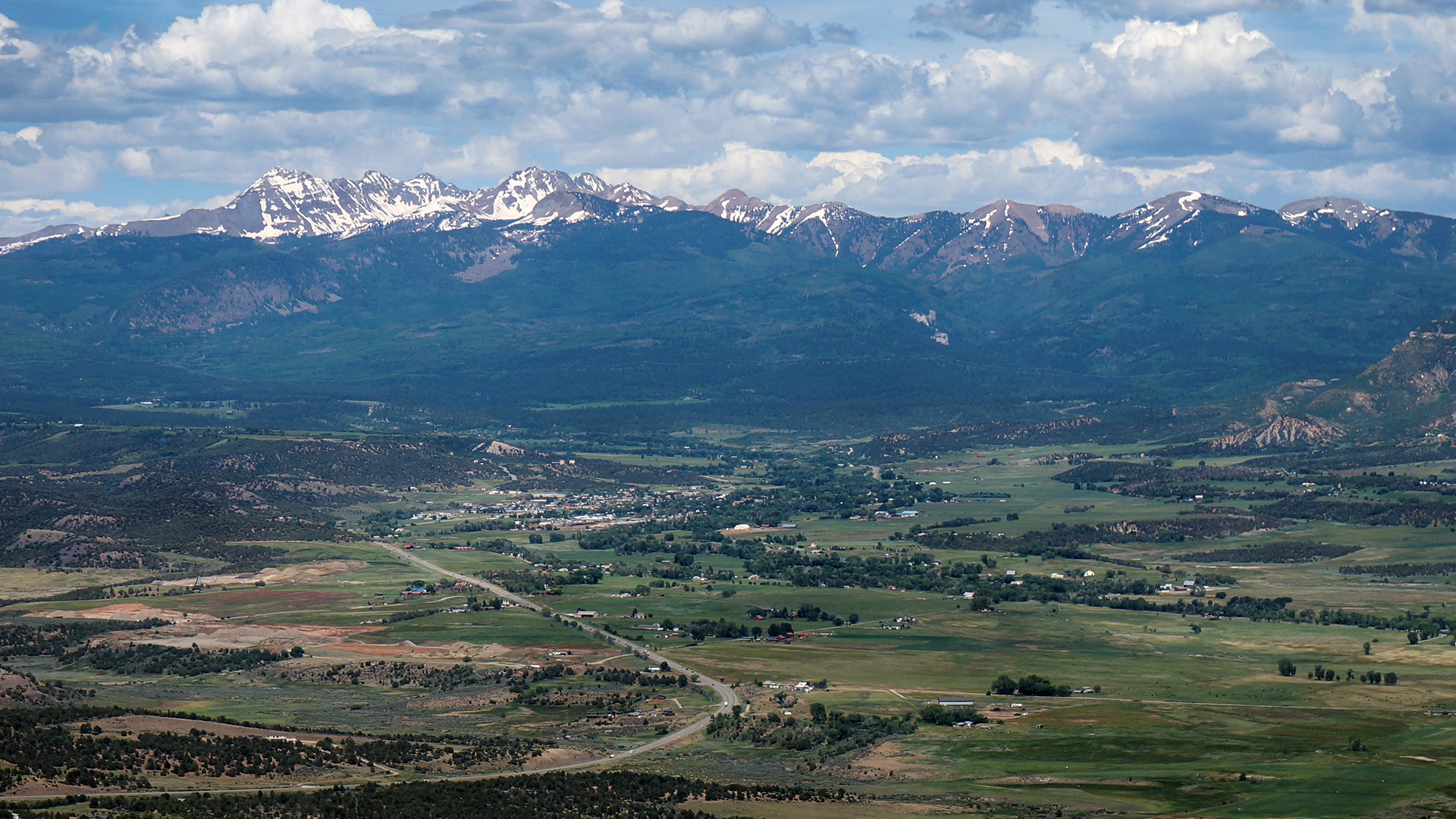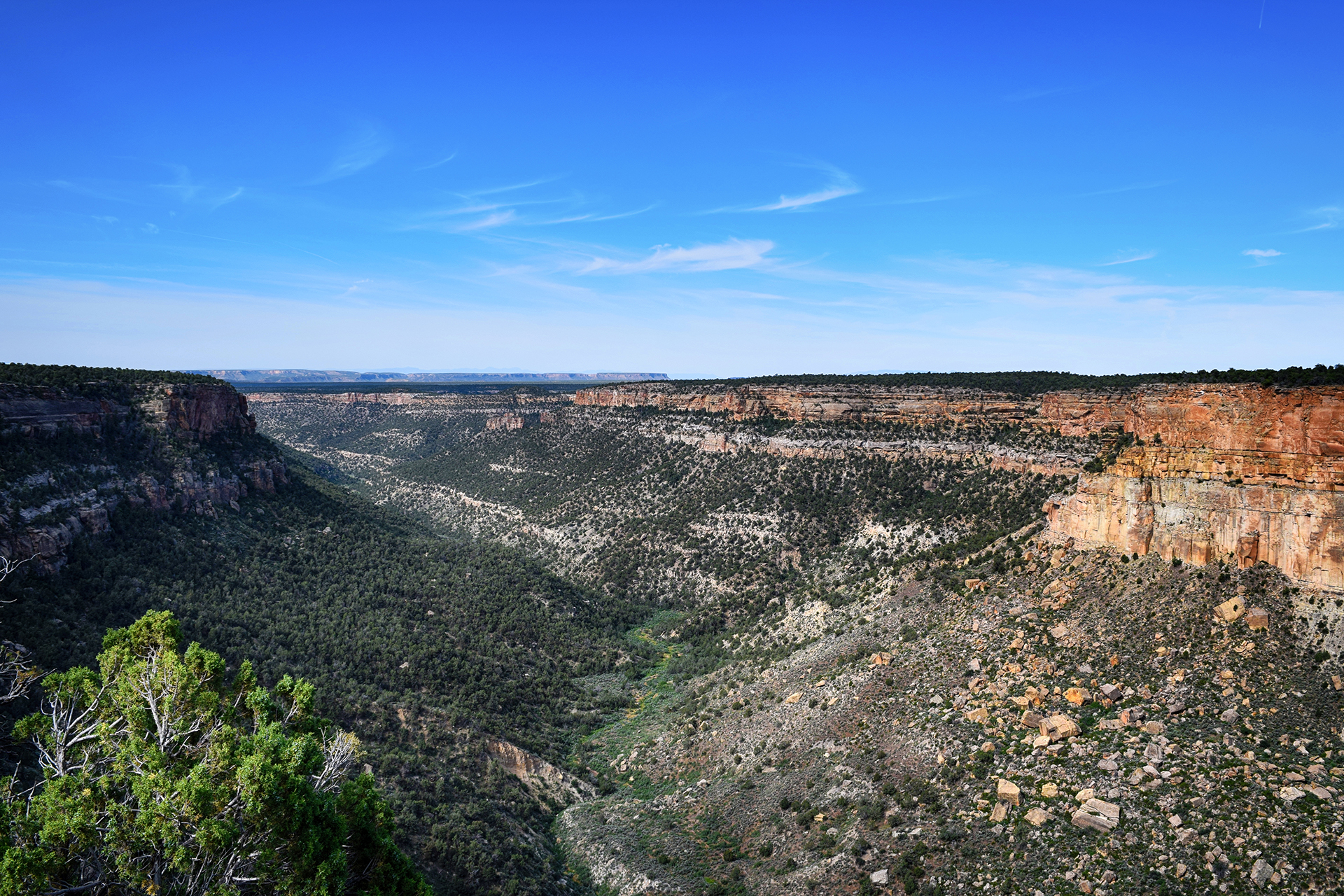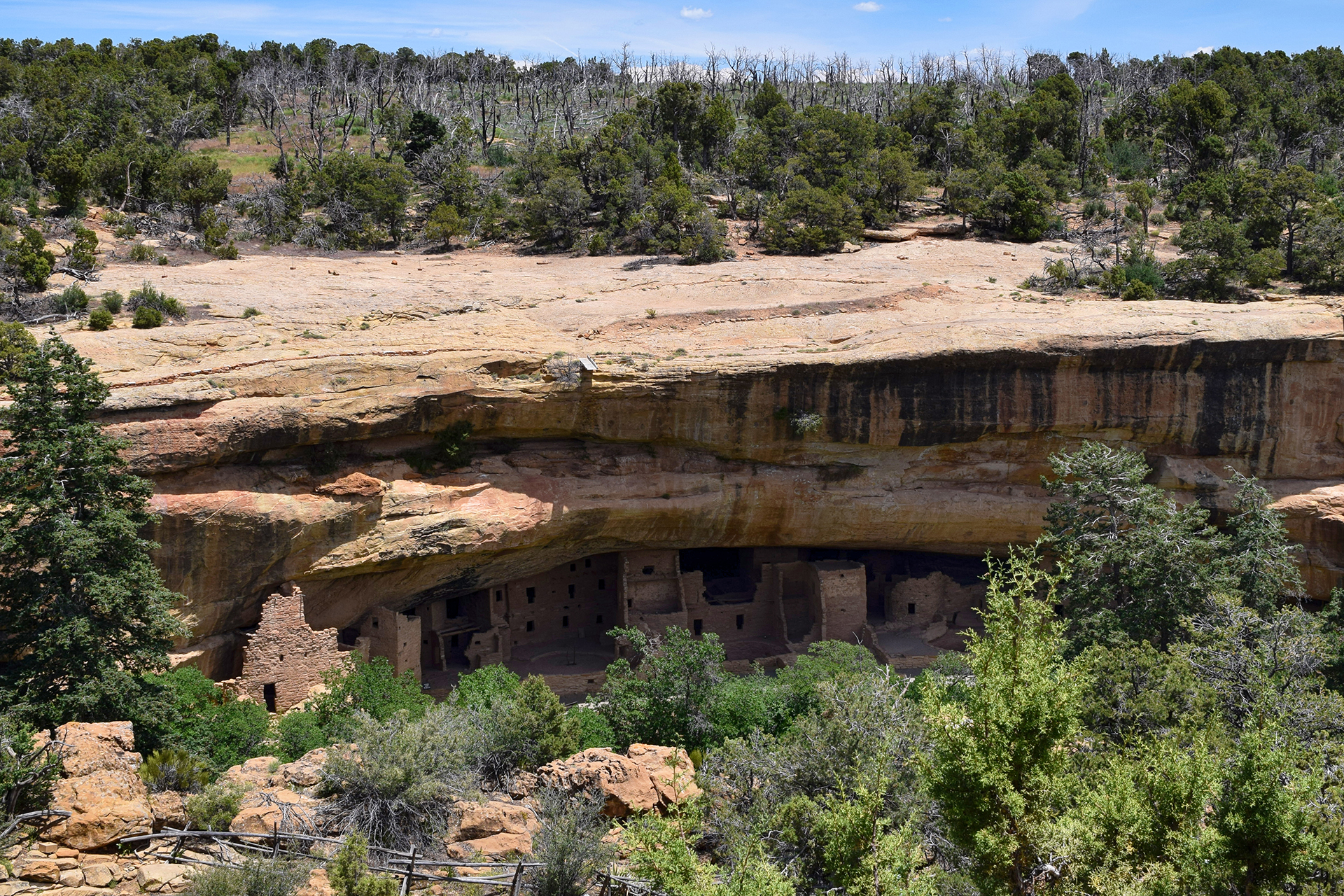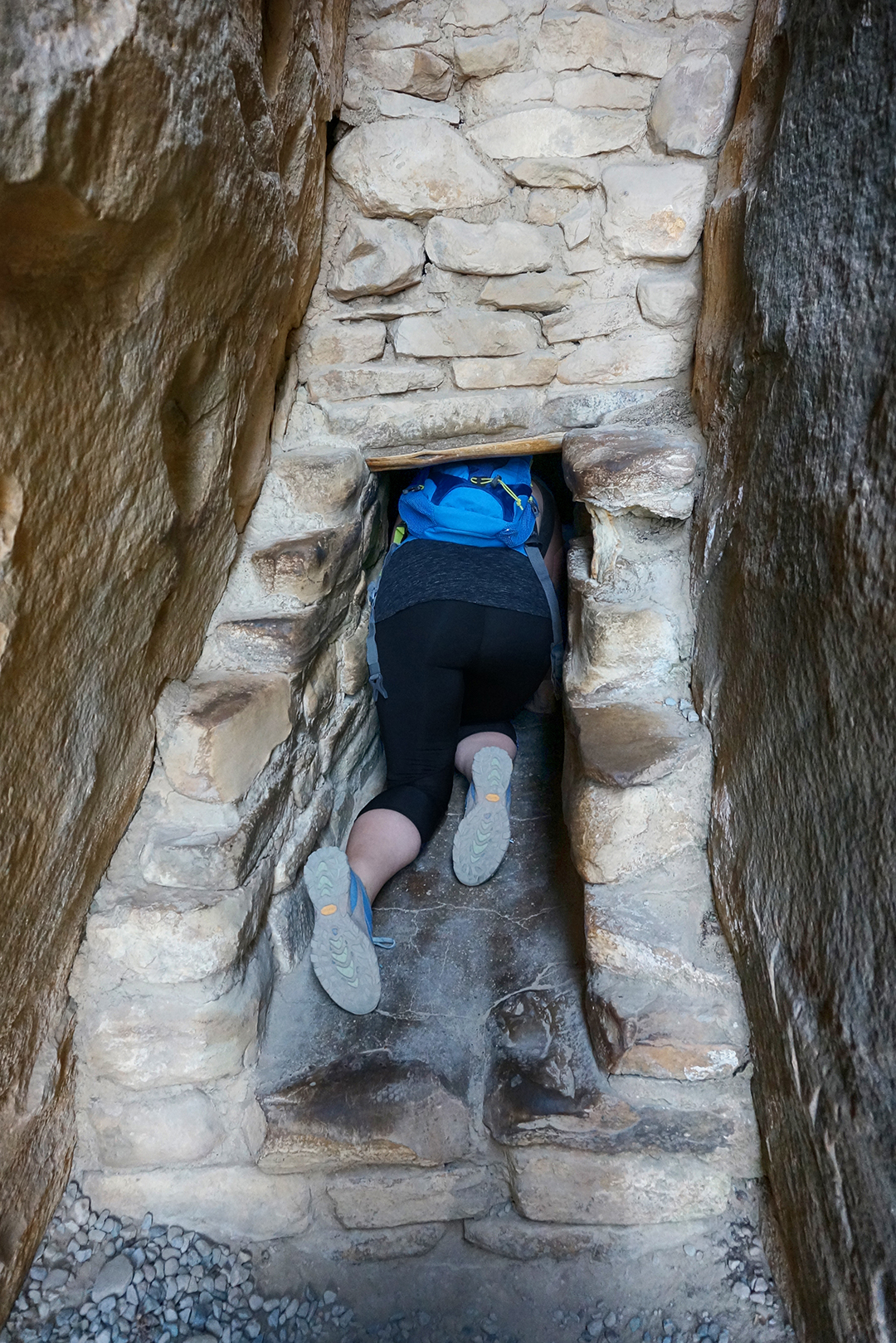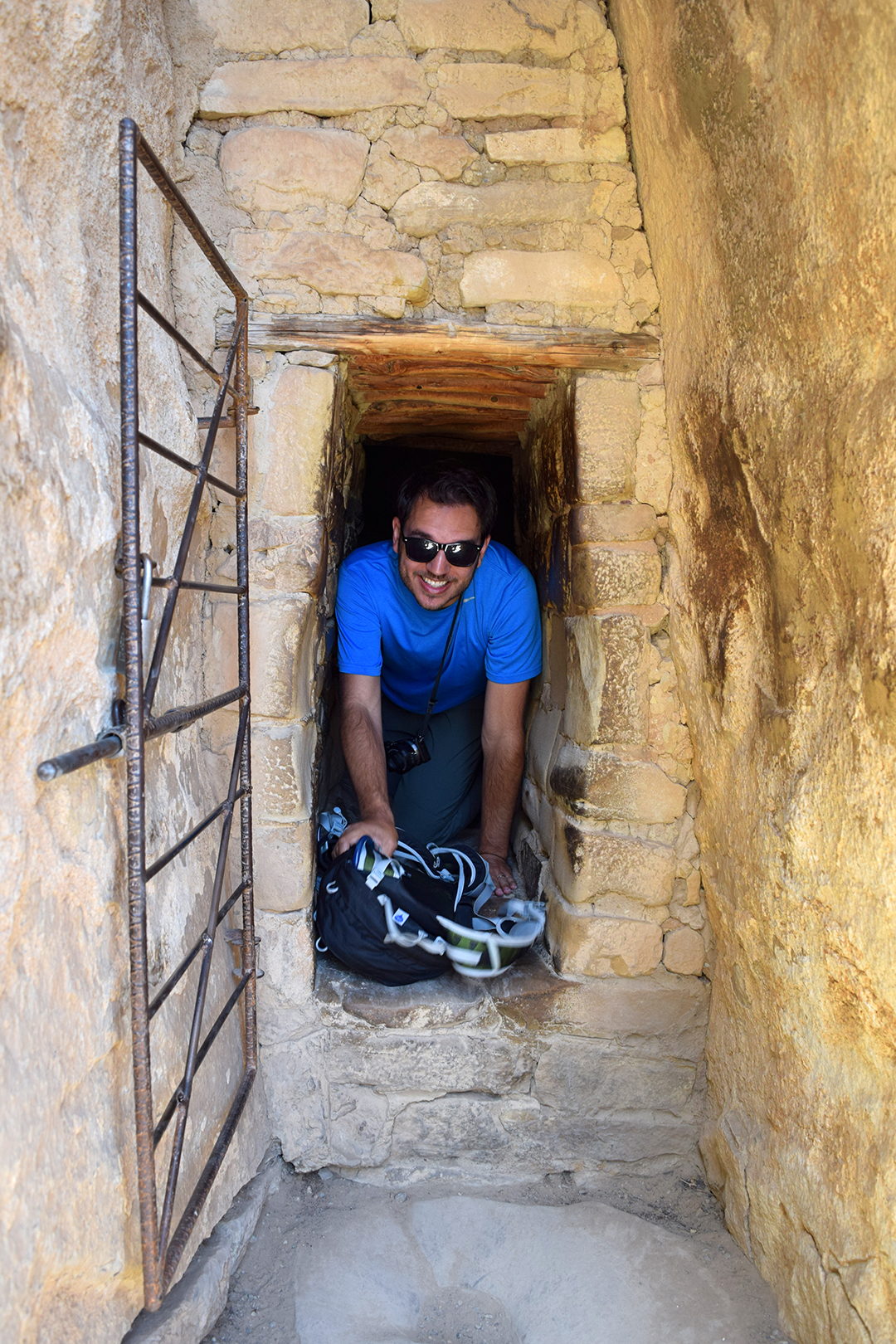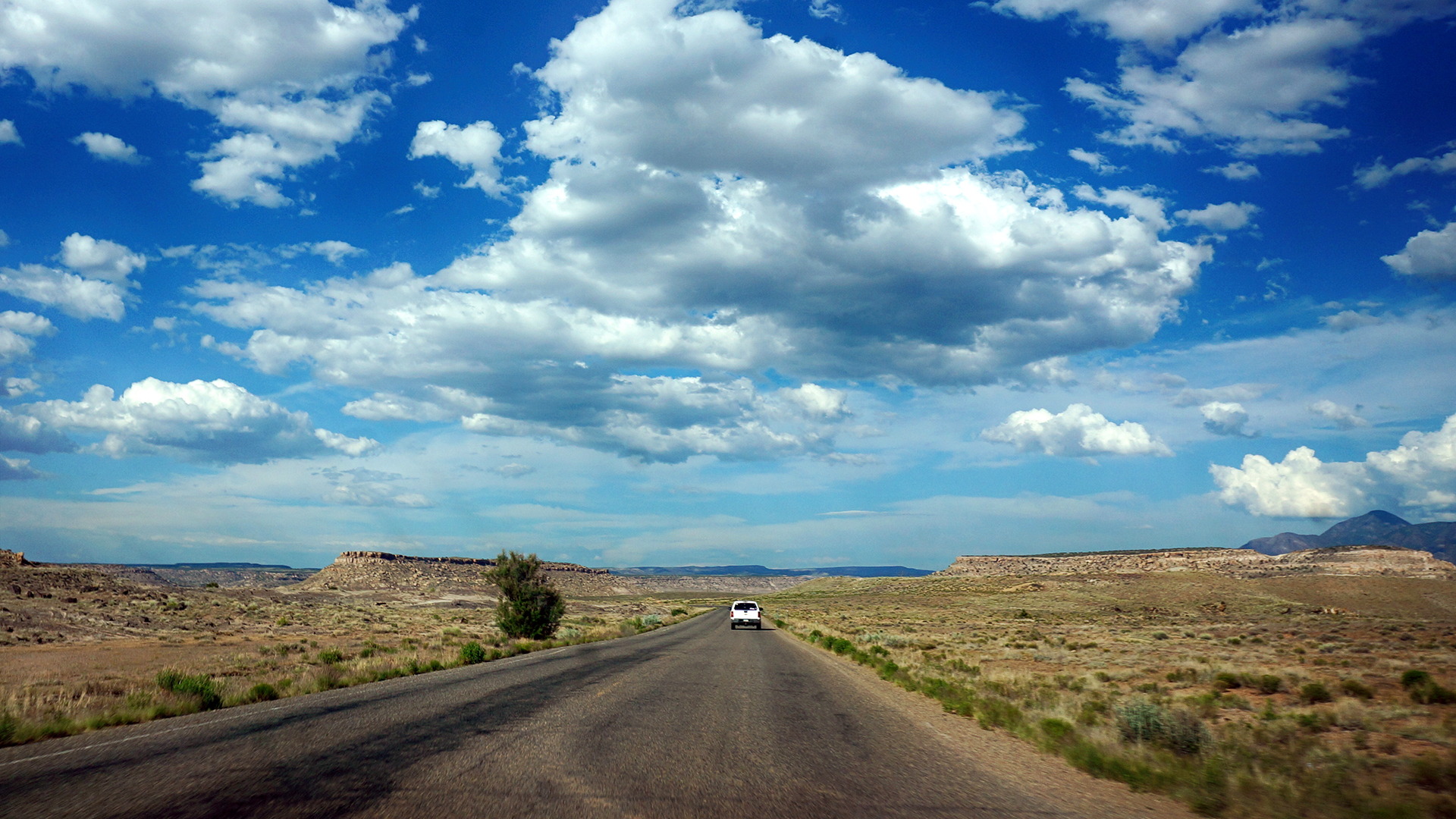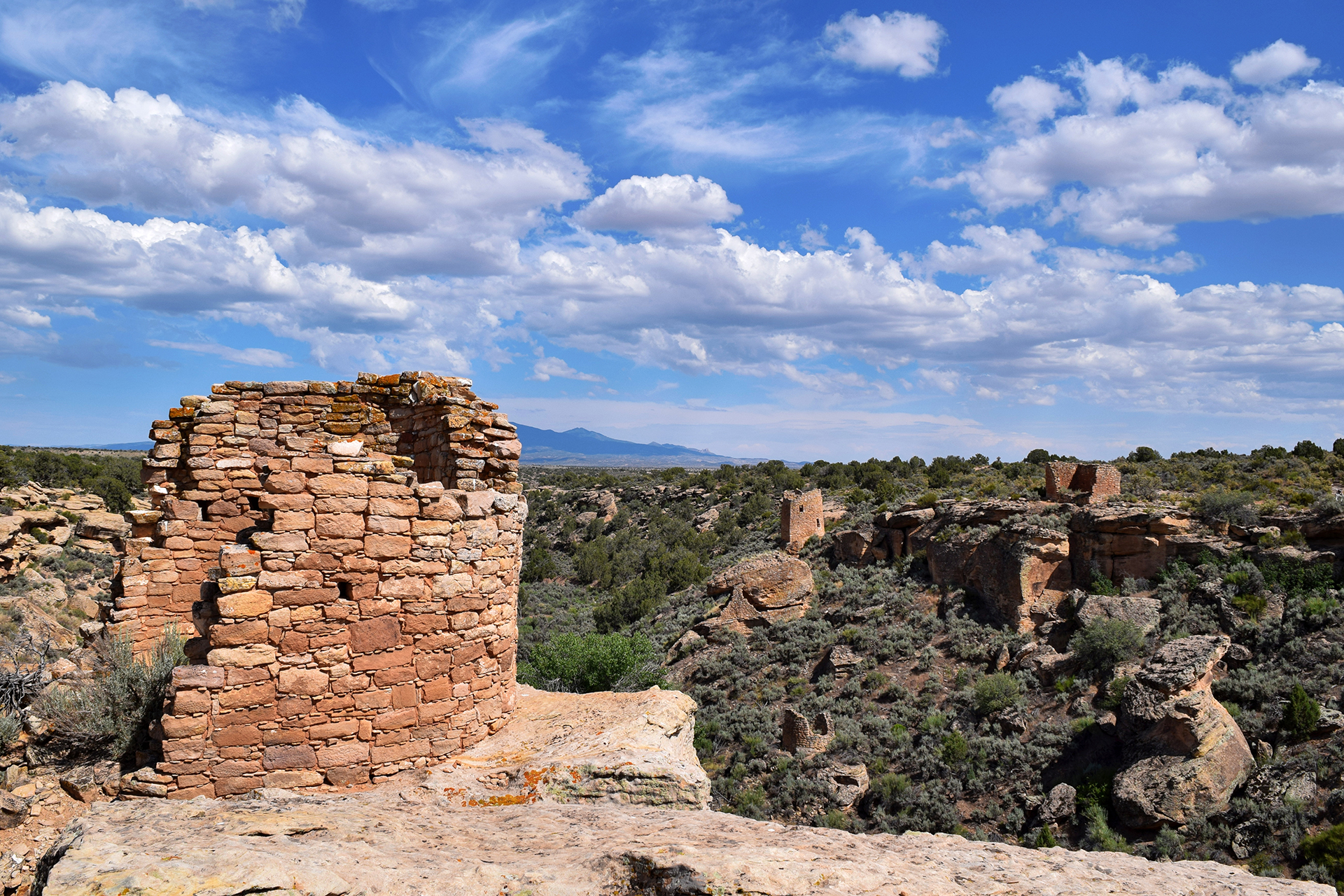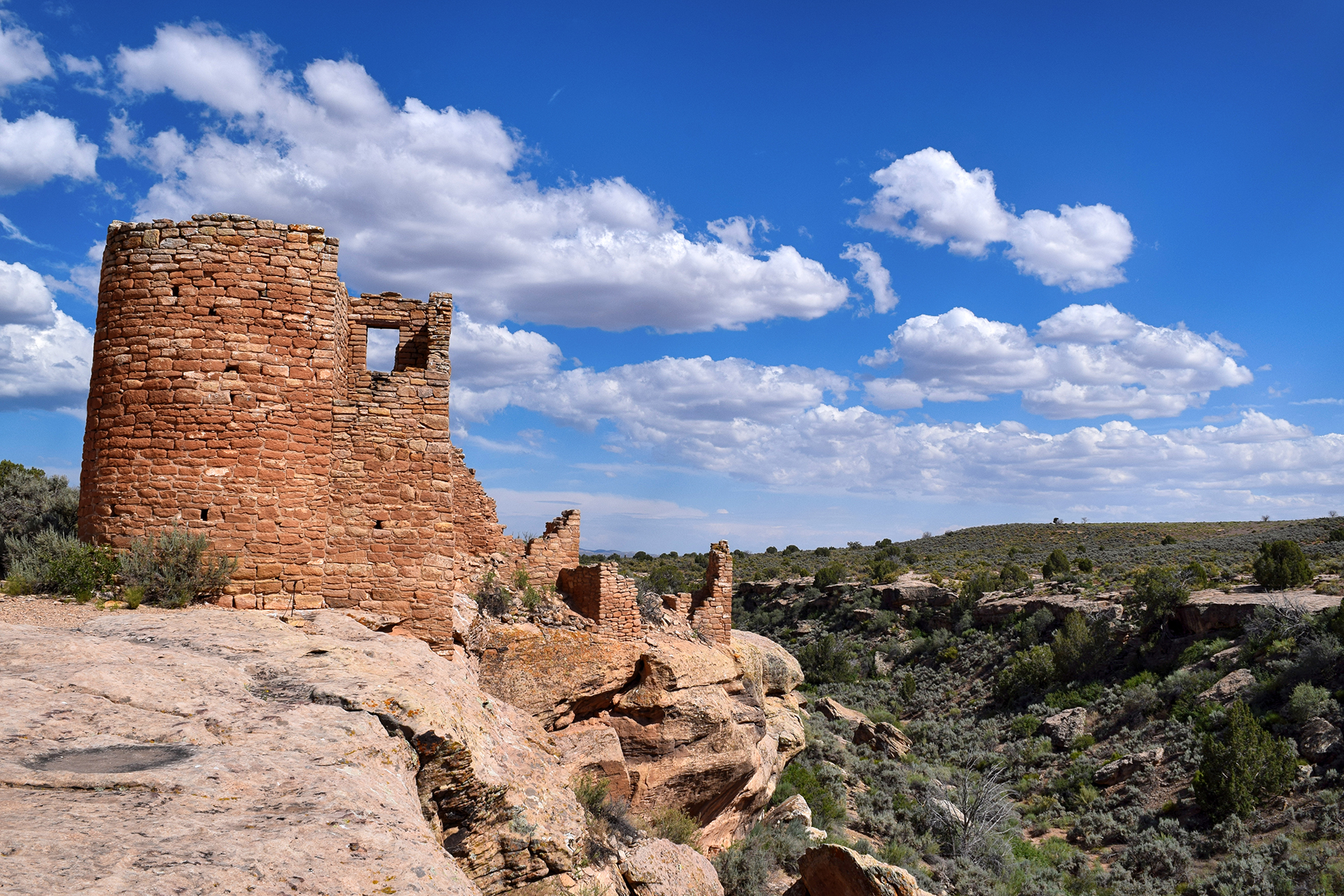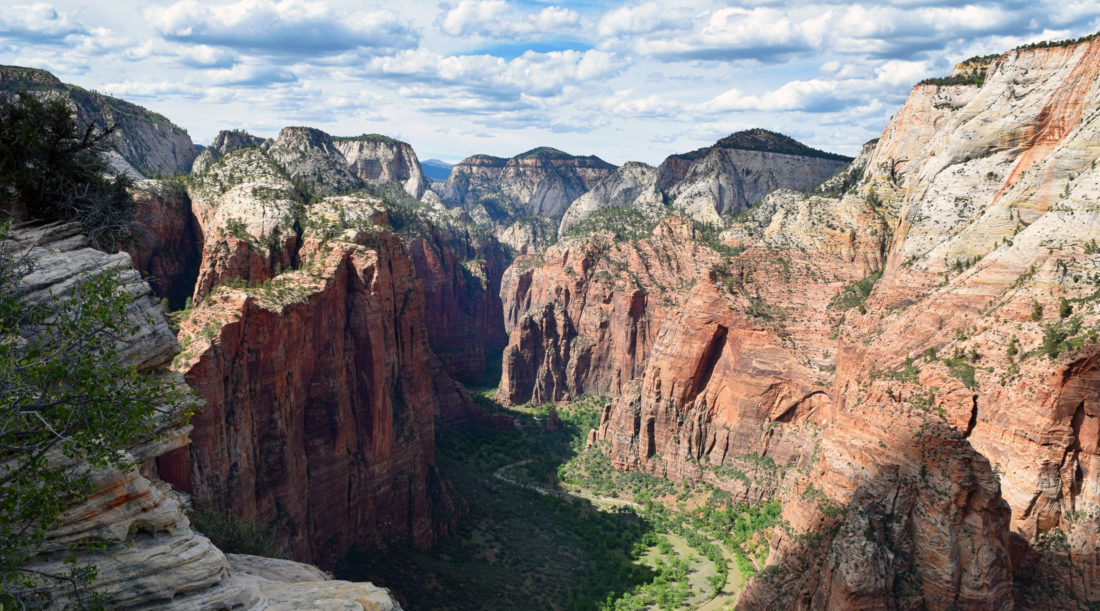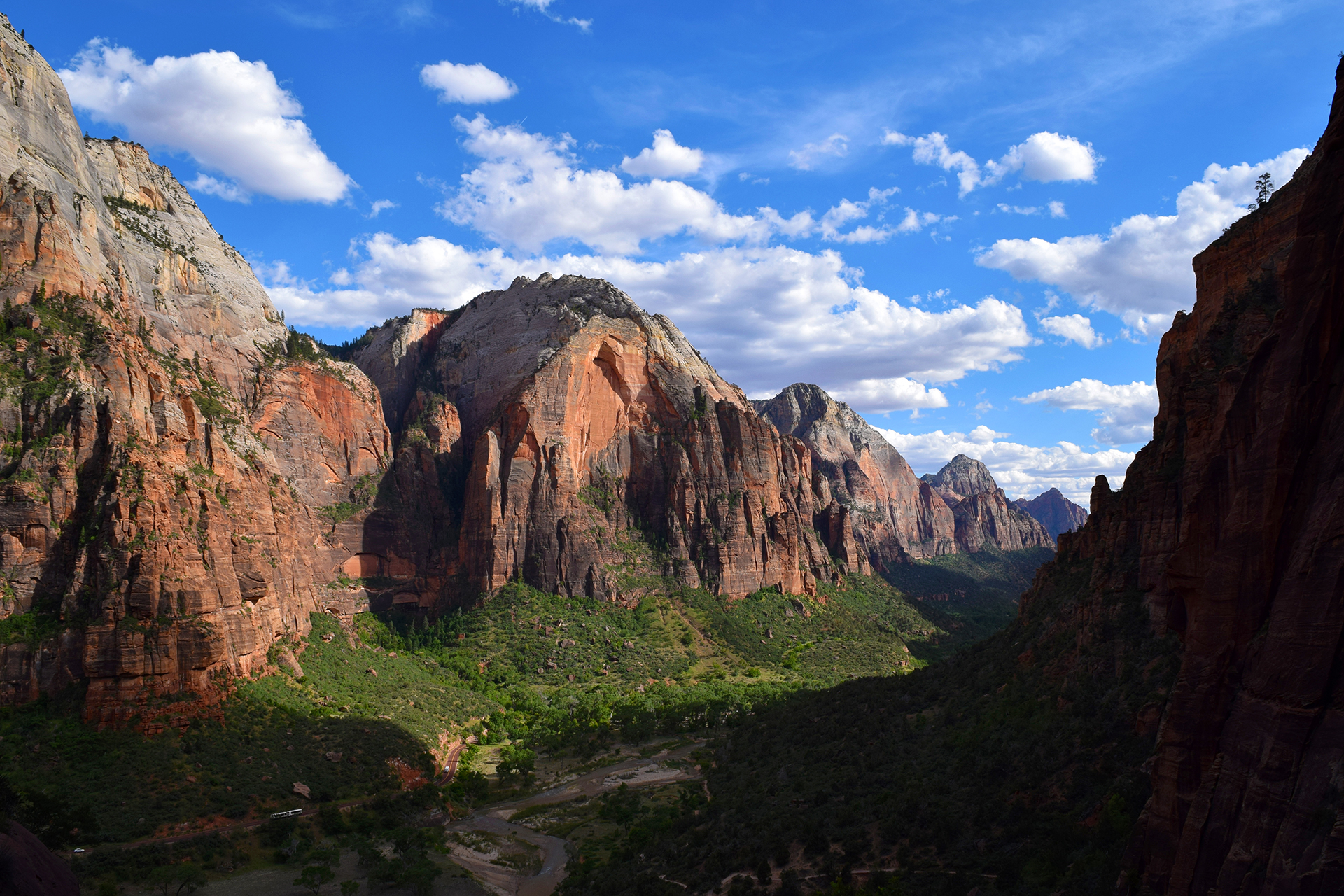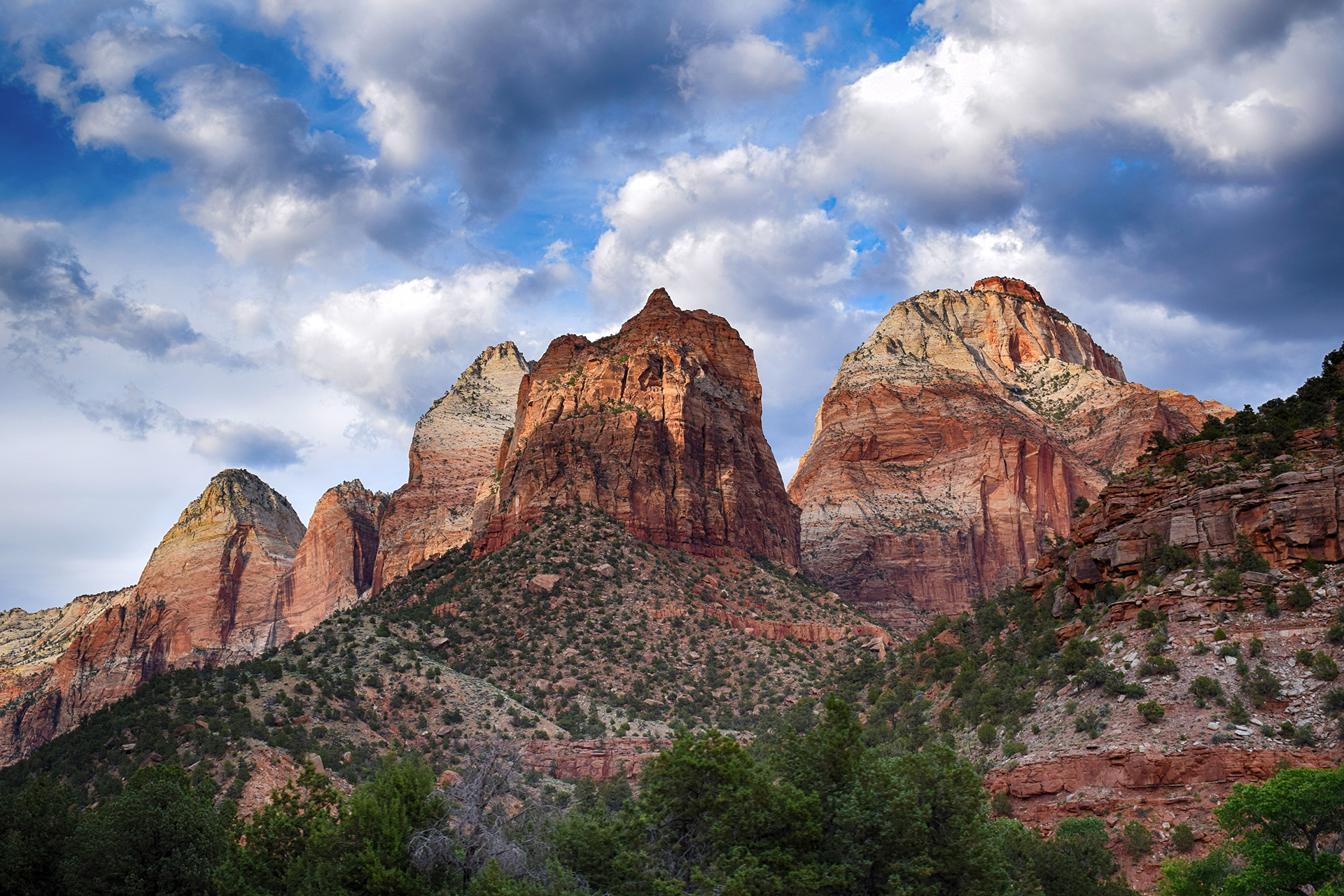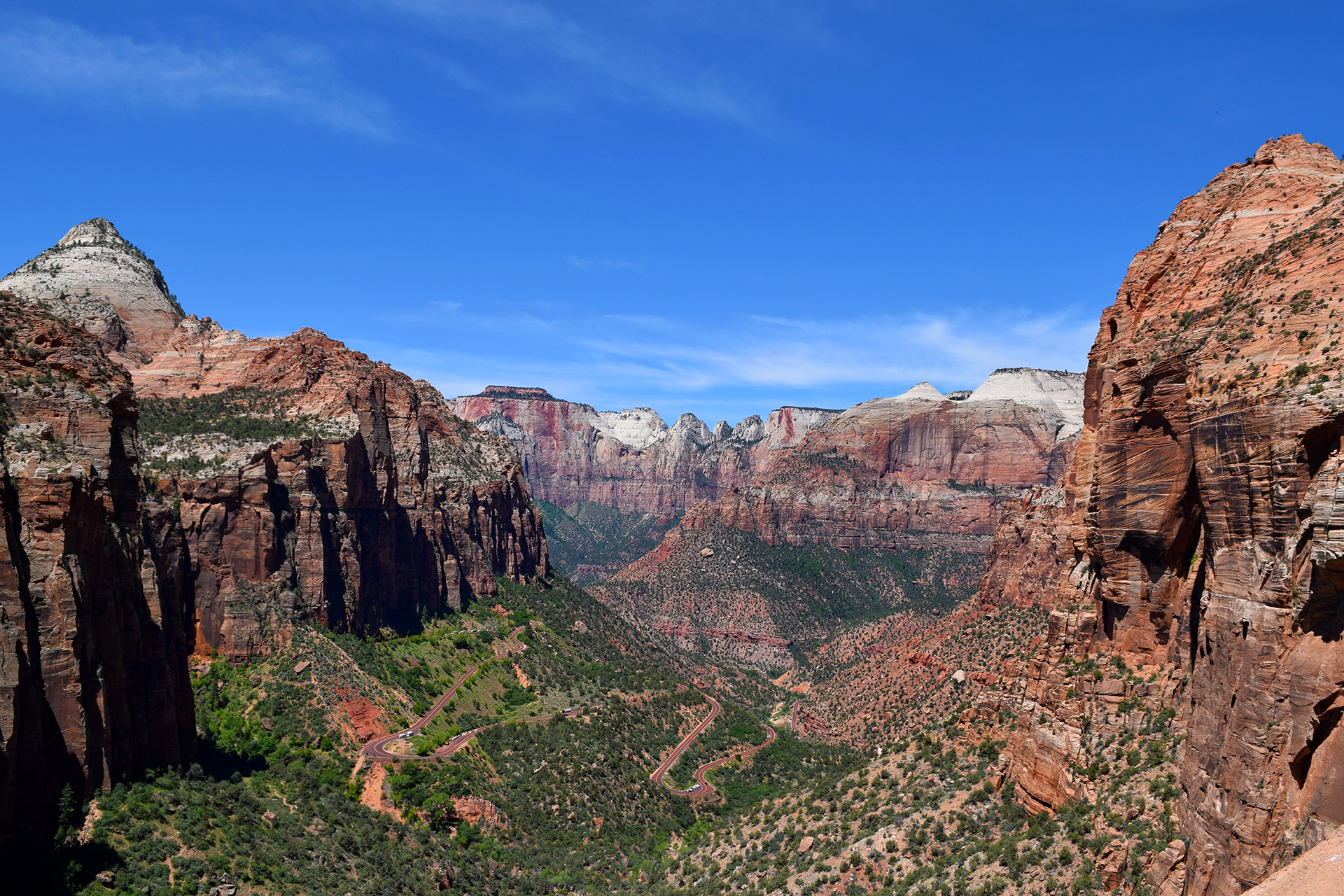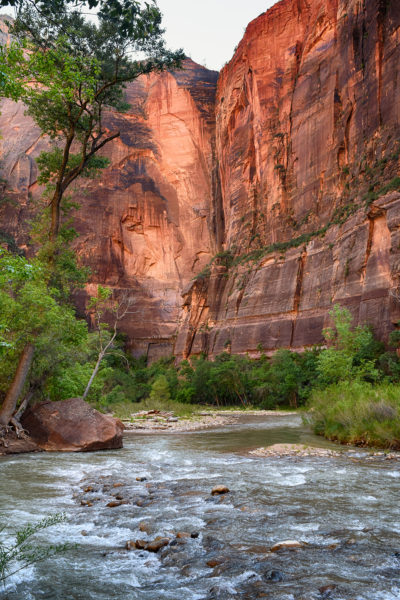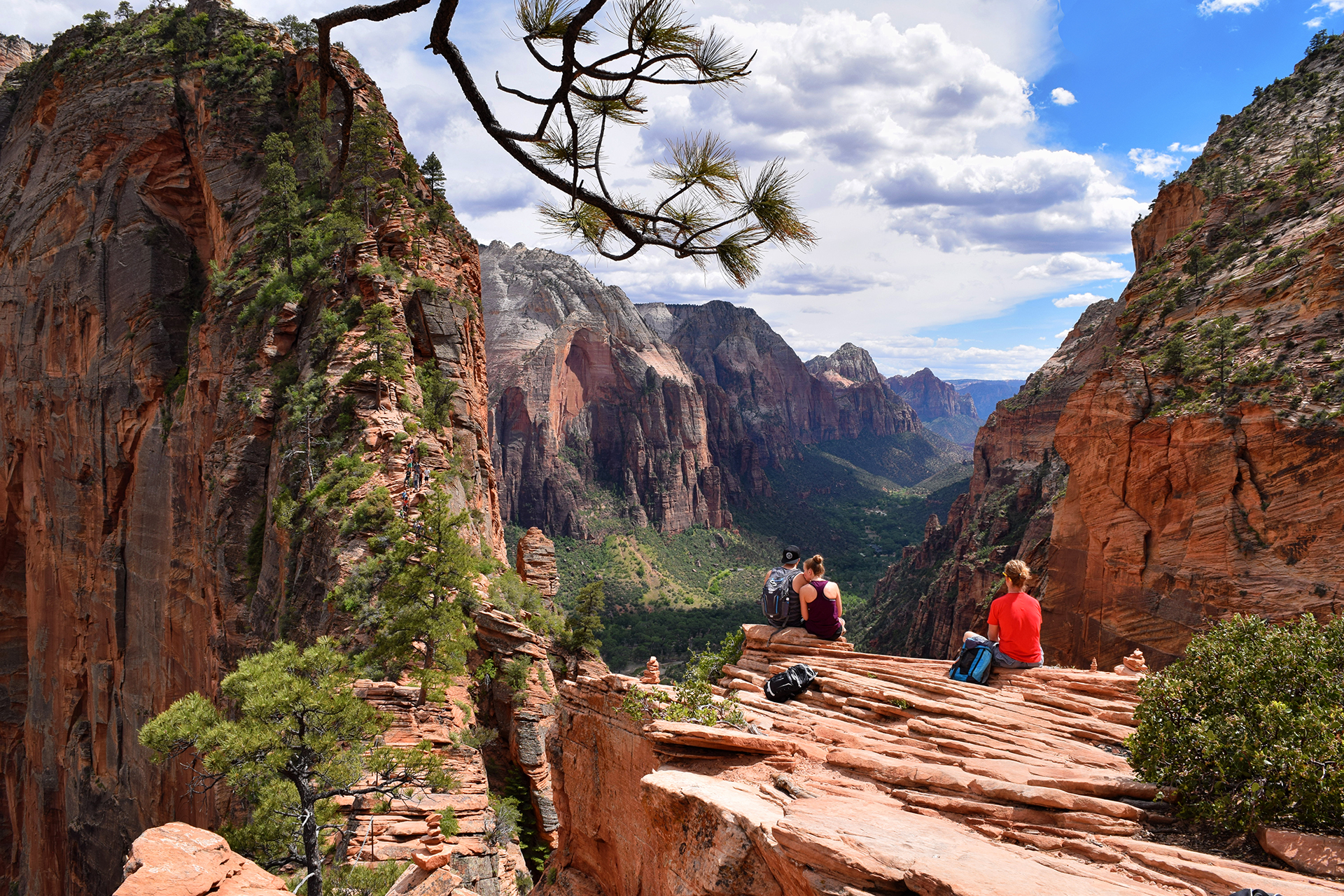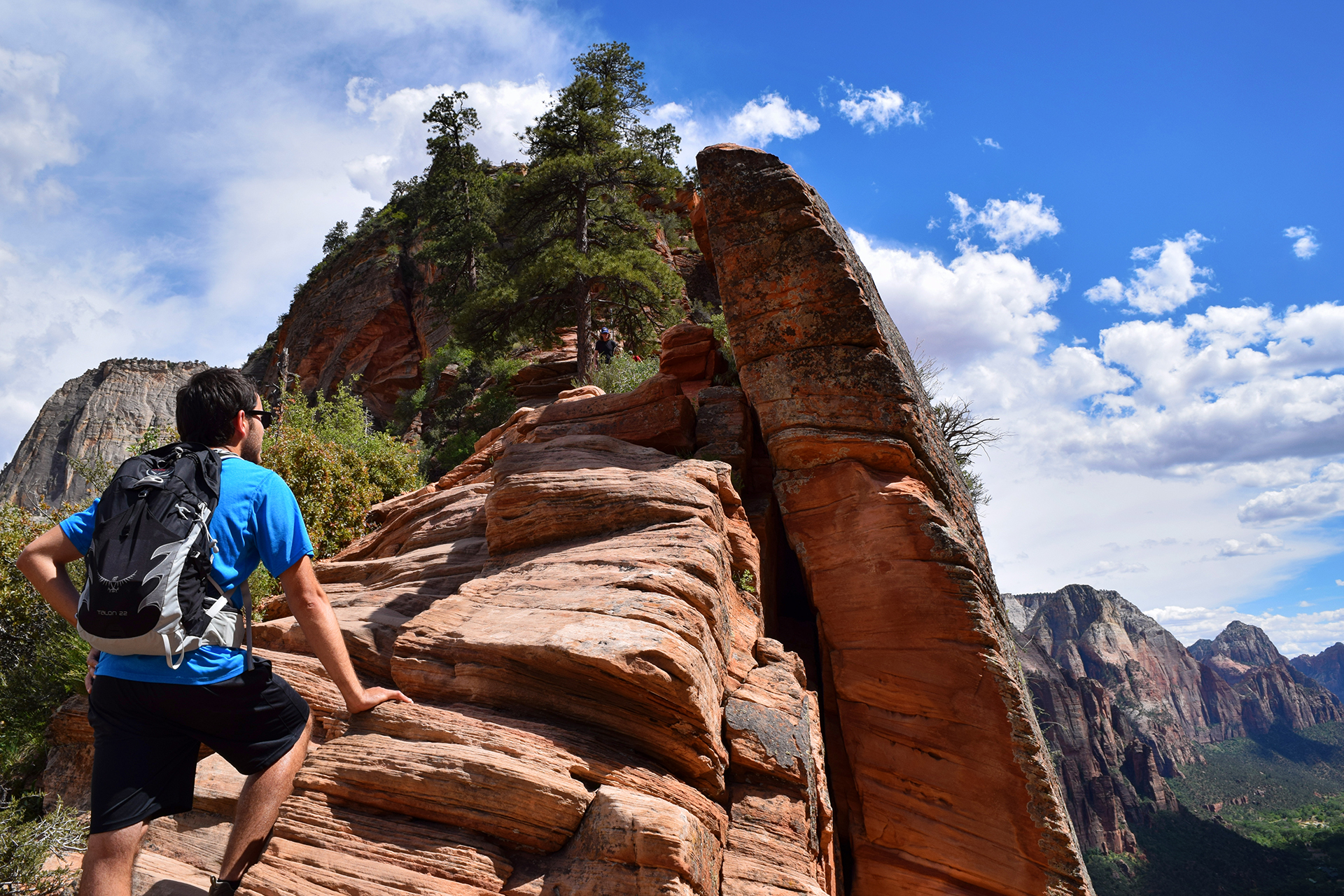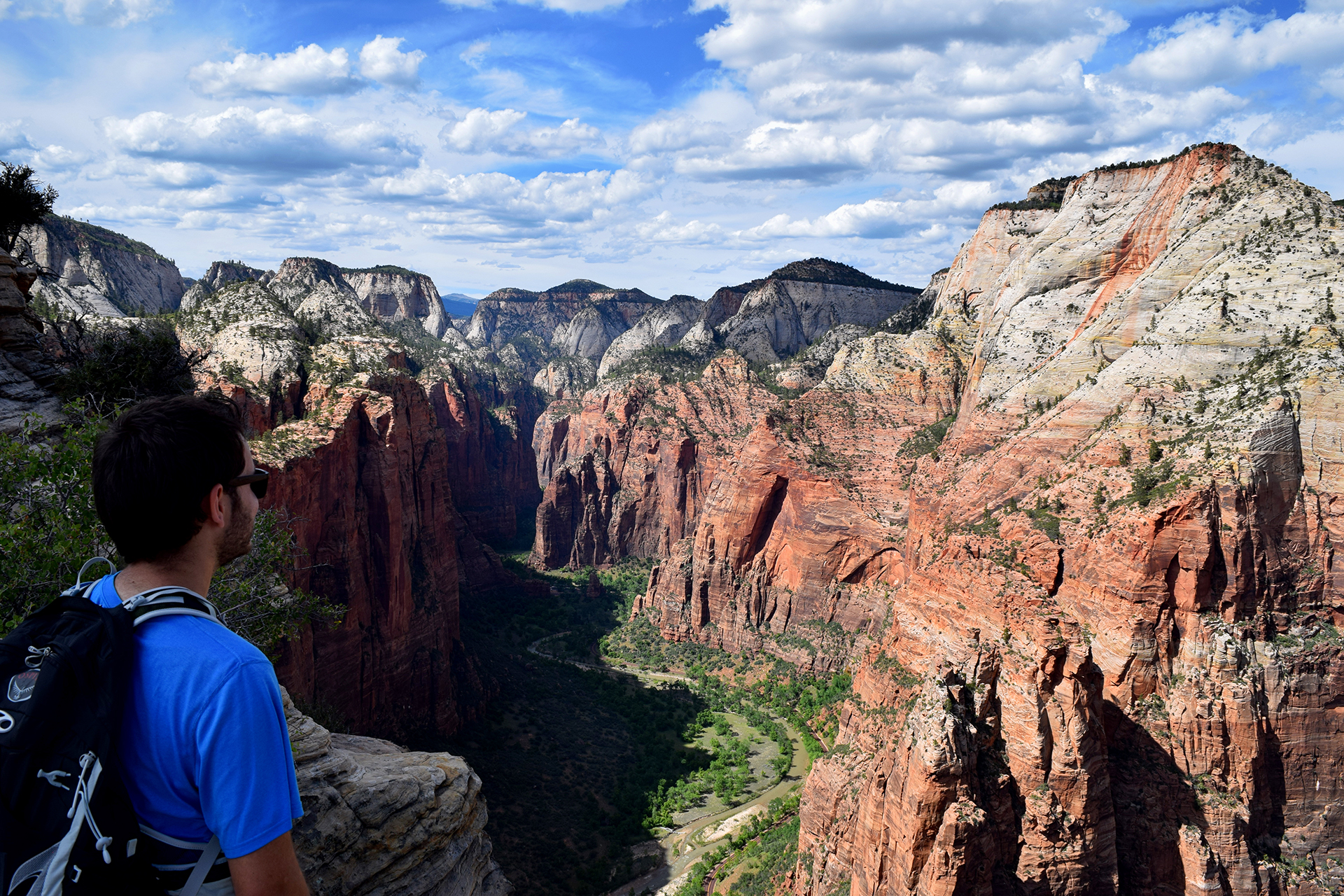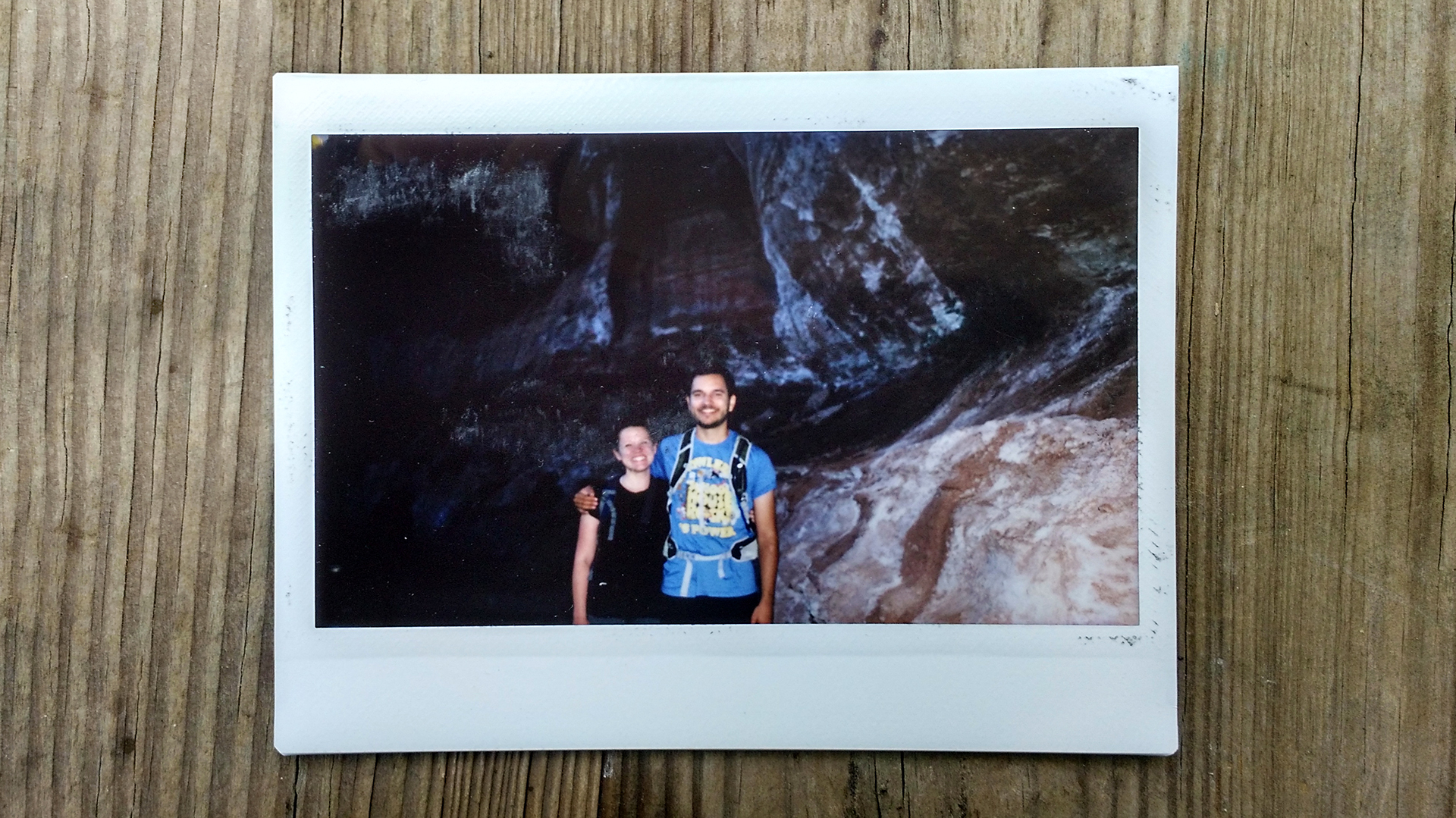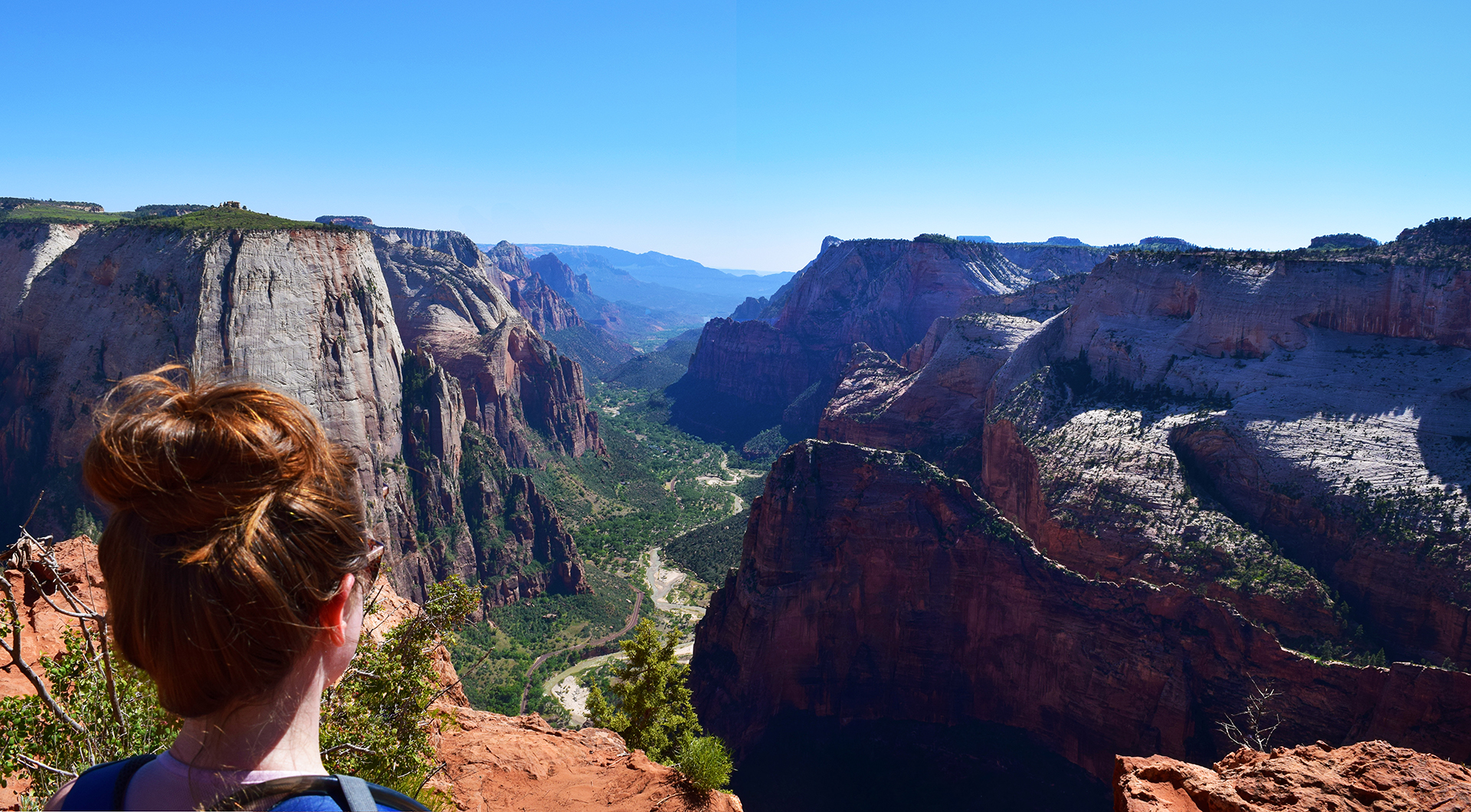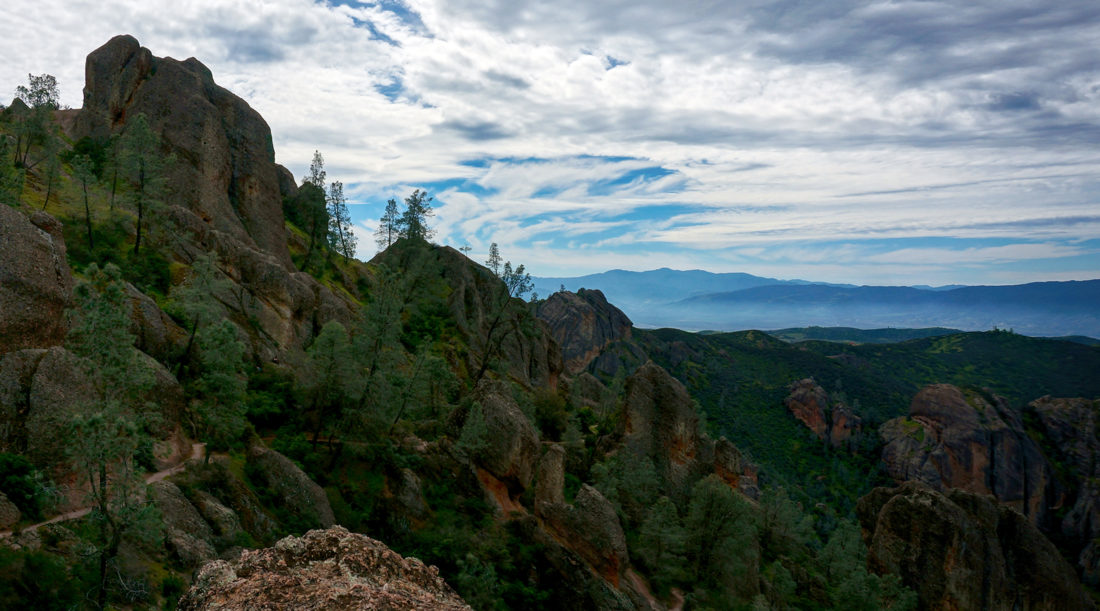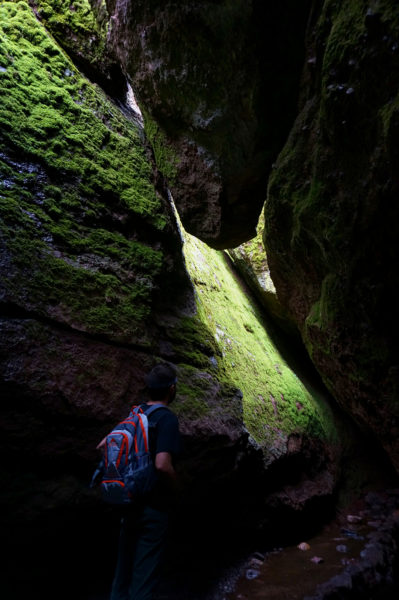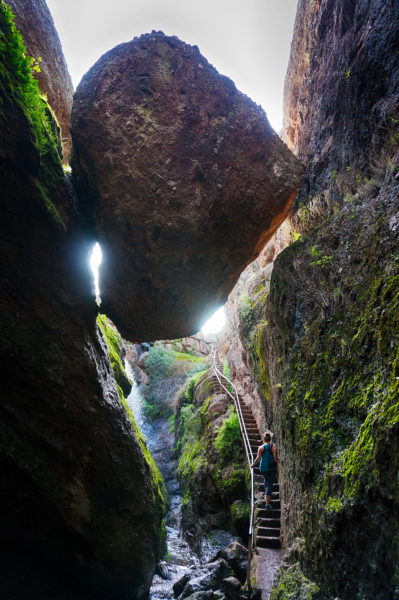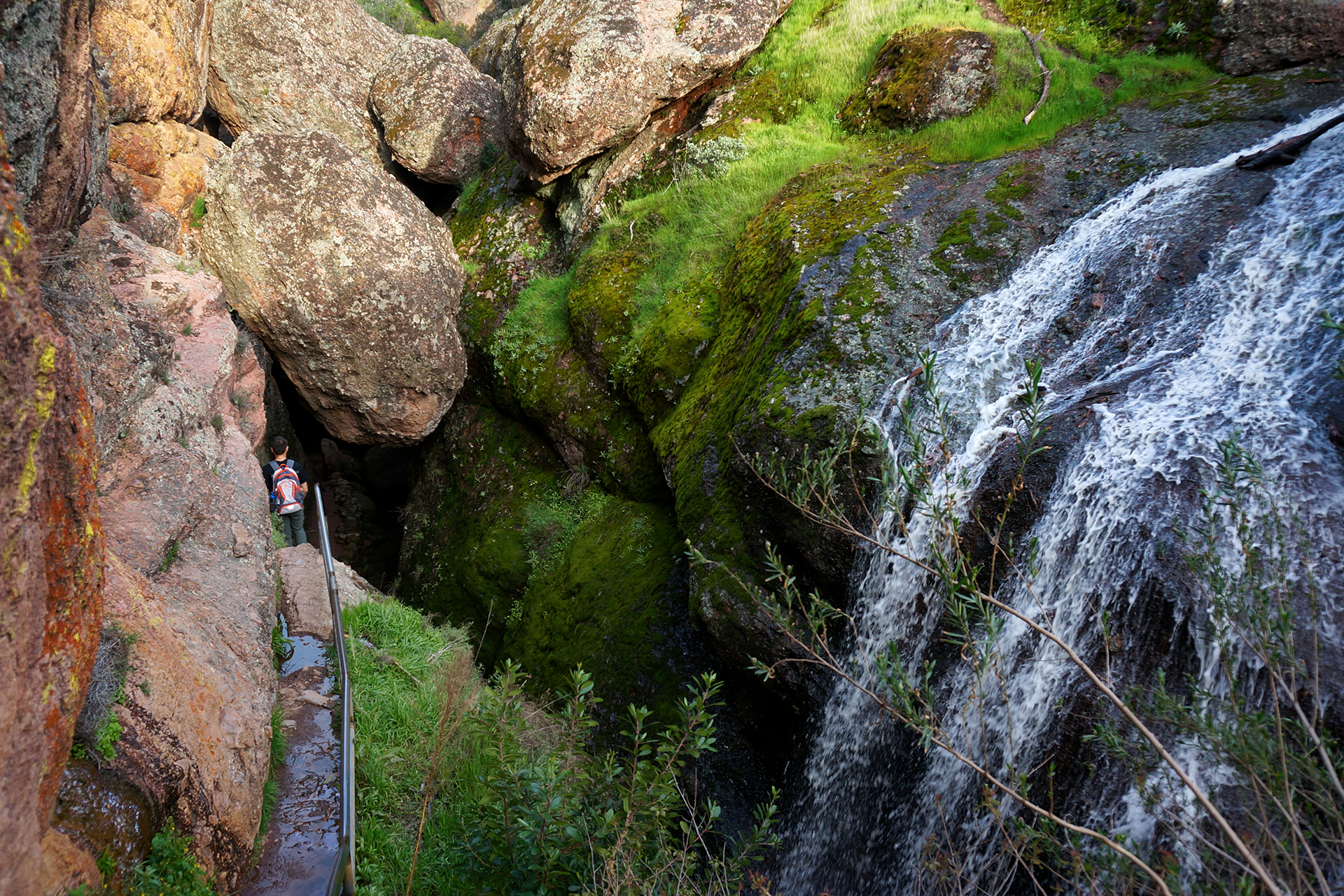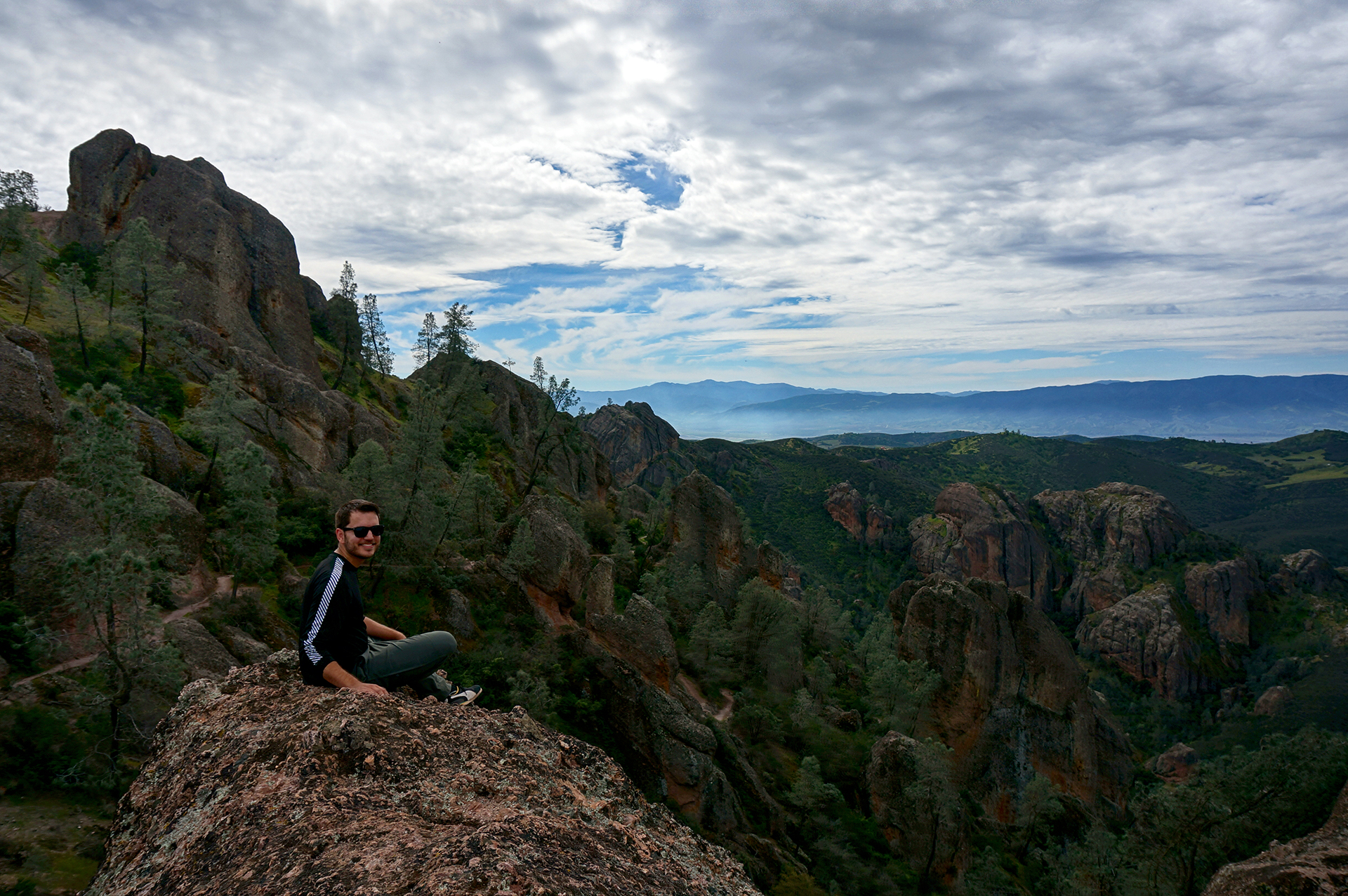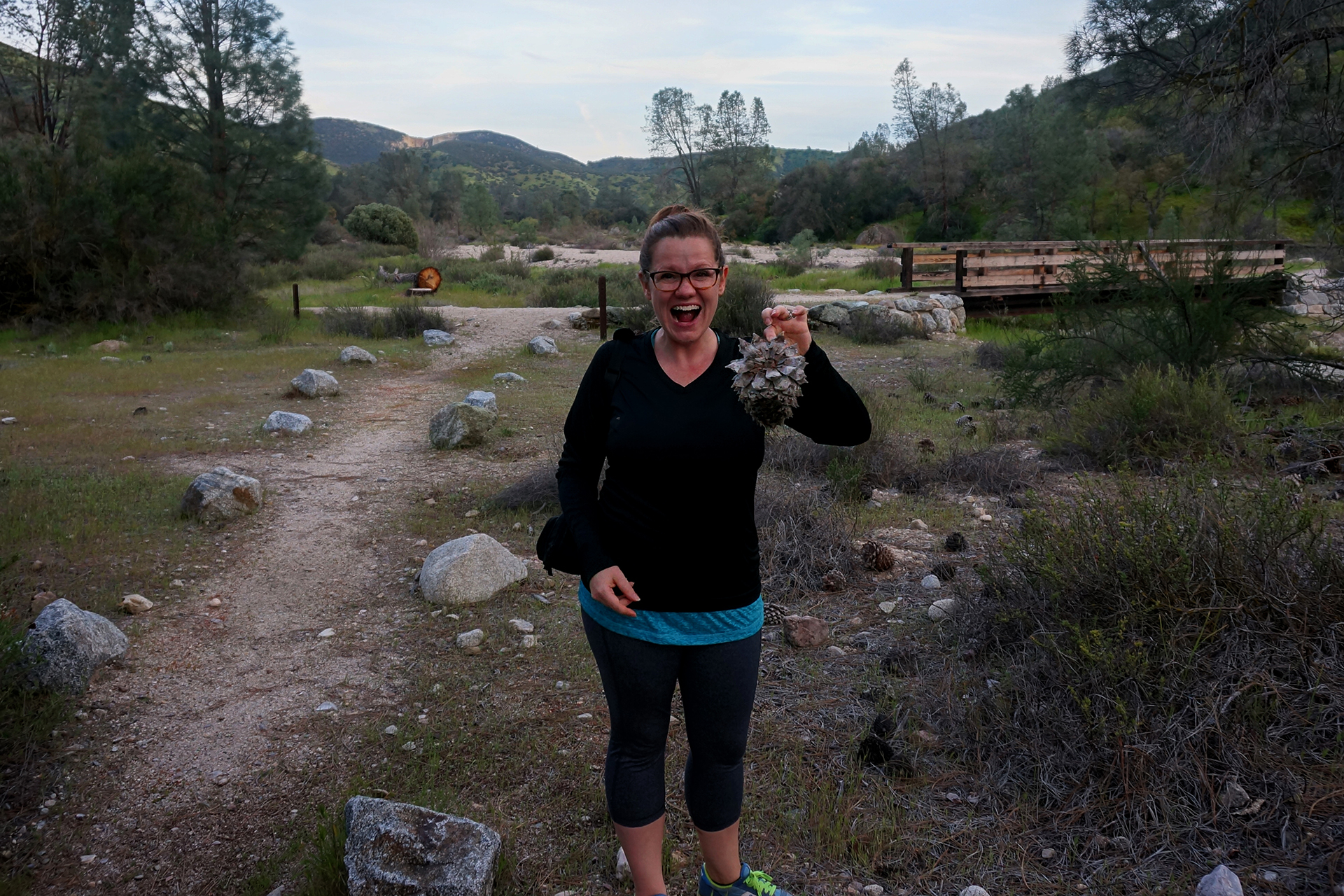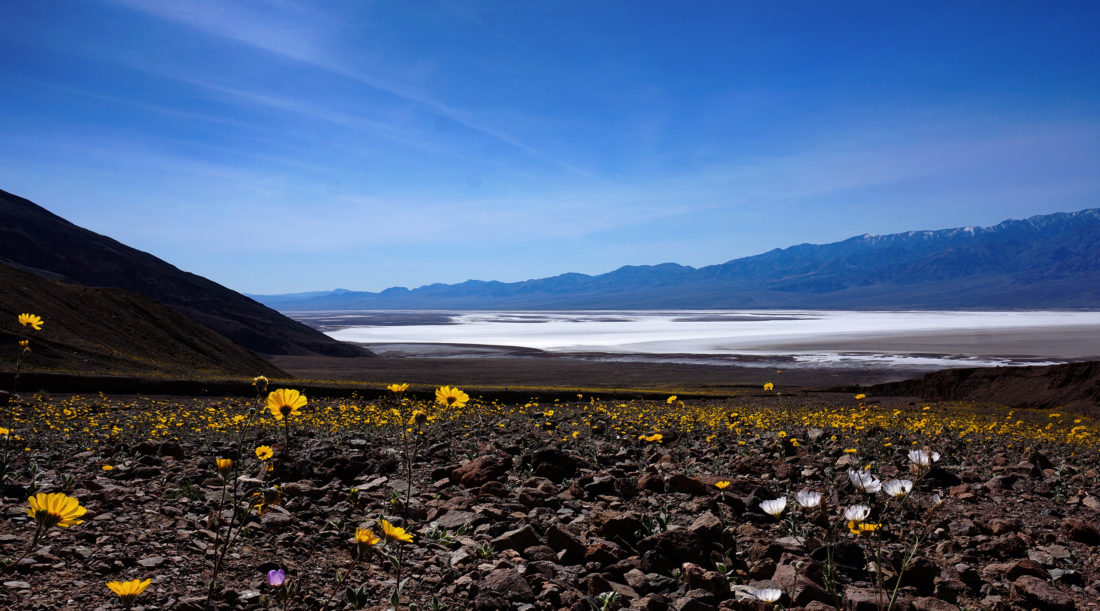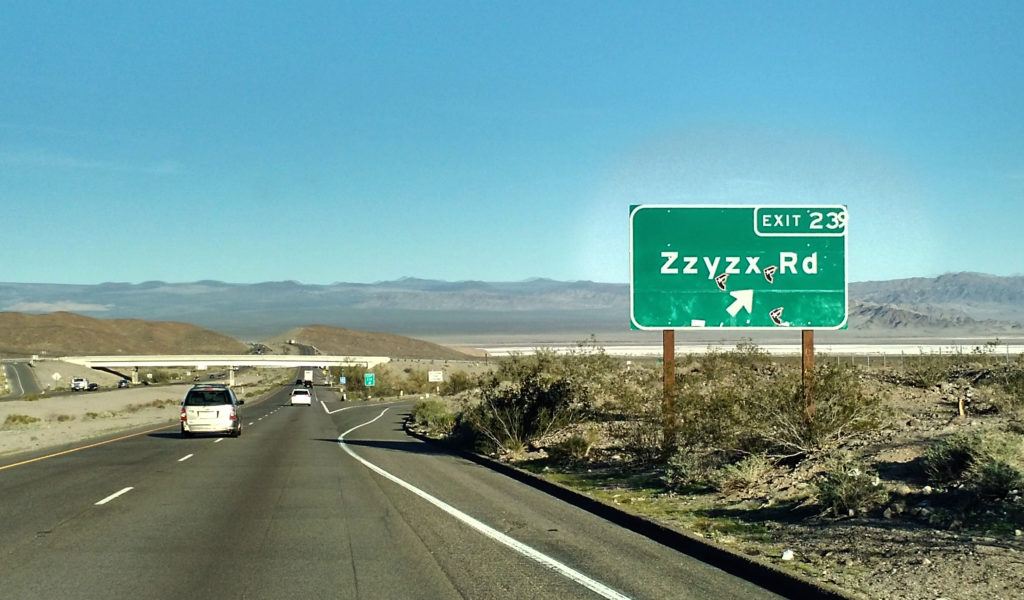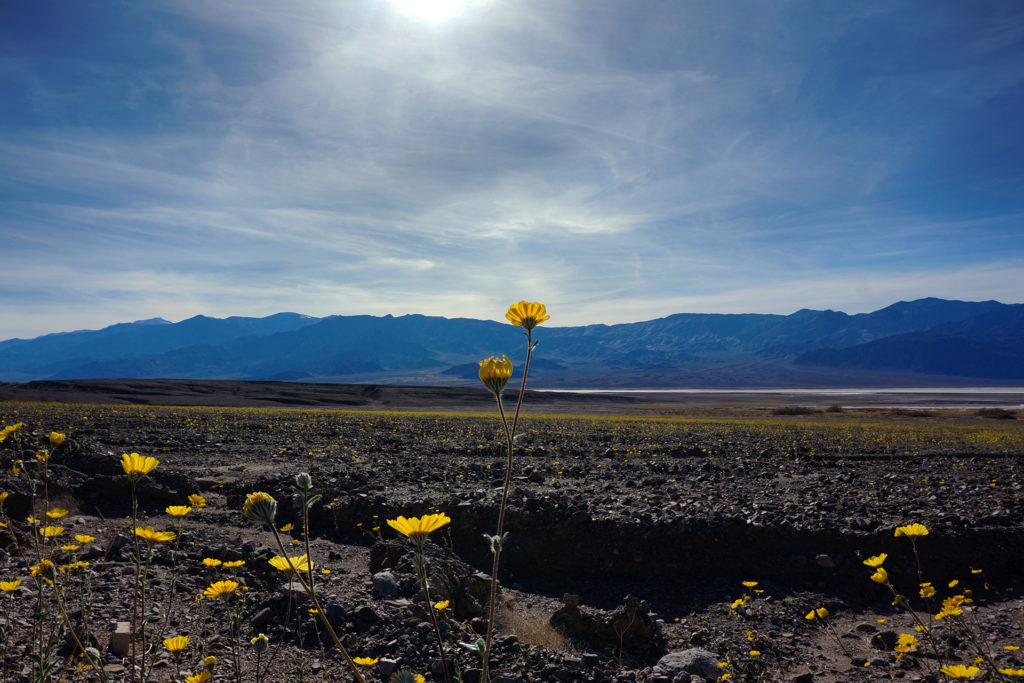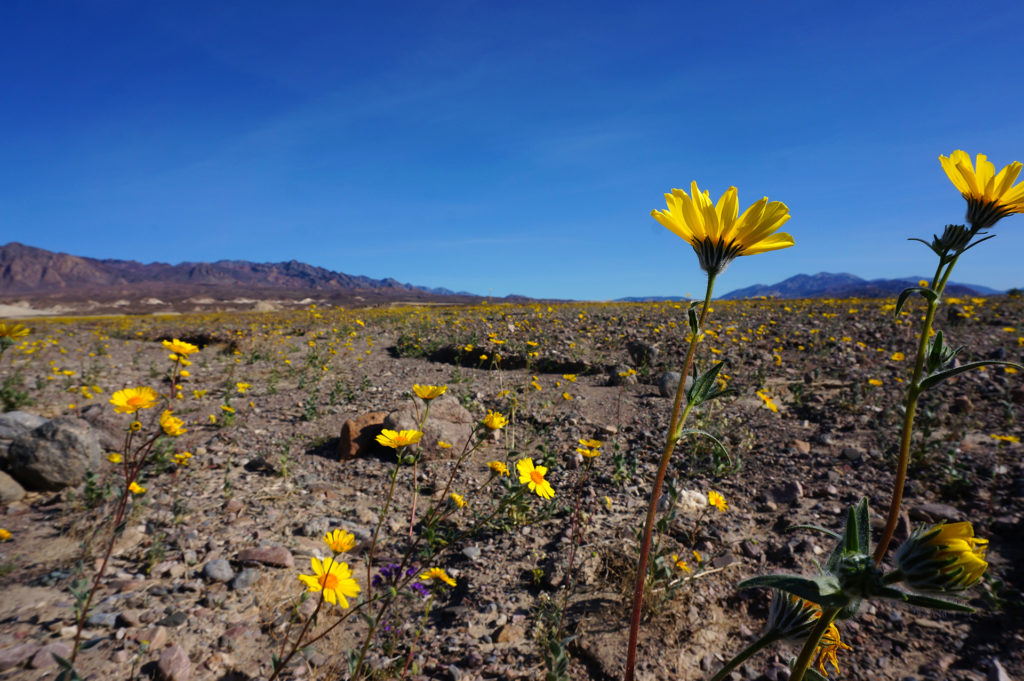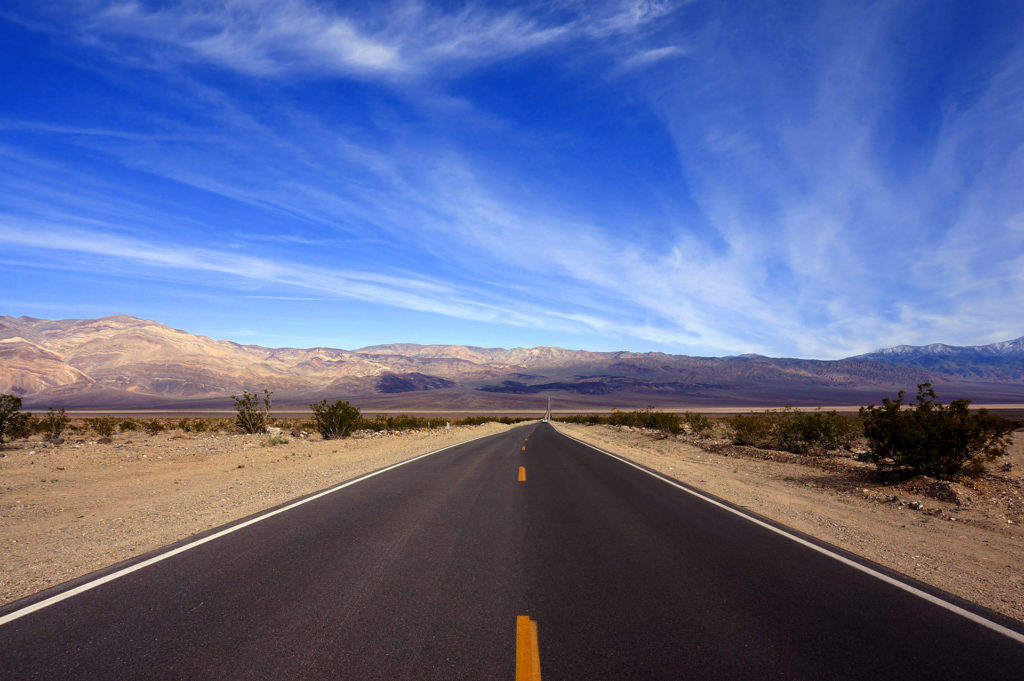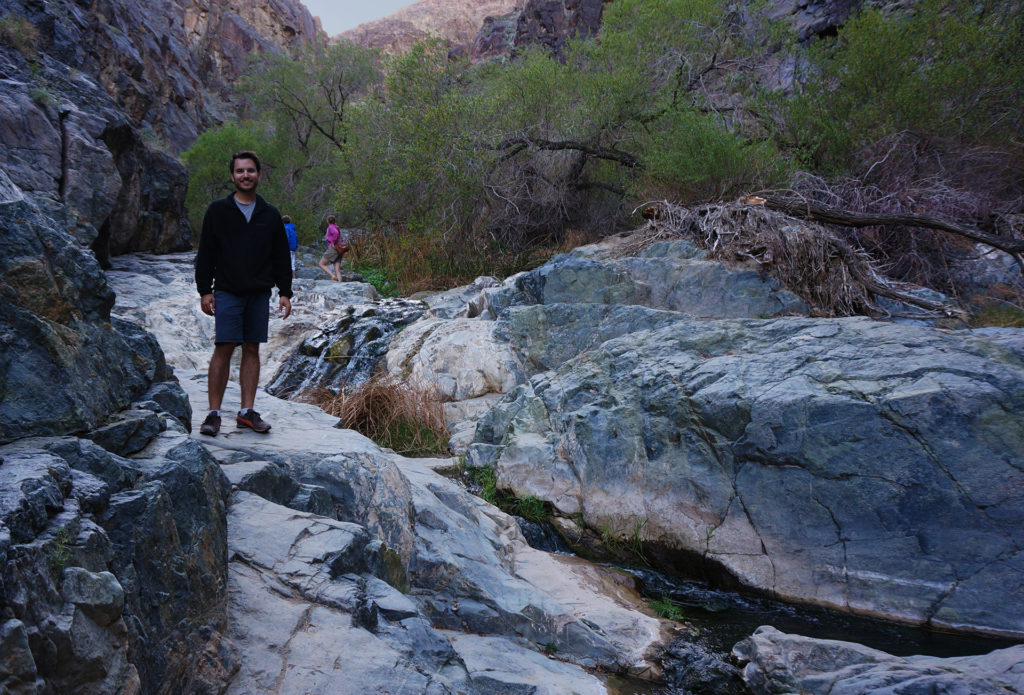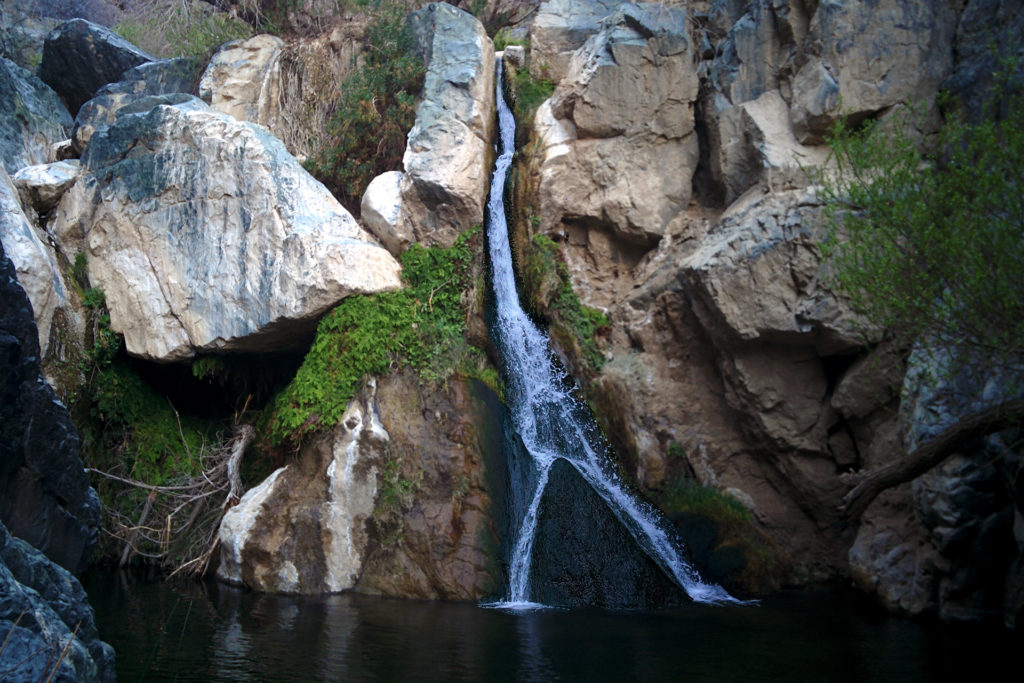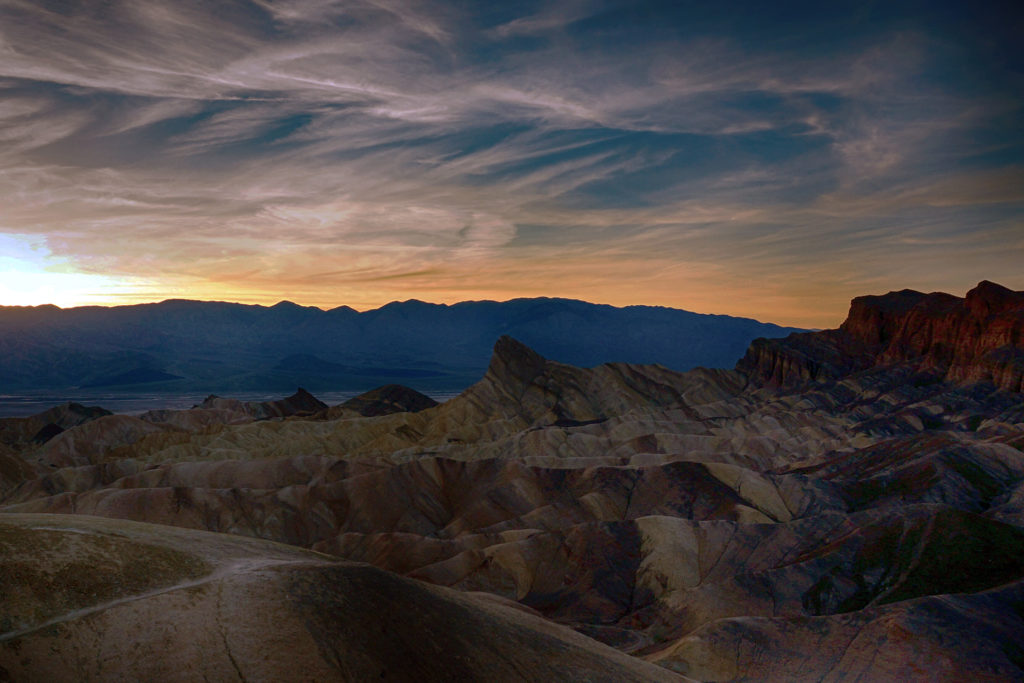Week 53: Yellowstone National Park
After a few days at the glorious Grand Teton National Park, we headed a few miles north to the granddaddy of all national parks, and one of the weirdest places in the world: Yellowstone.
Yellowstone is beautiful, huge, unique, and just a little scary. One of the most geologically active places on Earth, the park is basically the thin covering over a gigantic super-volcano. It’s not likely to explode anytime soon (although: if it did, we’d all be screwed), but the volcano’s heat causes underground water to bubble up and burst out through the surface.
Everywhere you go, things erupt, vent, slosh, fizz, or sometimes just lie there looking pretty.
Yellowstone was the first national park in at least the United States, and probably the world, because it is so freaking crazy. The density of exploding stuff here has no equal. In fact, half of all the geological features in the world are located at Yellowstone, and two-thirds of all the geysers.
We spent three days at Yellowstone, and saw almost everything – just barely. It was a whirlwind of geysers, hot springs, and bubbling pools, but also wide-open plains, wildlife, waterfalls, and a million stunning vistas. It’s a truly beautiful place, preserved for us all by a far-sighted act of conservation.
And judging by the throngs, approximately 12 billion people visit every day.
We took 2,600 photos here. Here are our favorites.
Geysers
The geysers area of Yellowstone feels decidedly unreal. You walk along huge boardwalks past a thousand little bubbling pots of nonsense, each one more brightly and improbably colored than the last. They all erupt according to their own schedule, which typically means that they will do nothing while you wait and stare, until the exact moment you turn your back or start fiddling with the settings on your camera.
Old Faithful is the most famous of all these geysers, and probably of any geyser. Its name derives from its consistency – Old Faithful erupts reliably, roughly every 65 or 91 minutes, depending on the length of the previous eruption. There is a ten-minute window or so in which it is likely to blow each time, marked by a large clock in the ornate hotel a few steps away.
Heather got a prime spot on one side of the large viewing area and snapped away.
Jake… thought he had enough time before the eruption, and was in the bathroom.
Whoops! The show goes on for a long time, though, and he at least caught the middle and the end. Plus, we got the nice shot above of the crowds as he ran back to the viewing area.
Pools
Aside from the geysers, the most famous features in Yellowstone are probably the vibrant pools. Each is brilliantly colored and totally unique.
Many pools have a range of colors, caused by the temperature bands in the water itself – certain bacteria prefer the hotter water in the center, while others live in the cooler areas nearer the edge. The end result creates beautiful, concentric gradients of color.
The most famous of these types of pools is known as Grand Prismatic Spring, and it is stunning.
Also: crowded.
Also: smelly.
There’s no way around it: A lot of these geysers and pools smell horrific. There’s a lot of sulfur, and the smell is equal parts “hell” and “rotten eggs.” It’s constantly wafting everywhere.
At Grand Prismatic, the stinky steam constantly obscured our view. Worse, the wind blew it all around, sometimes right into our nose and mouth. Eww.
Some things are better in pictures than real life.
Aside from being pretty and smelly, these hydrothermal features are also wildly dangerous. Some of the pools and geysers are at or above the boiling point for water, and they’re loaded with dangerous chemicals. The ground is unstable. The Park Service has built boardwalks everywhere, which are safe, and every year, people leave the boardwalk and die.
Seriously. Right before we came to Yellowstone, a 23-year old Oregon man “essentially dissolved” after walking far off the boardwalk and falling into a hot spring. That’s tragic, but there’s not much danger for more careful visitors. We walked by the area where it happened: a barren, smoking field, no vegetation, sitting on top of super-heated water loaded with sulfuric acid. (See the picture above.)
We’d rather walk through a minefield, but people routinely do crazy things here. In fact, while we were looking at geysers, we saw some international tourists walk off a boardwalk, bend down, and taste the water from a random hot spring.
God! We think this warning sign says it all.
Hot Springs
The final hydrothermal feature at Yellowstone are the hot springs. We stayed just north of the park, in Gardiner, Montana – incidentally, the most expensive RV lodging of our entire trip – and we were located very close to Mammoth Hot Springs.
The bubbling springs here have created brightly-colored mineral deposits, and they form in pleasing geometric shapes. It’s almost like shelves.
Like all the hydrothermal features in Yellowstone, the springs are inherently unstable. Geysers and pools shift, drain, and refill based on movements deep within the earth. At Mammoth, the springs sometimes dry up in one place and restart in another, leaving behind a bone-white skeleton.
Canyons
If the geysers, pools, and hot springs were all that there is to Yellowstone, it would be enough for a satisfying vacation. But frankly, it just scratches the surface of a truly amazing natural preserve. The scenery here is incredible in a million ways, and the most beautiful part of the park has nothing to do with volcanoes at all. Instead, it’s a canyon.
The Grand Canyon of the Yellowstone.
You might not have heard of it (we hadn’t), but the Grand Canyon of the Yellowstone (“GCOTY”) is magical. There’s a huuuuuge waterfall, and then some other waterfalls, and the whole thing is framed in this incredibly perfect yellow canyon.
There’s even a constant rainbow!
Seeing all of the GCOTY requires about half a dozen trips down into the canyon from the parking spots along the rim. Of course, we had to see it all. But there were a lot of stairs.
It was a whole day of: Down and up. Down and up. Drive 3 minutes, spend 8 minutes parking. Down 328 steps on a rickety metal staircase suspended over nothing that looks like it was built in 1965 and then never serviced again. Take some pictures. Go back up those steps. Down and up.
We’d do it again in a heartbeat.
Wildlife
Another big draw at Yellowstone is the chance to see some truly big game. Numerous animals roam Yellowstone freely, most notably American bison (NOT buffalo), but also including deer, bears, bighorn sheep, wolves, and much more. We were lucky enough to catch some bison, including adorable babies.
We could always tell when an animal was visible from the road. Yellowstone is crowded to begin with, but roadside critters create massive traffic jams, since people recklessly slam on the brakes for a photo of the (usually unimpressed) animal.
We tried our best not to be those people. We just snapped pictures out the windows blindly as we drove by, like civilized folk.
When Jake was here as a kid, a large herd stopped traffic by ambling across the road – and around all the stopped cars. We only really saw one big herd of bison, and they were in a field, but we did see a a lot of individual bison just hanging around. They’re truly massive, and reasonably mellow.
Tourists do a lot of dumb things – like trying to rescue calves by putting them in the back of their SUV – but the bison seem pretty resigned to the swarms of fools surrounding them at all times.
We didn’t see any bears or wolves at Yellowstone, but there were plenty of deer and other large mammals. We ended up on the opposite side of a canyon from a herd of mountain goats, which we futilely tried to photograph using our zoom lens.
Our favorite of all the wildlife was the herd of elk that hung out near Mammoth Hot Springs in the evening. We always passed this area by as we finished for the day, and they were always there, lounging on the grass near the visitor center and paying the rest of us no mind. Human development has worked out just fine for some species, apparently.
This one appears to be licking a light pole.
Landscapes
Although the geysers get all the attention, Yellowstone is a beautiful place nearly everywhere. The landscape is incredibly varied, with windswept plains and dense forests, waterfalls, a huge lake and a mountain pass. We constantly stopped at overlooks, or just pulled over to gawk and take pictures.
There are multiple huge and pristine lakes. We stopped by Yellowstone Lake, a gloriously deep blue when we were there in June 2016 (yeah – we’re slow). It’s the largest freshwater lake above 7,000 feet in North America!
More importantly, they sell ice cream there.
HATS!
We’ve mentioned the crowds at Yellowstone a few times, and that’s because there’s no getting away from them. The park has long been busy, but last year it was exceptionally so. Before 2015, the record for visitorship was 3.6 million people in 2010.
Last year? 4.25 million people visited.
Everywhere we went, we struggled with overfilled parking lots, long lines, and traffic jams. Unfortunately, the park is so big that there’s no easy way to get around except by driving. And also unfortunately, as an international tourist destination, the park attracts plenty of visitors who have never driven in the United States before. Jaw-dropping maneuvers are common, oncoming traffic be damned.
There is also an ecological cost to having so many visitors, and that cost can be measured in hats. Yellowstone is windy, and the non-boardwalk areas are toxic. The combination is lethal for headwear. At every pool, every geyser, every hot spring, we saw enough fallen hats that we briefly considered starting an entirely new blog, the Hats of Yellowstone.
We’re not going to just give away all that content here. Consider this your free taste.


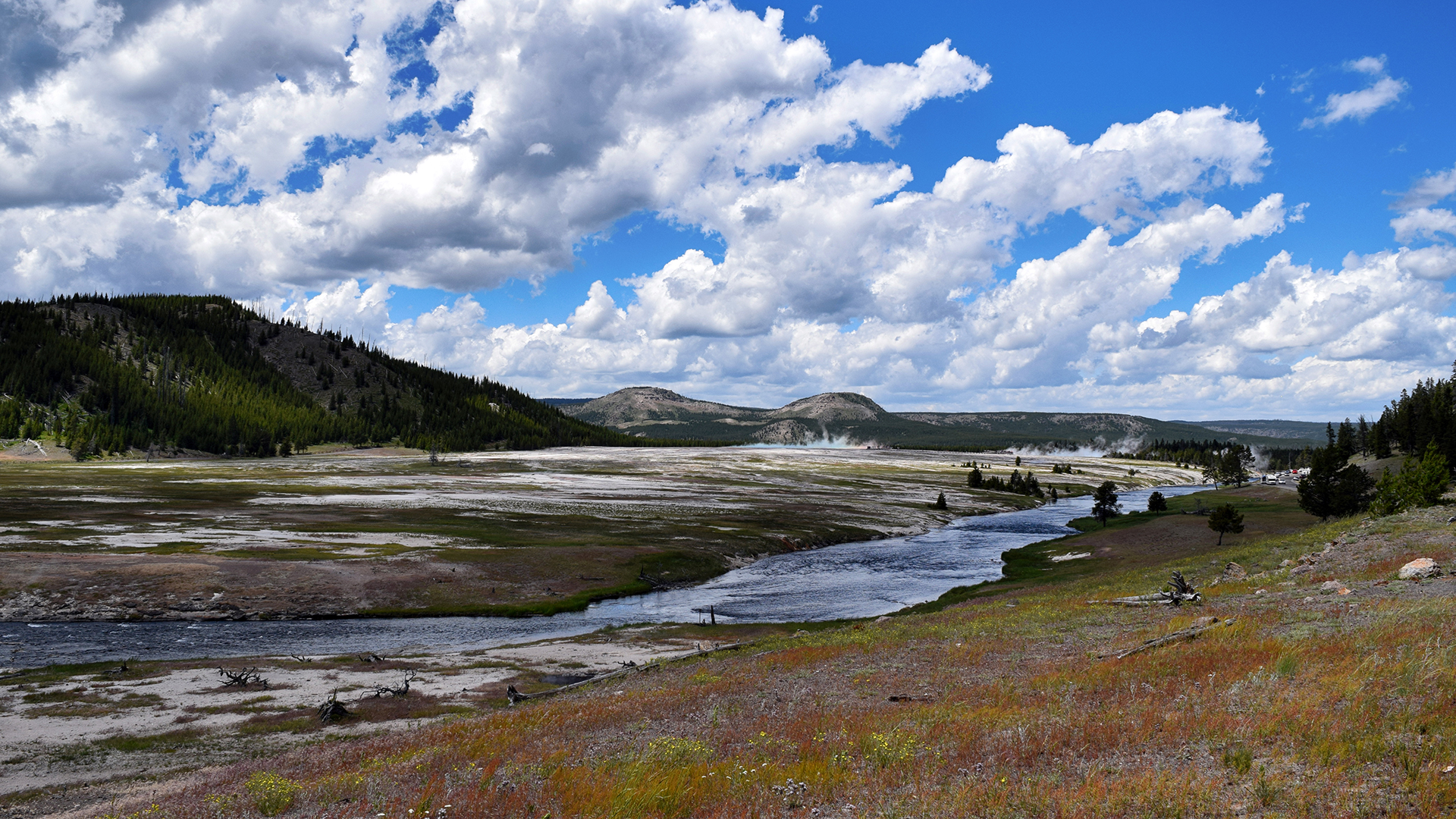
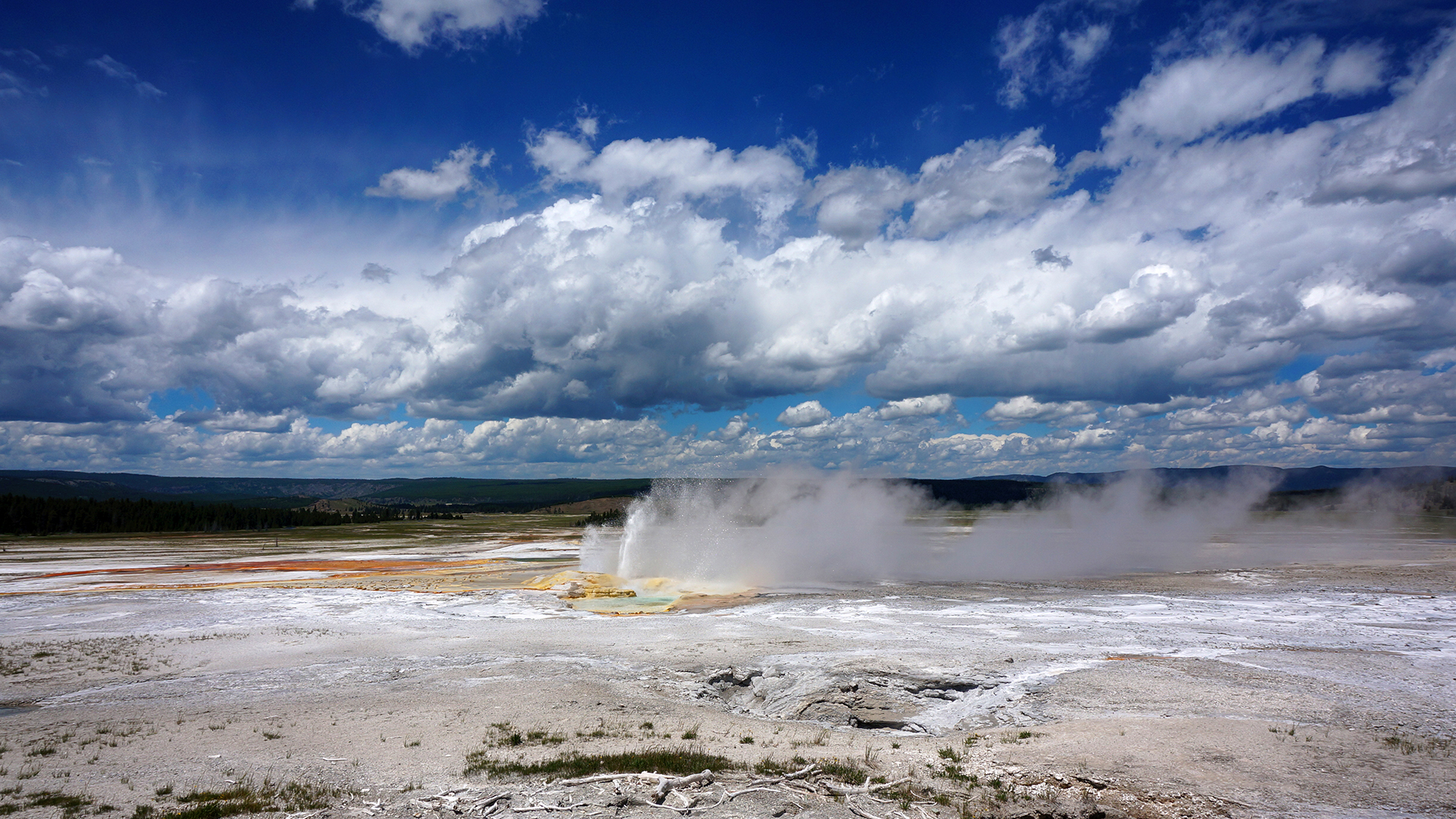















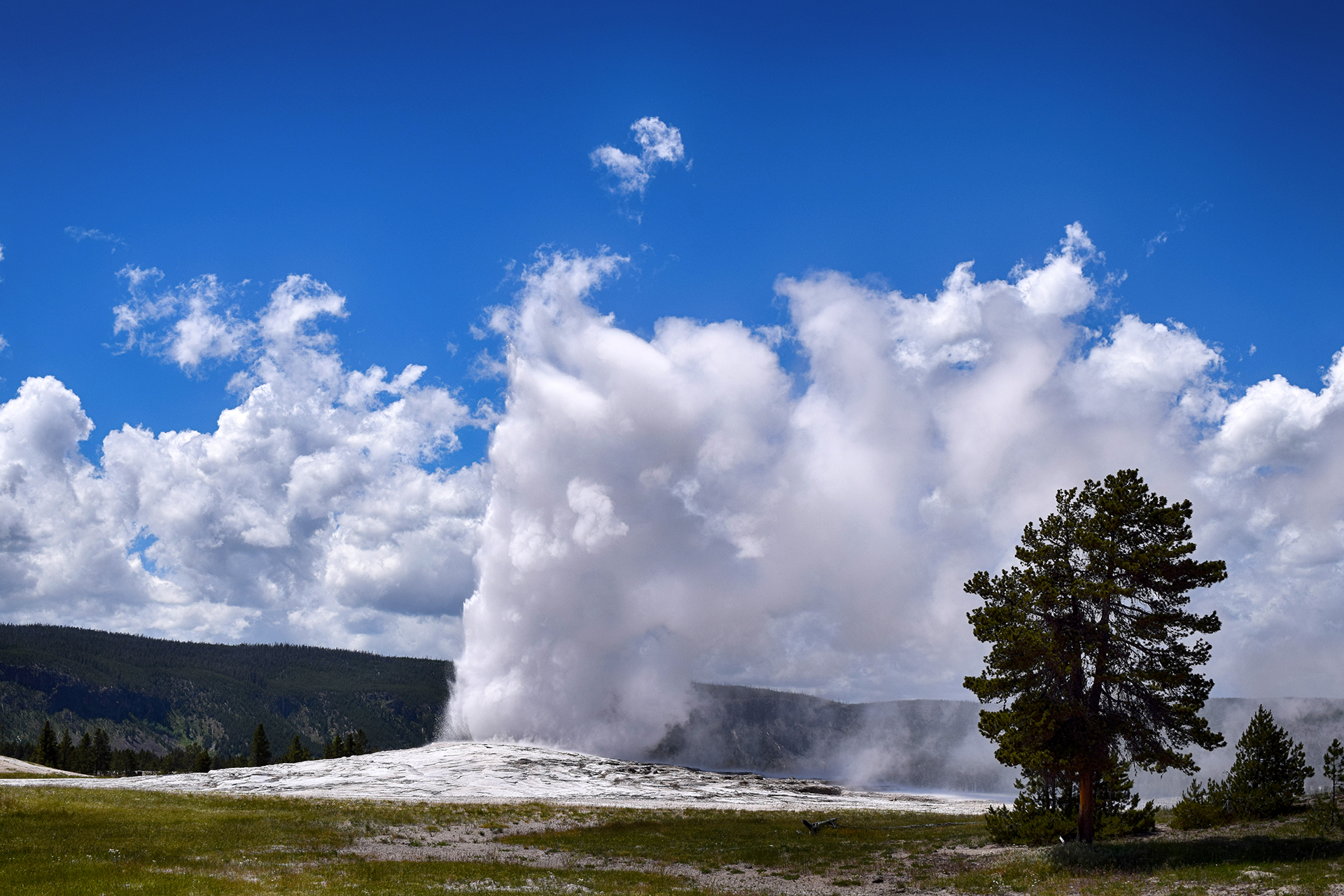
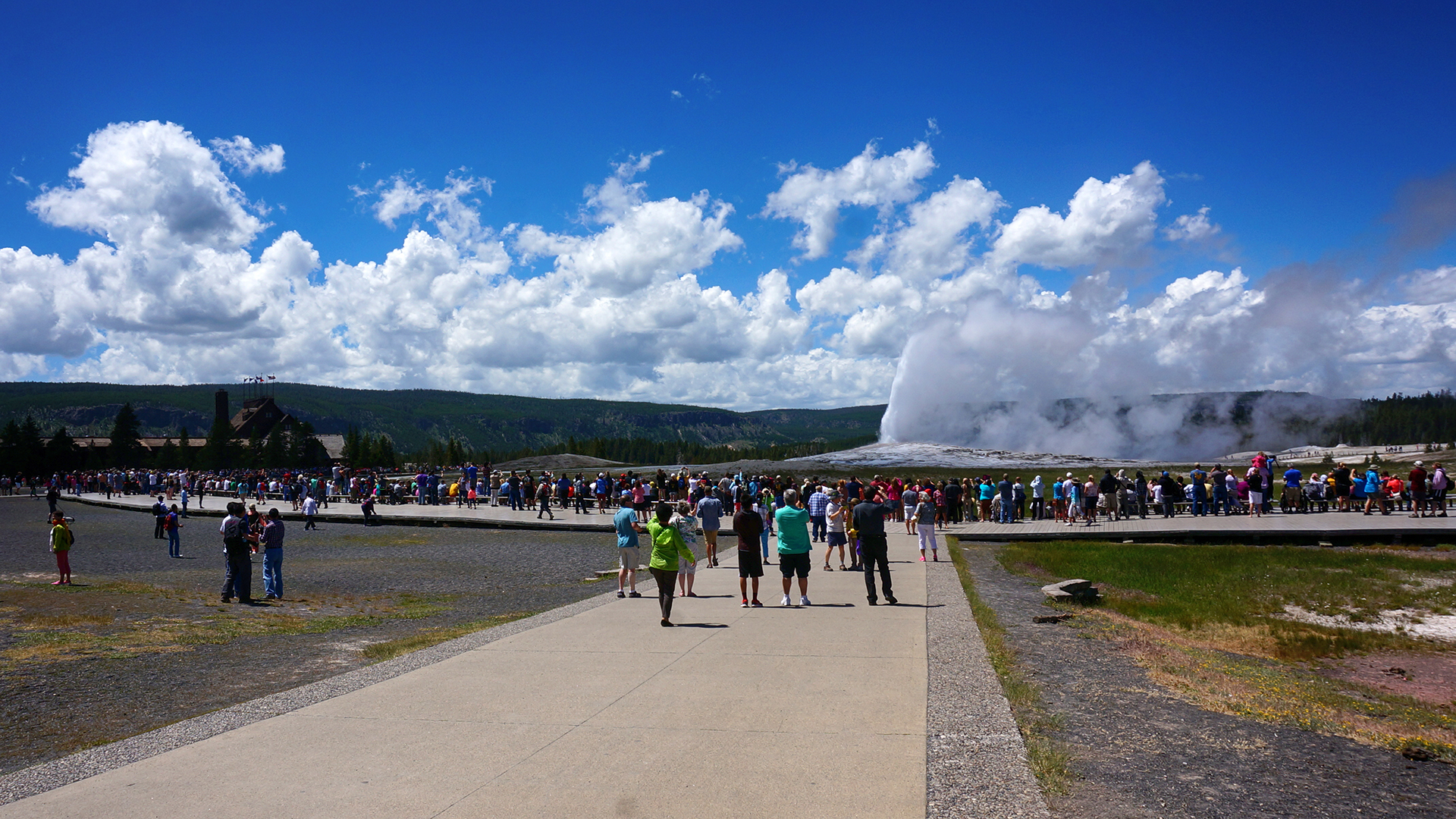














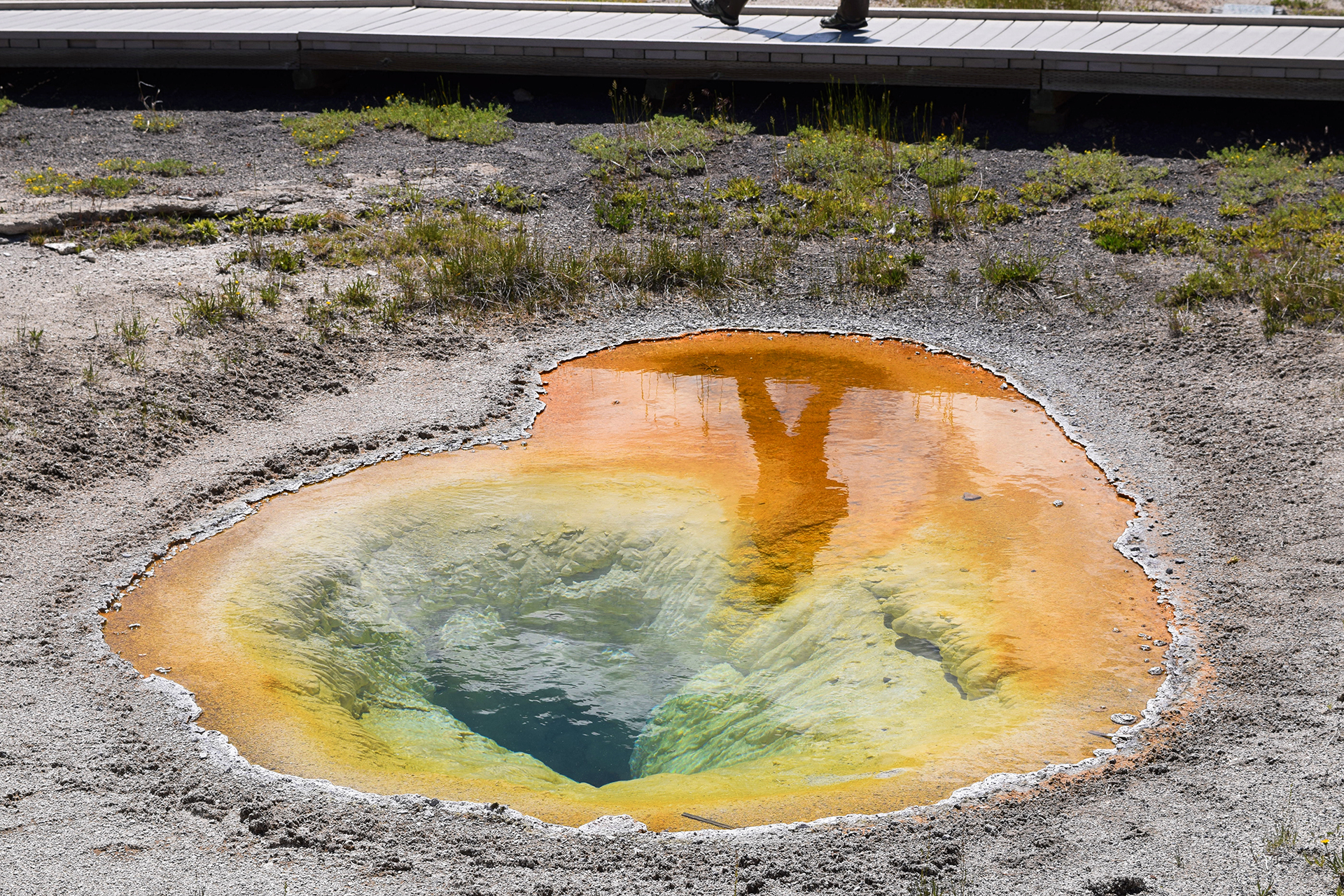
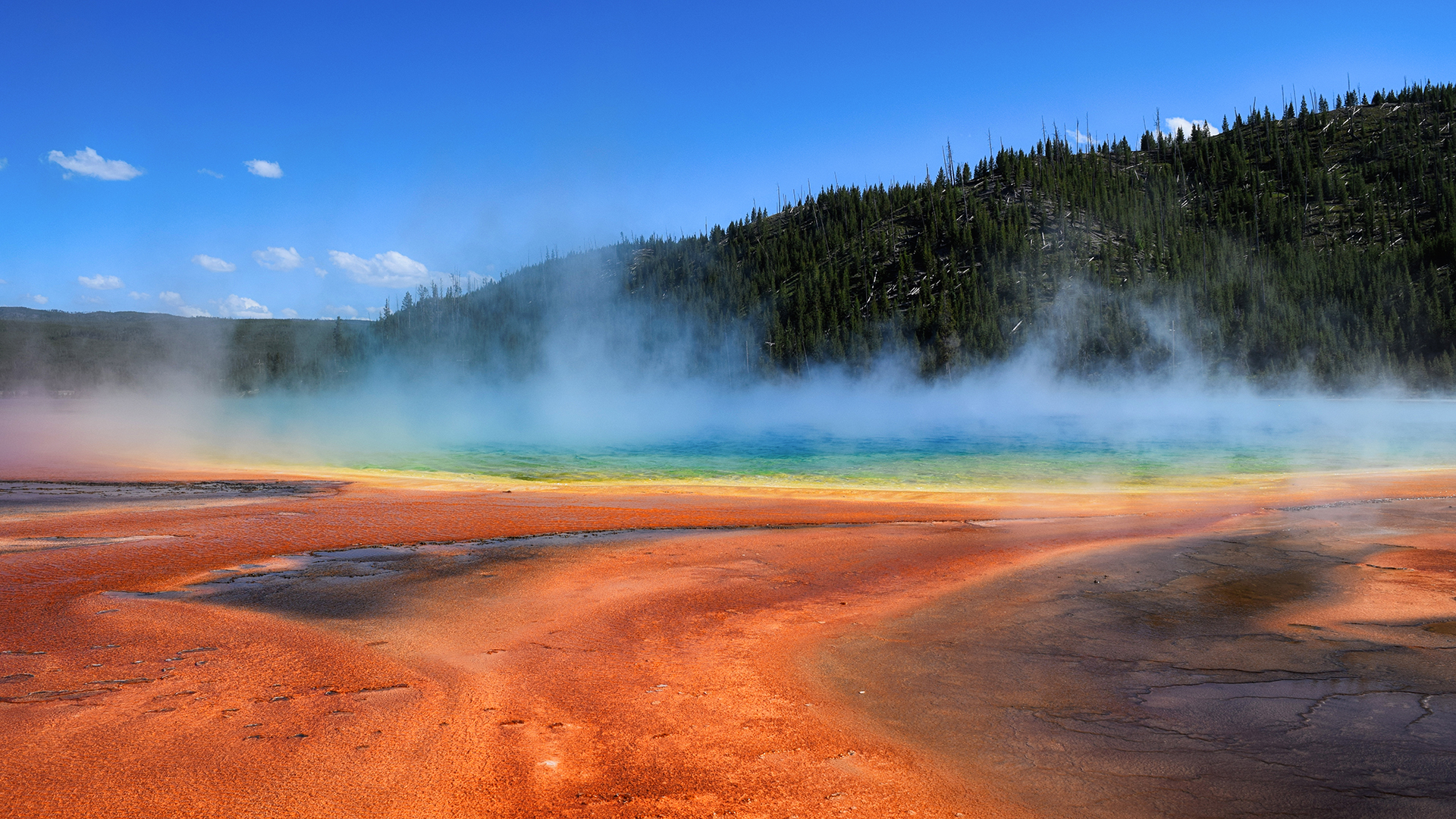
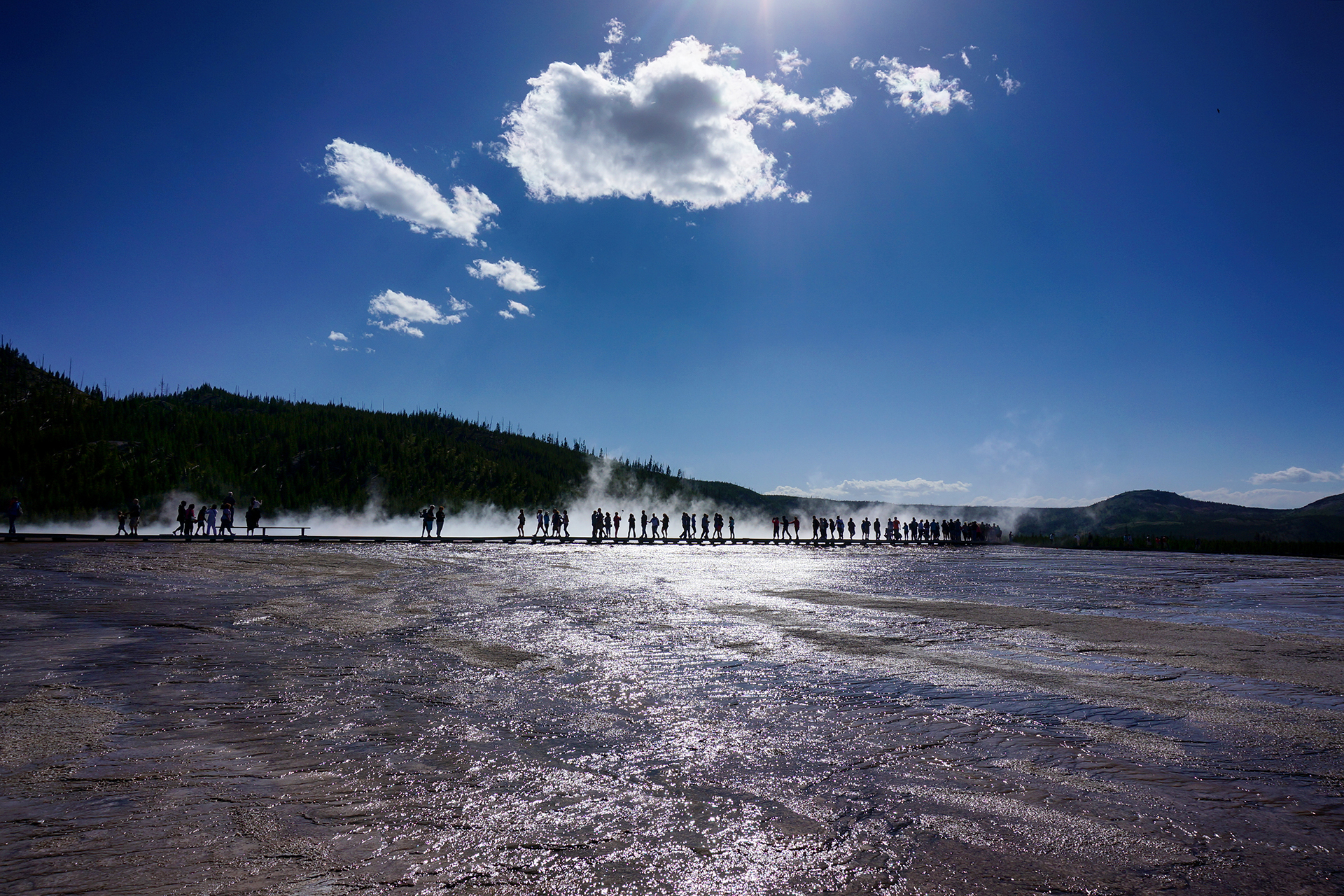
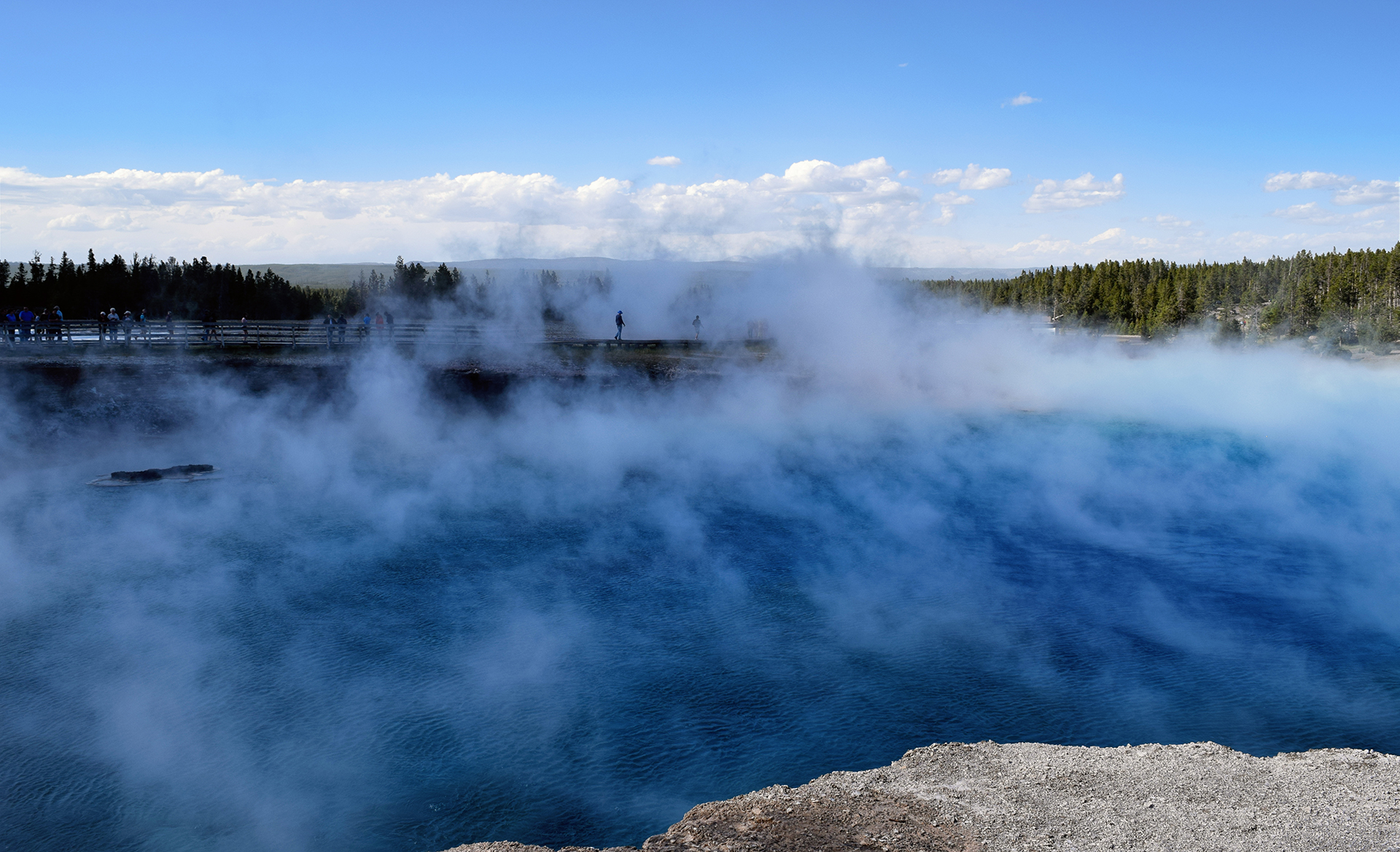






















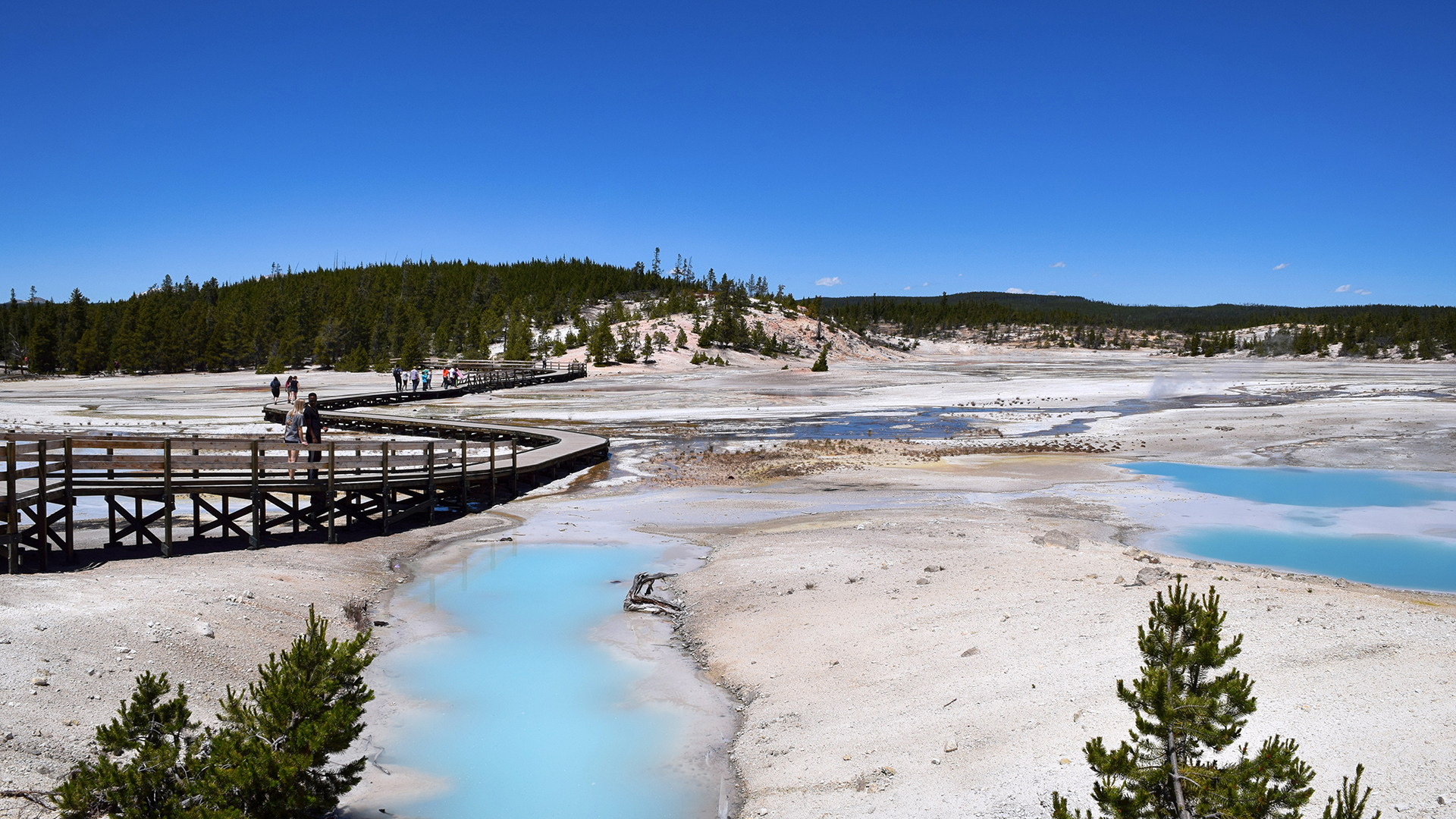
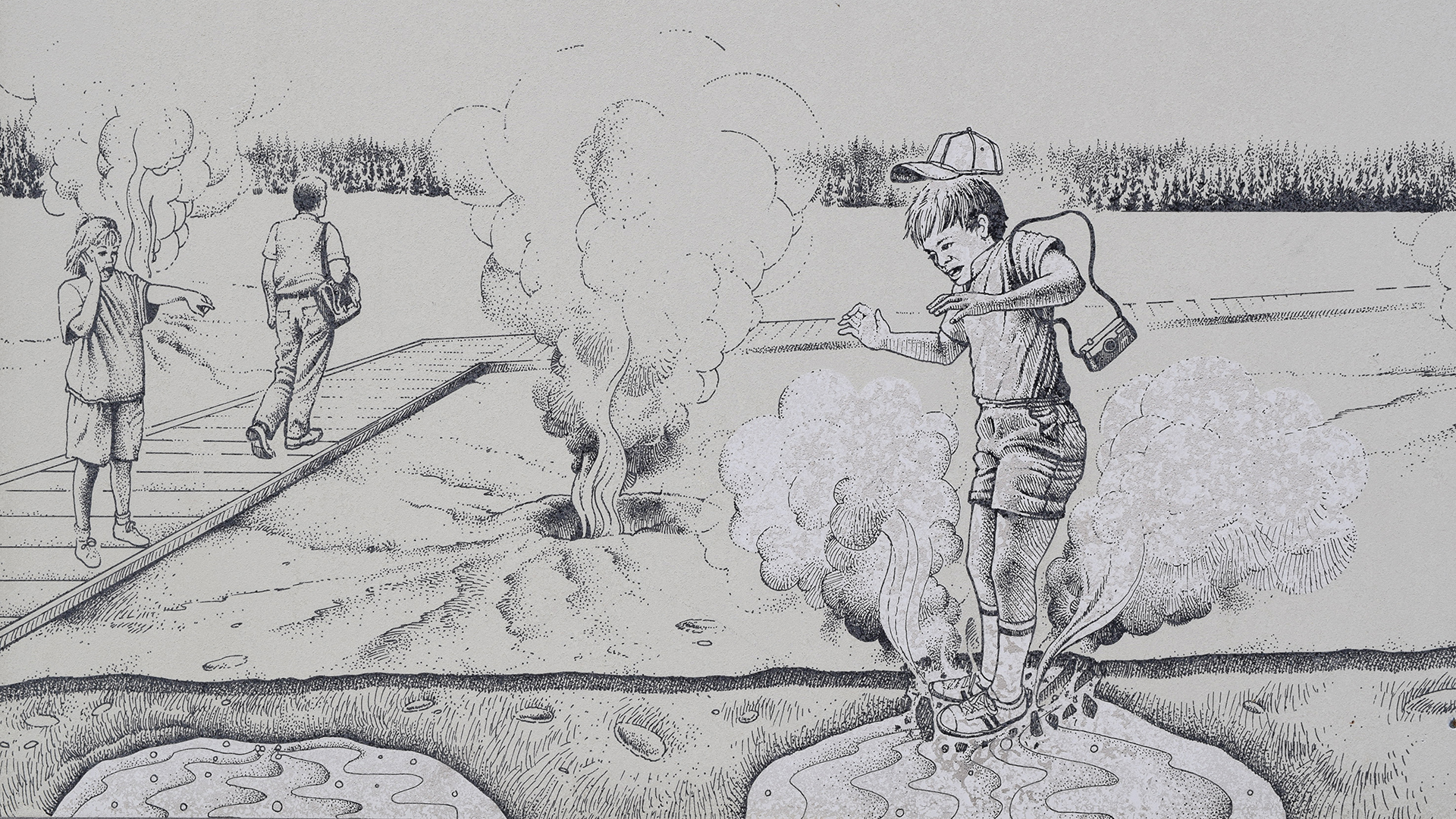

















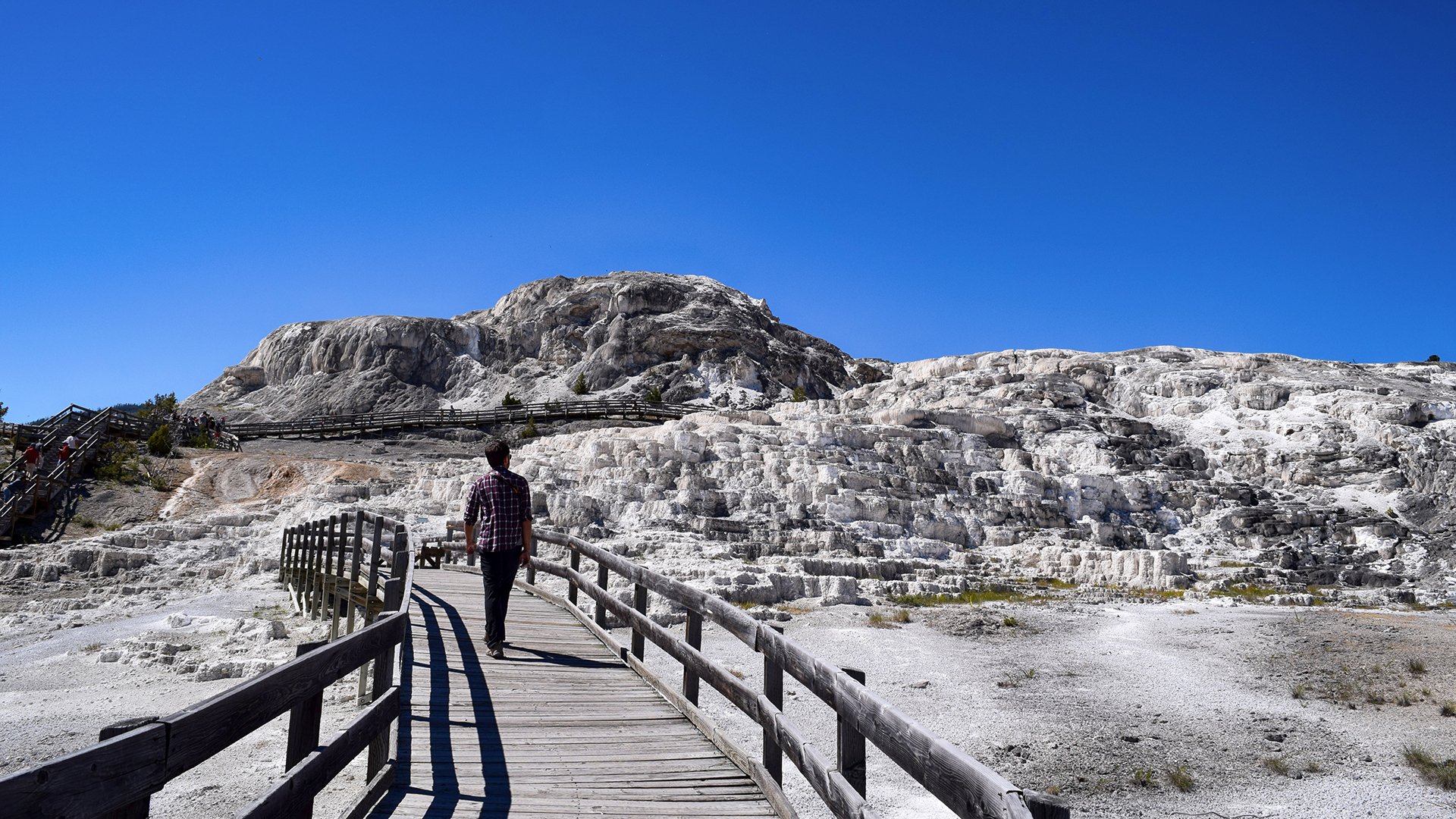
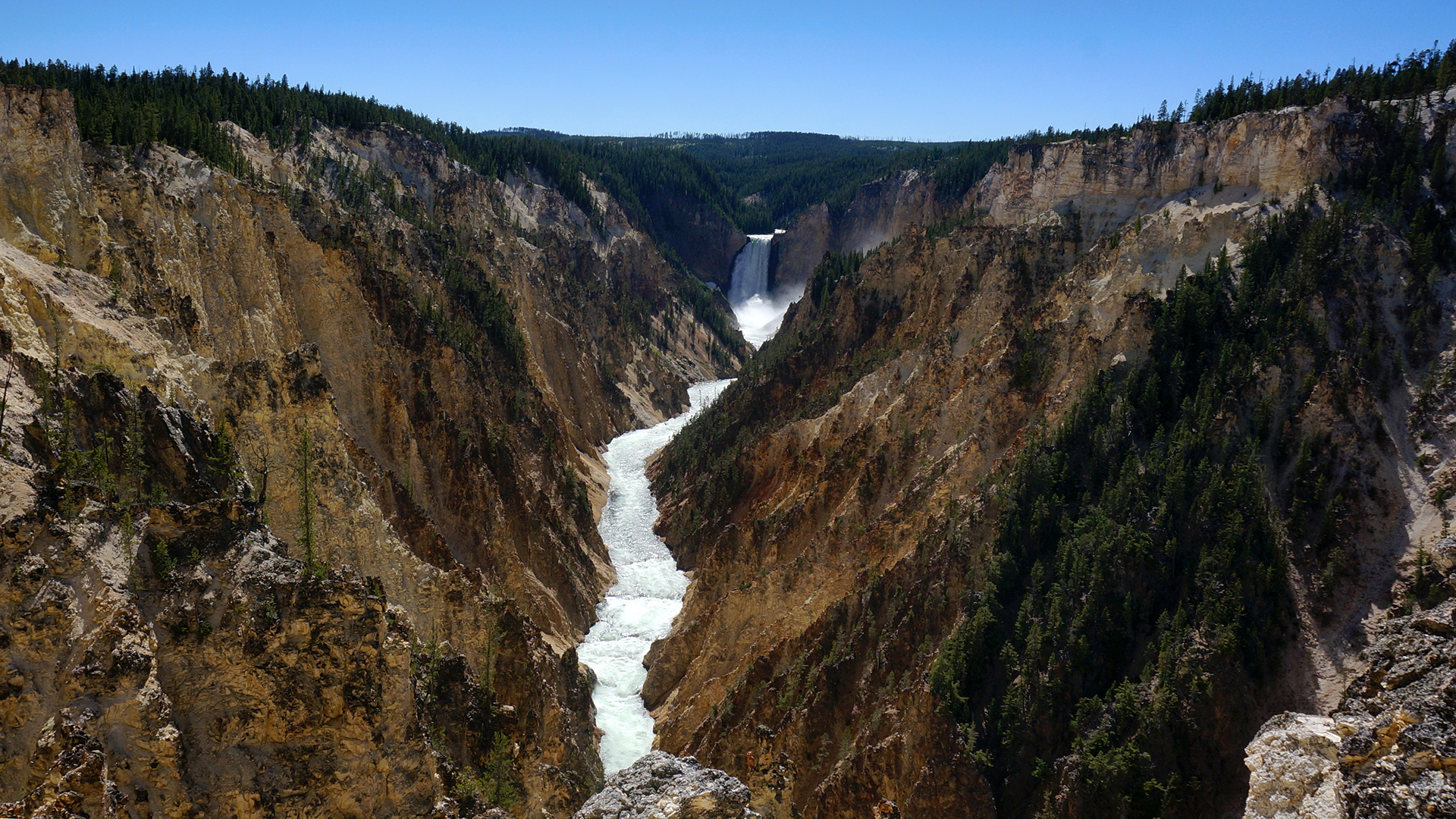
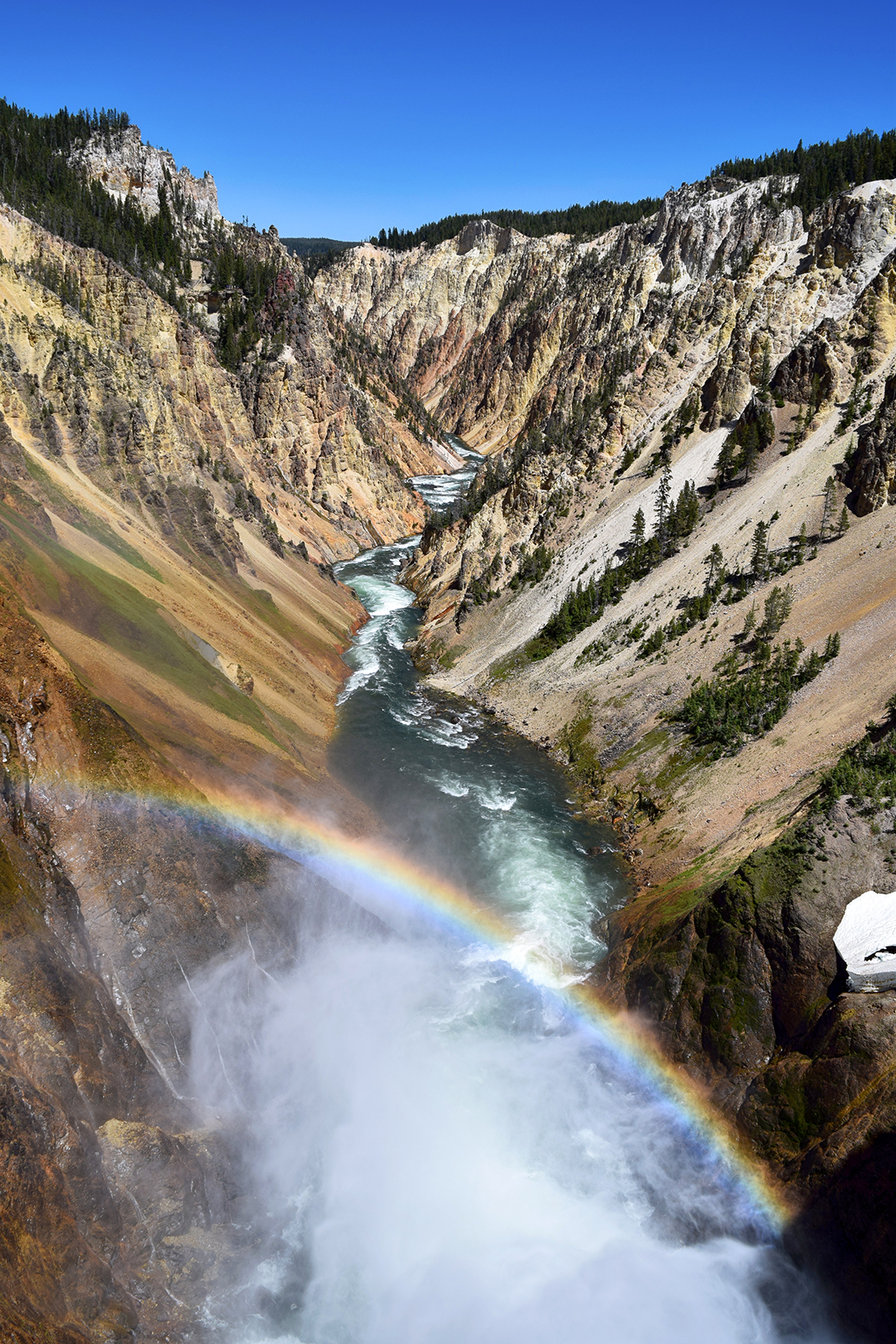














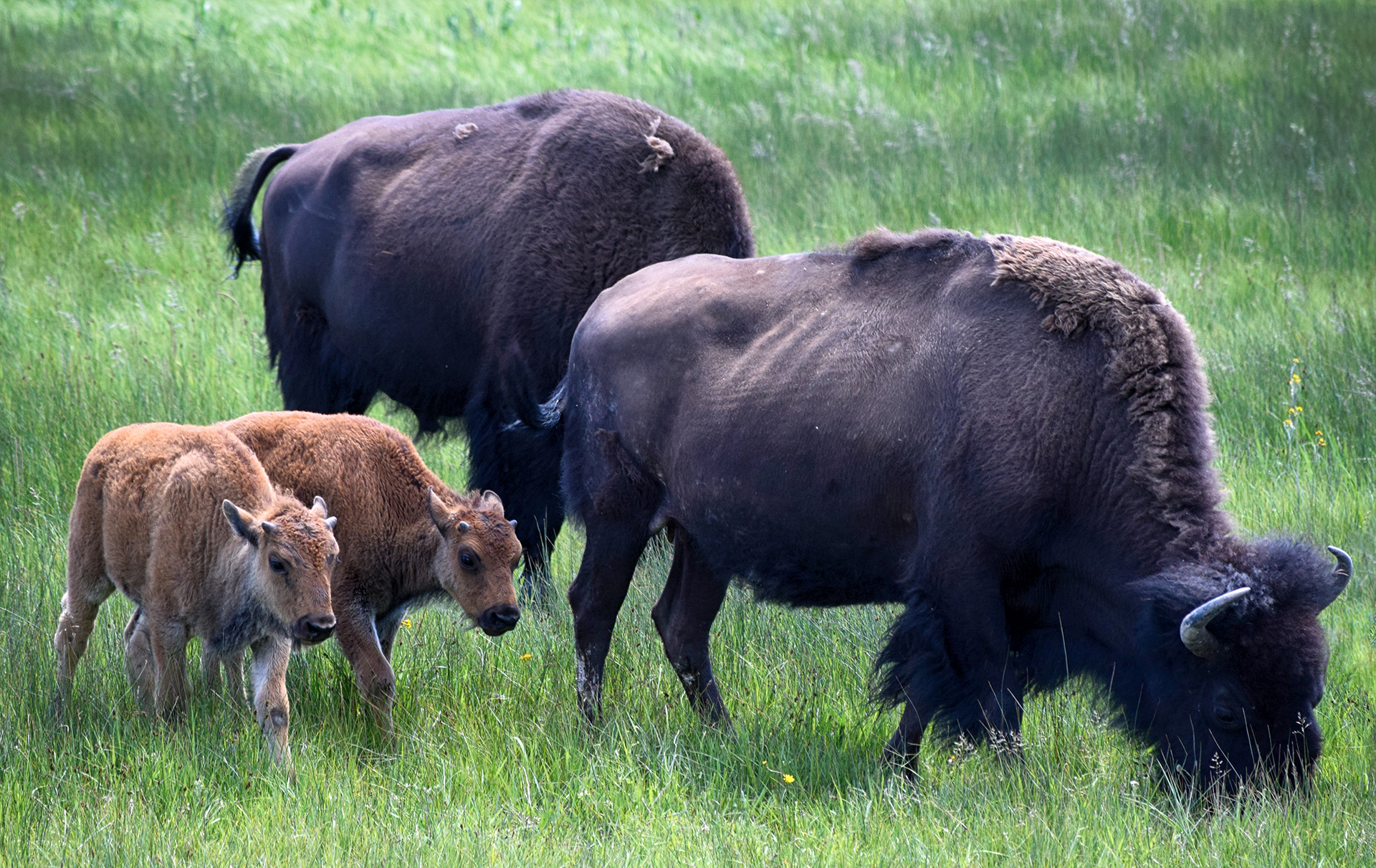
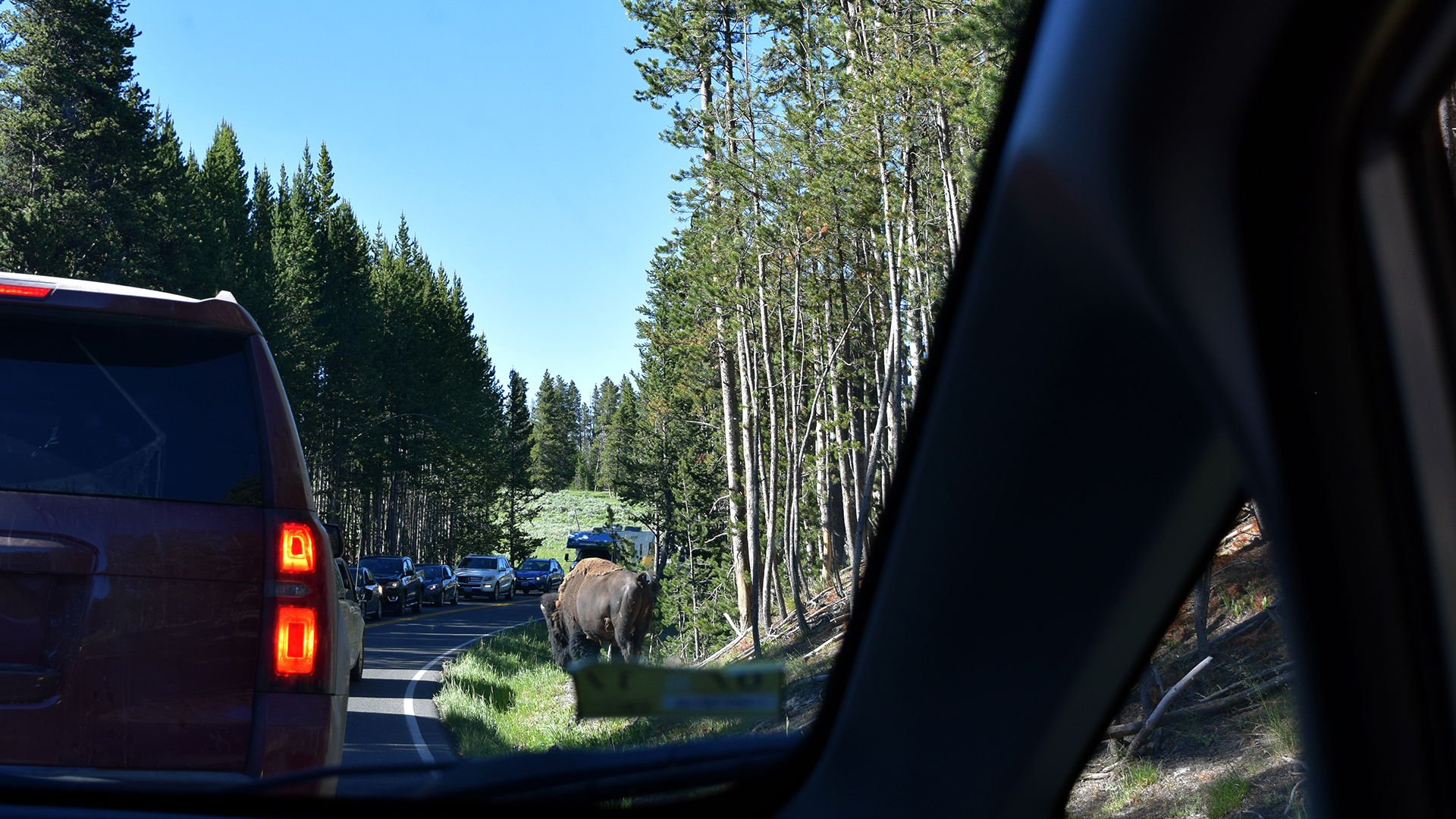
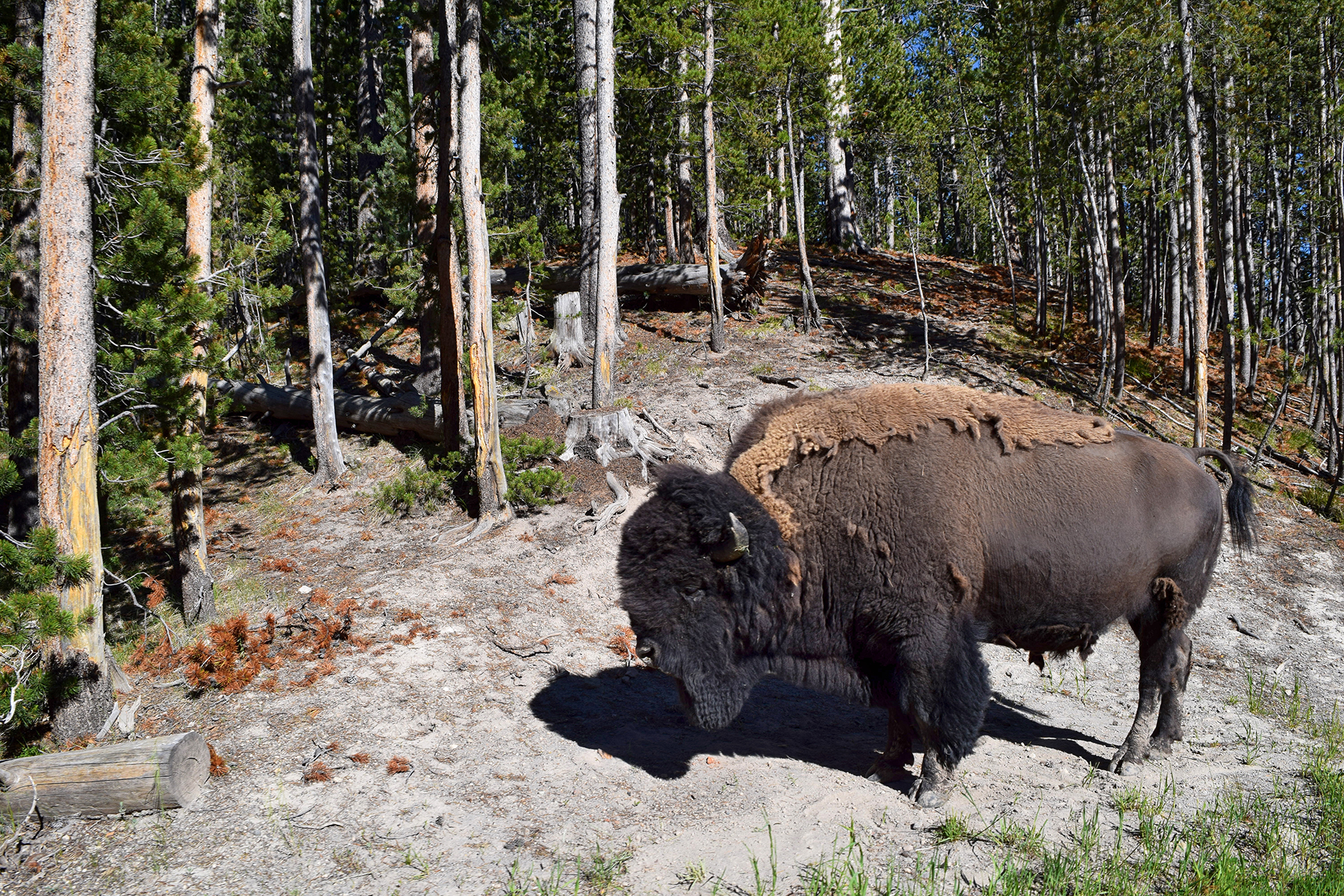
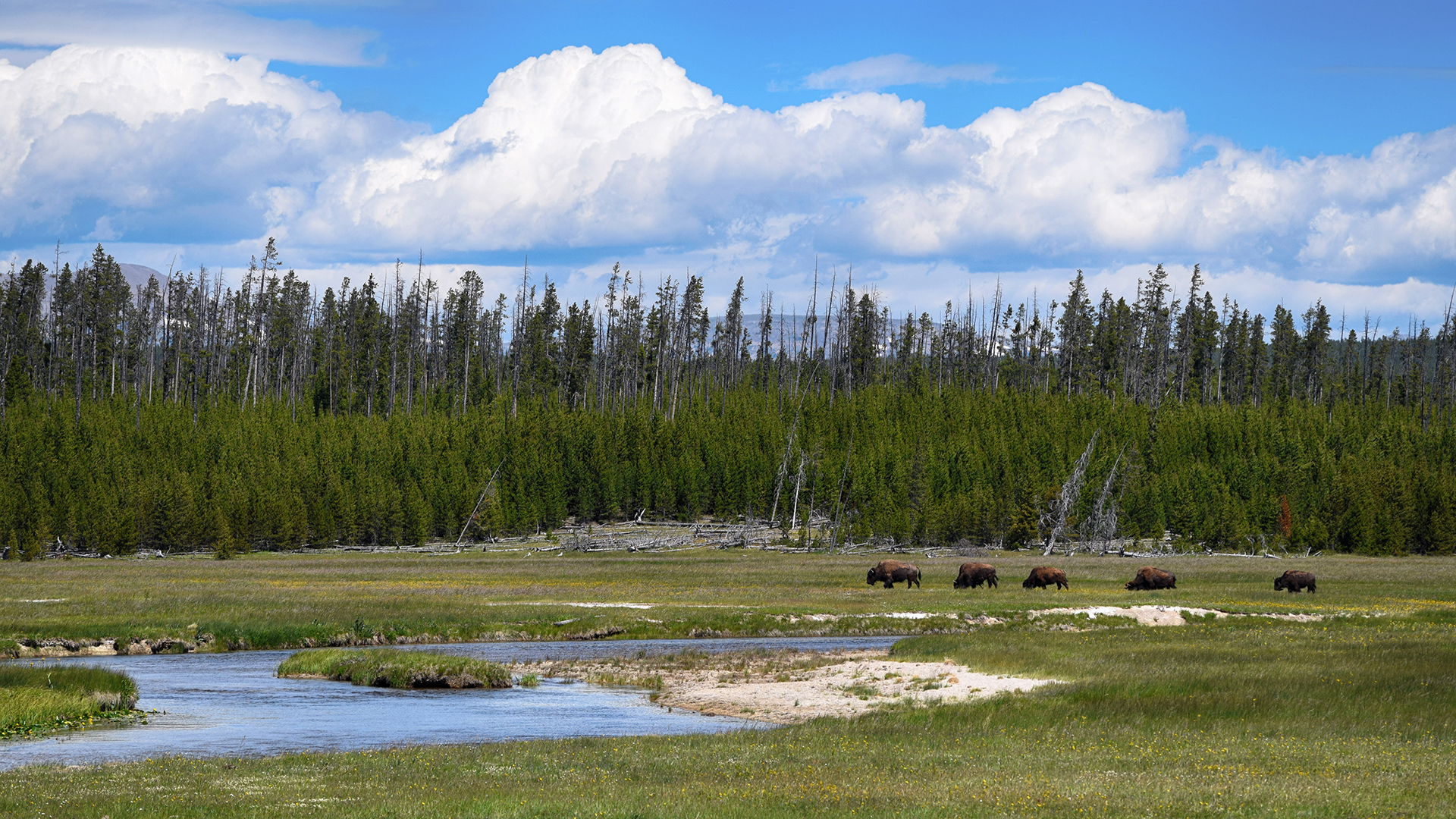
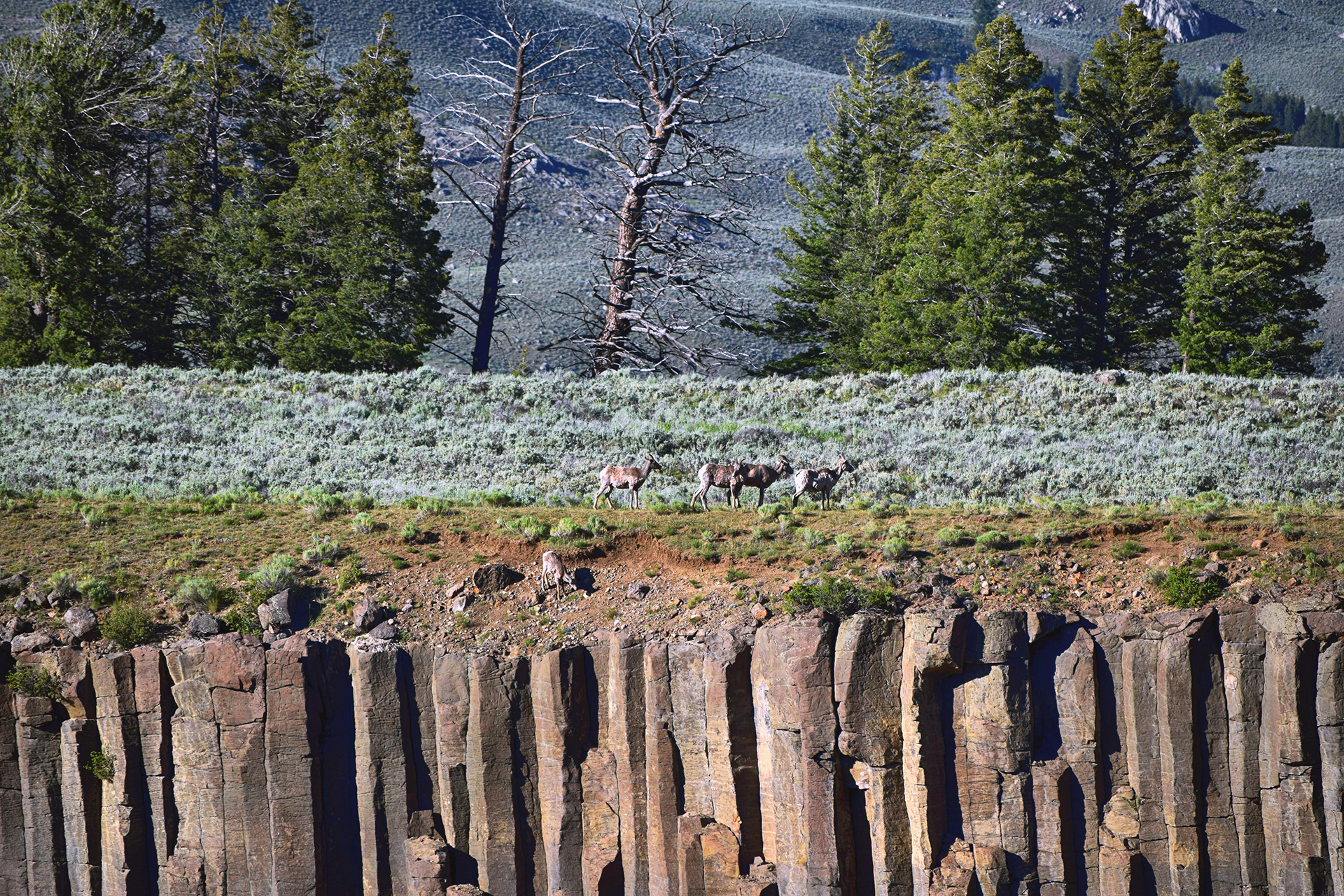
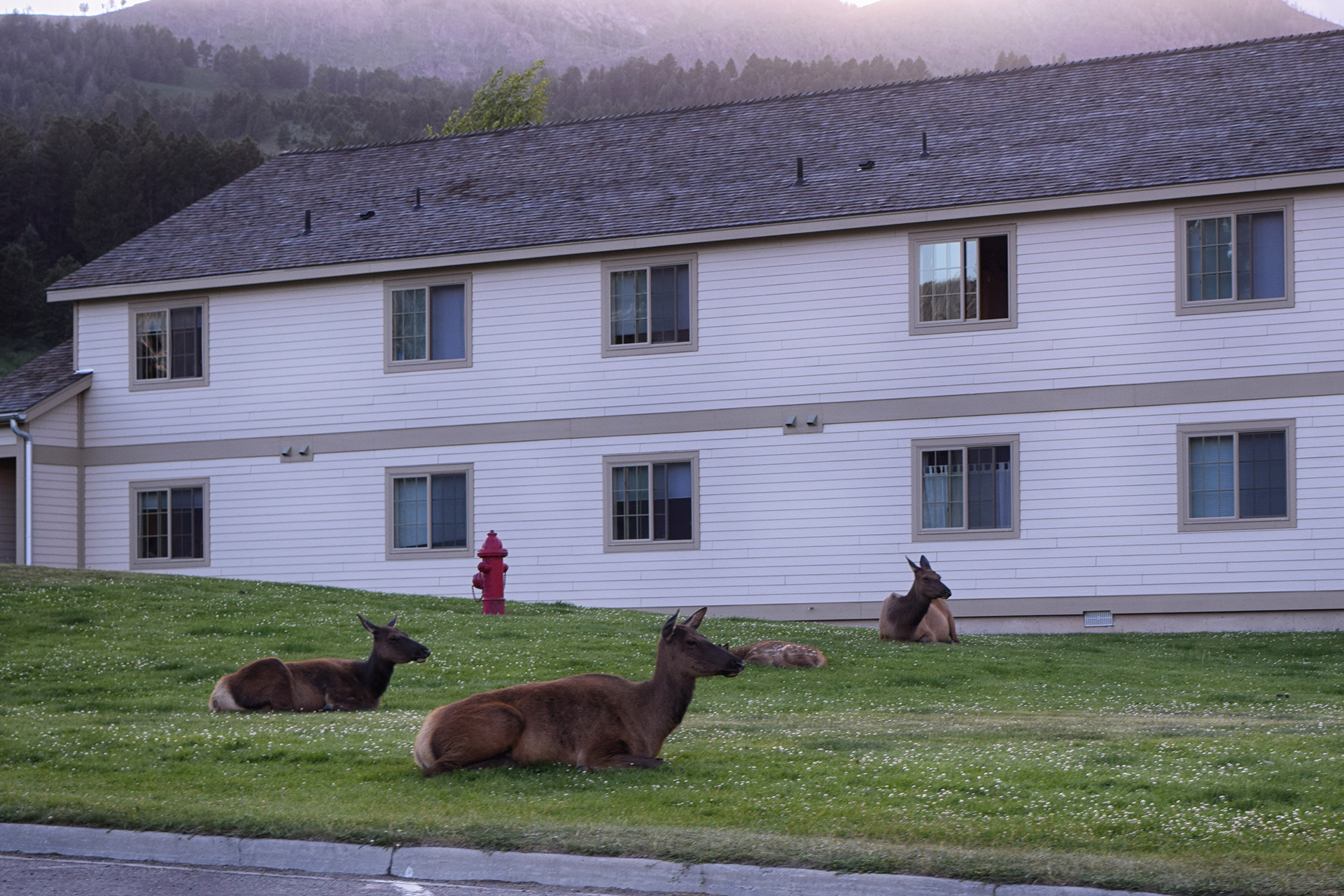
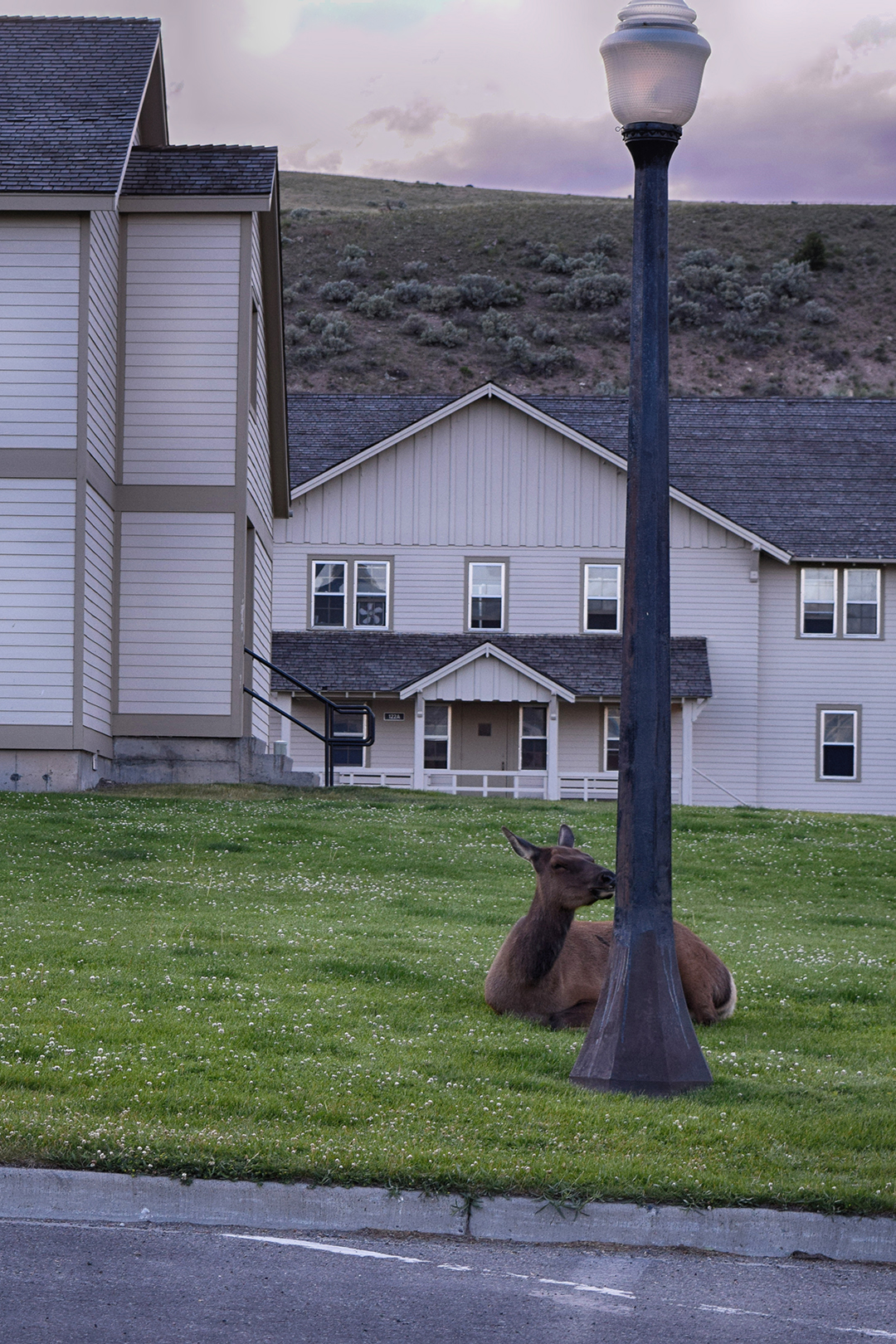
































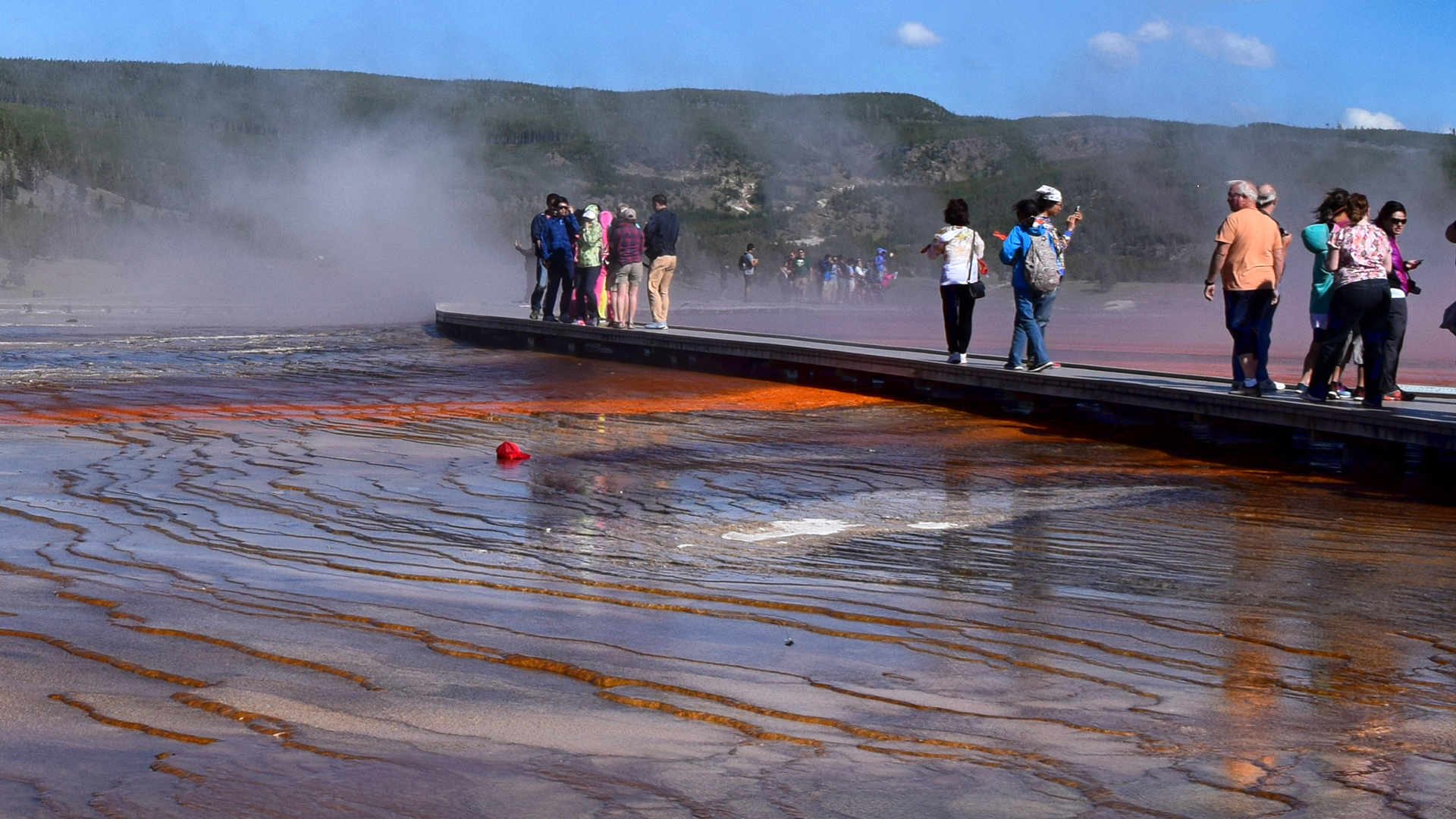

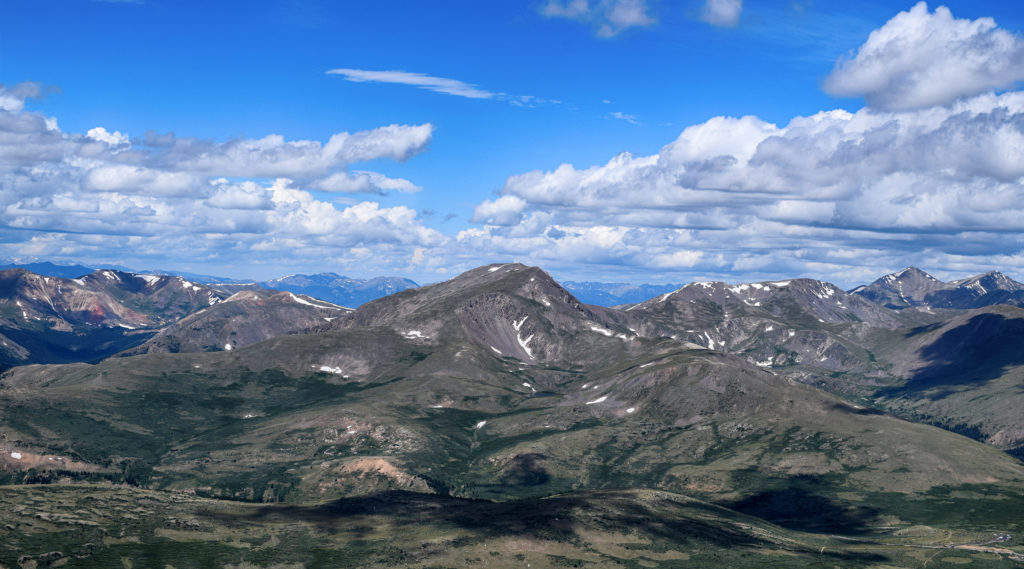
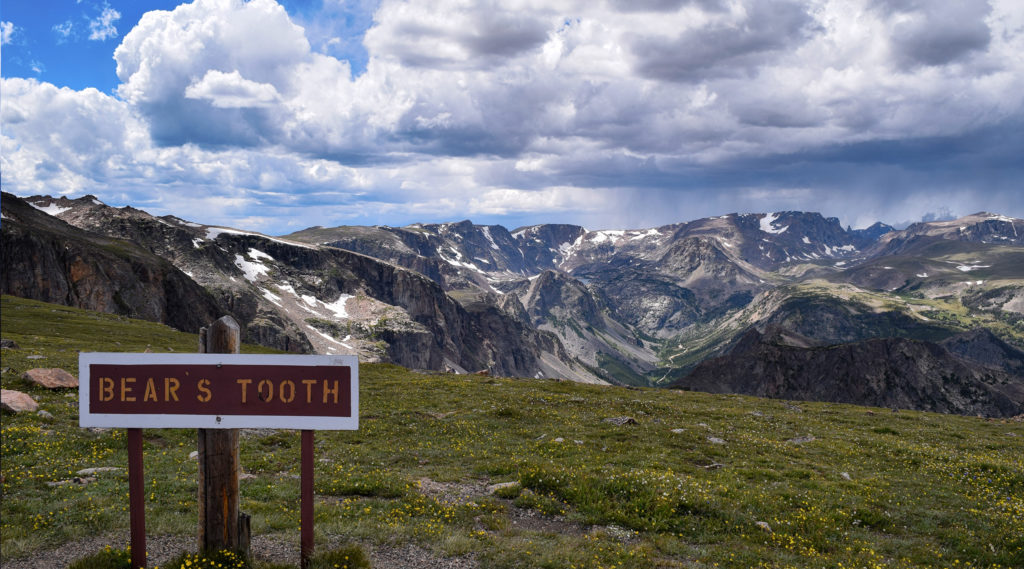
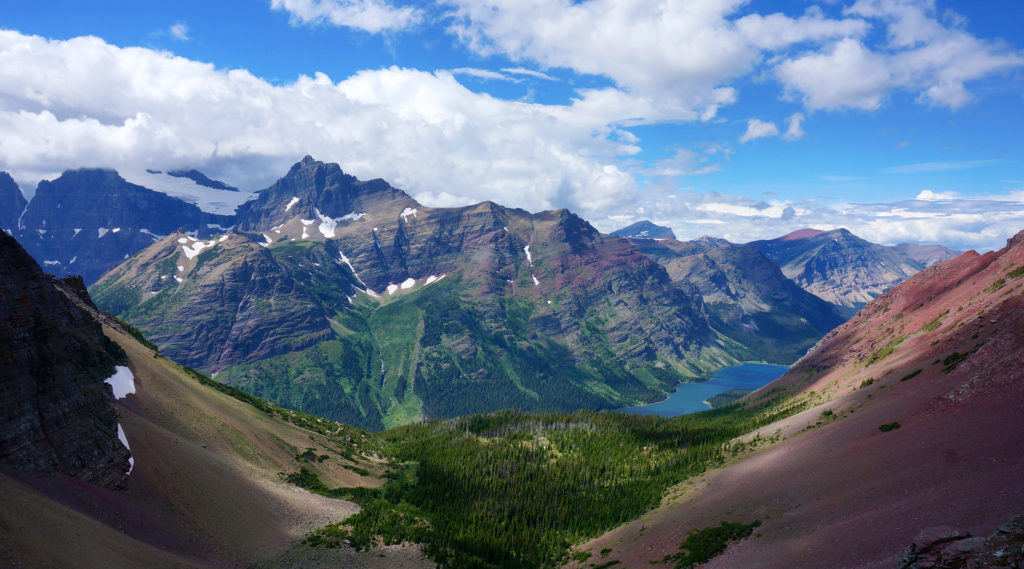
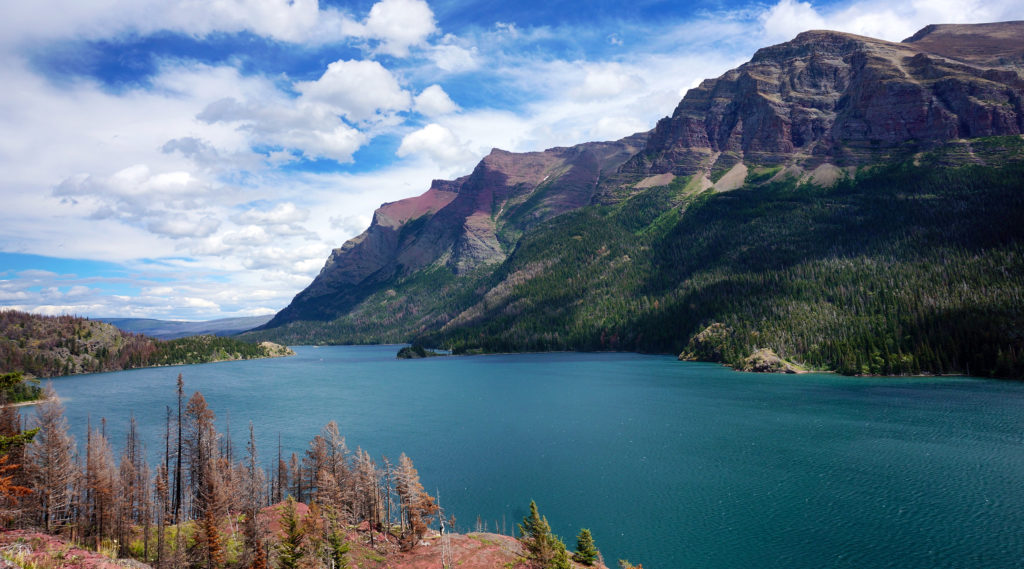
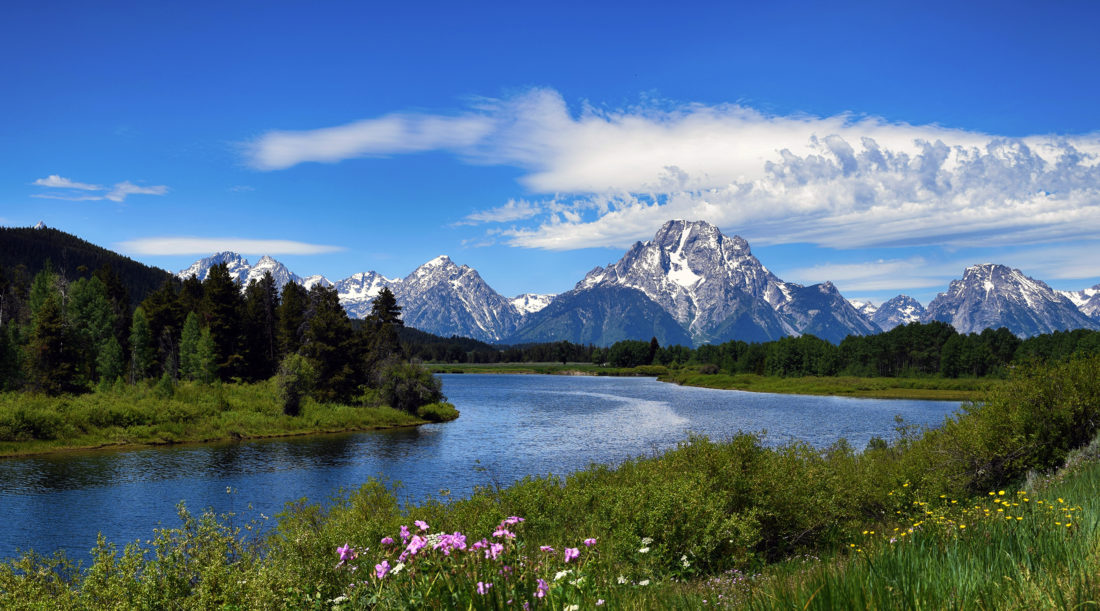
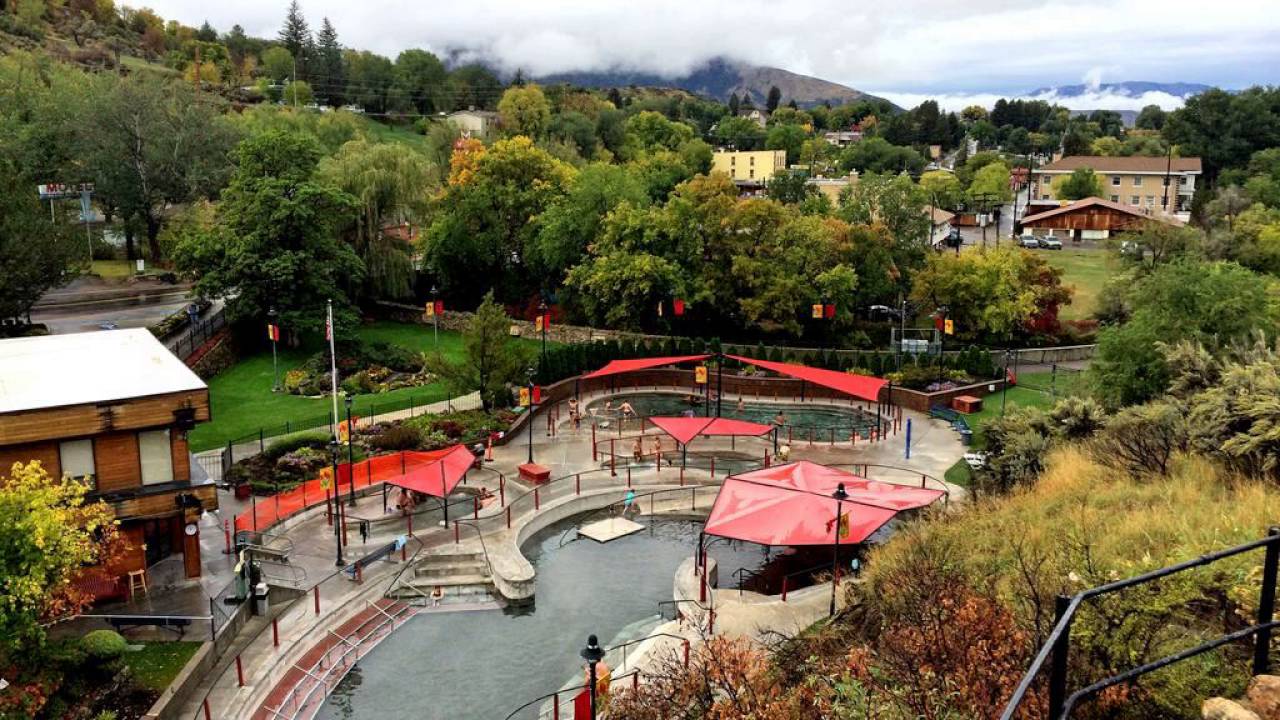
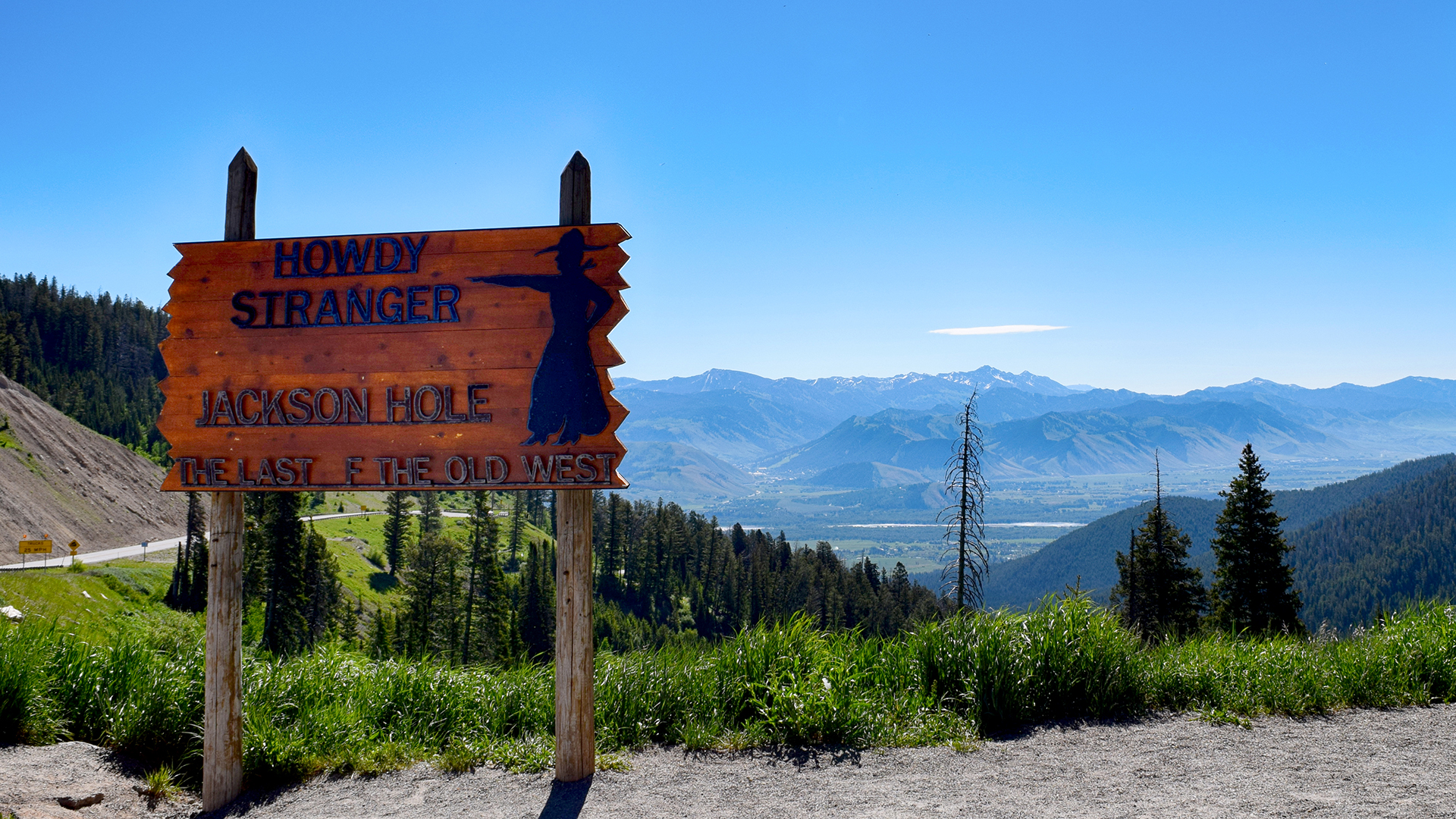

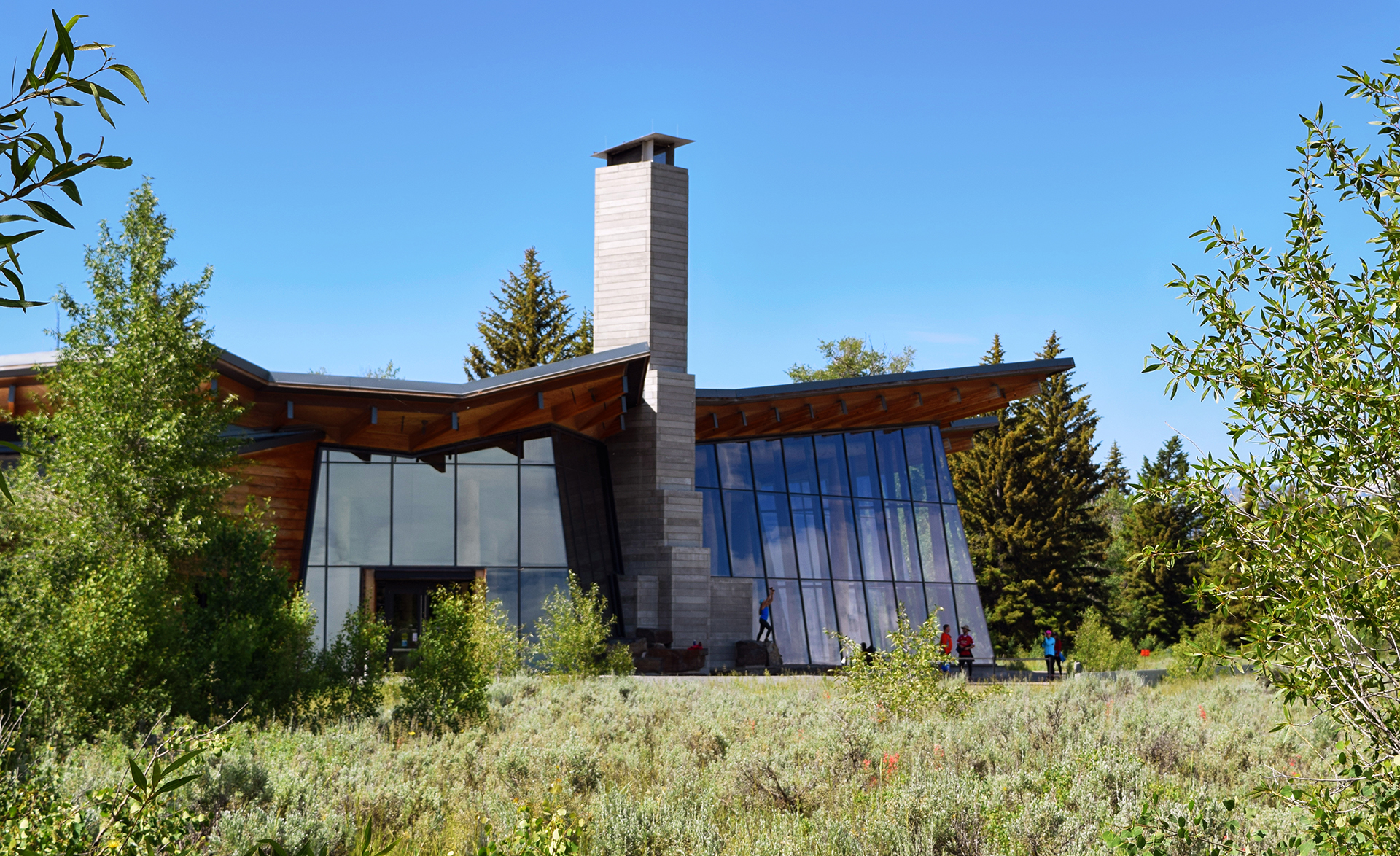

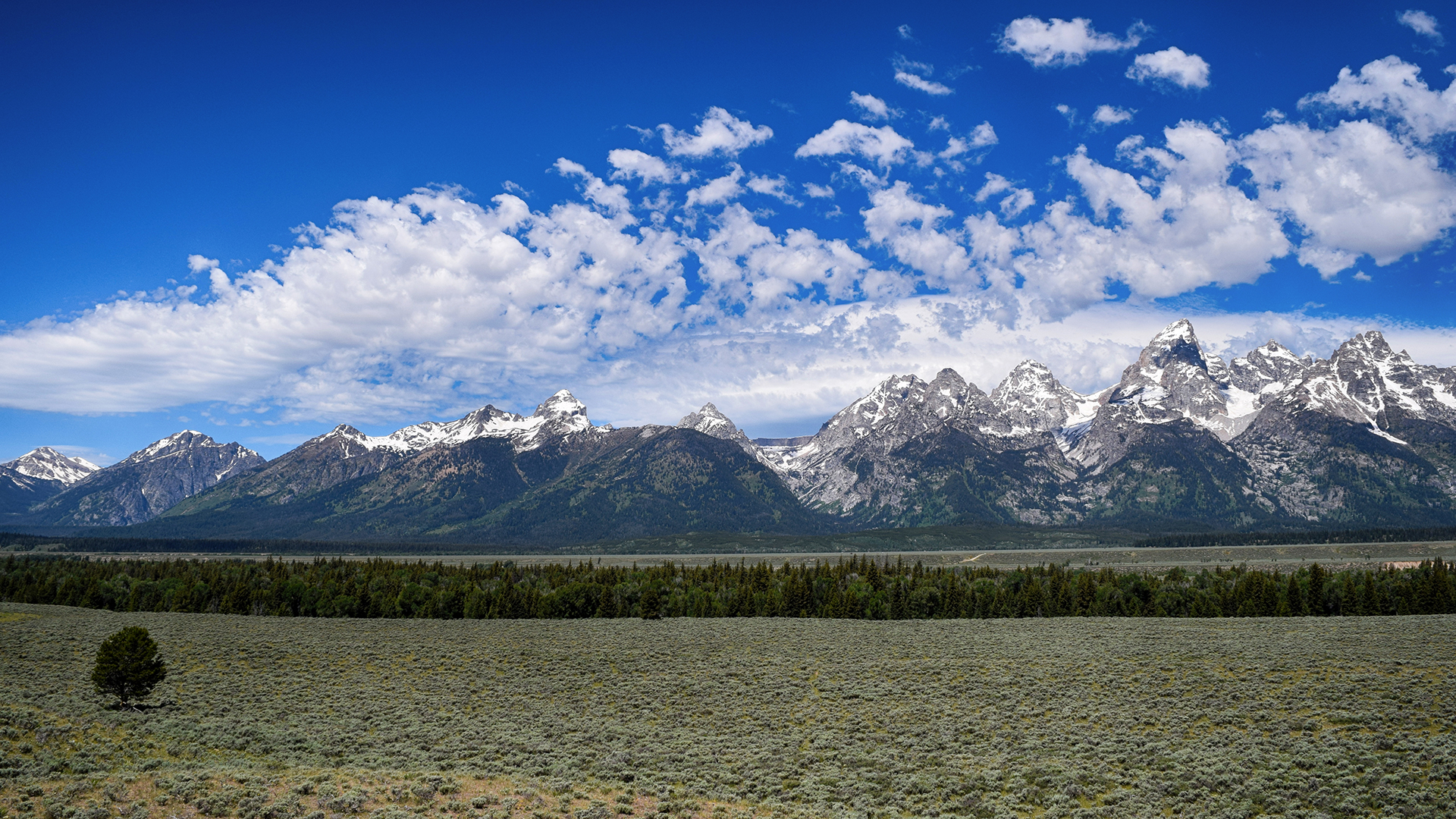























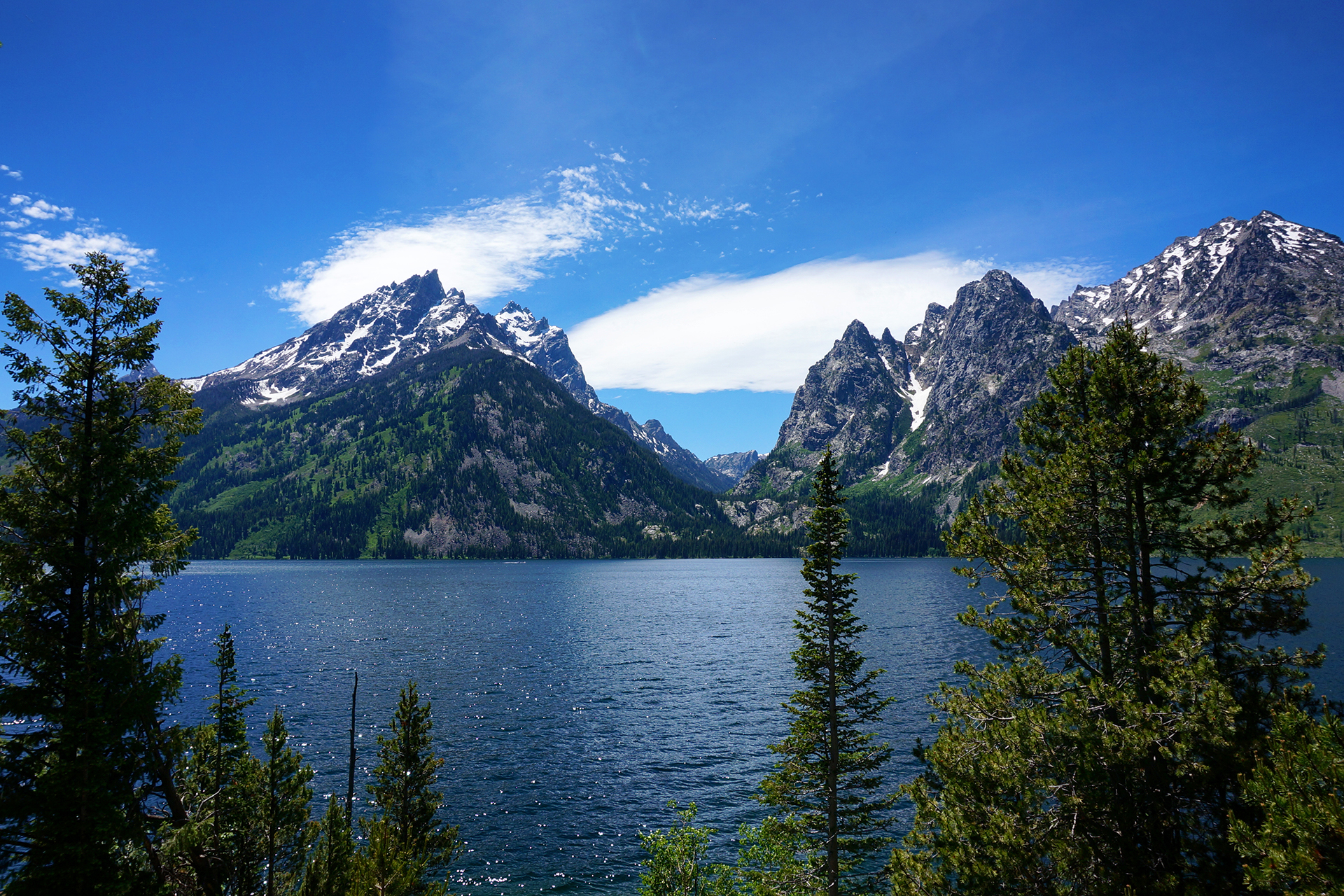
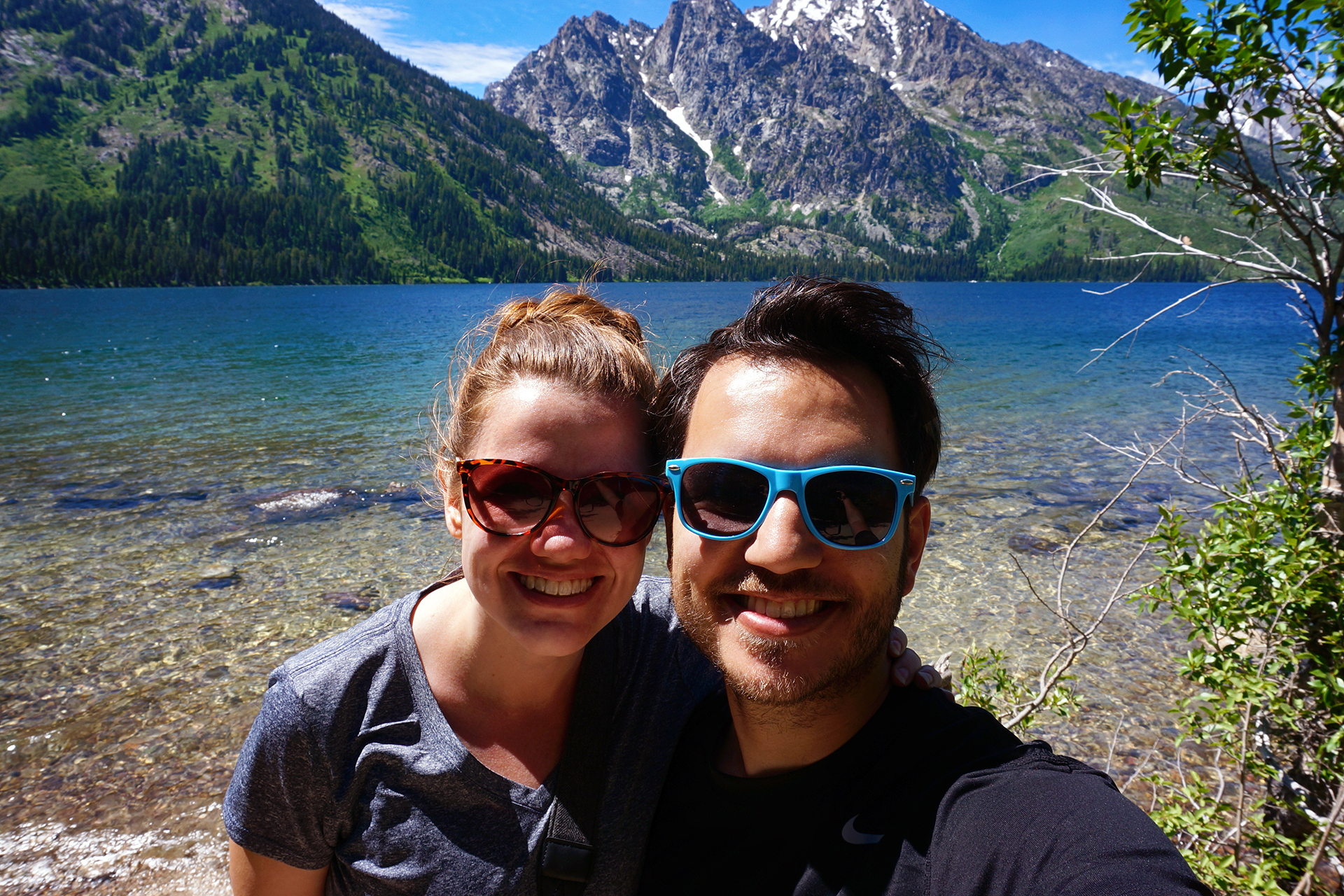
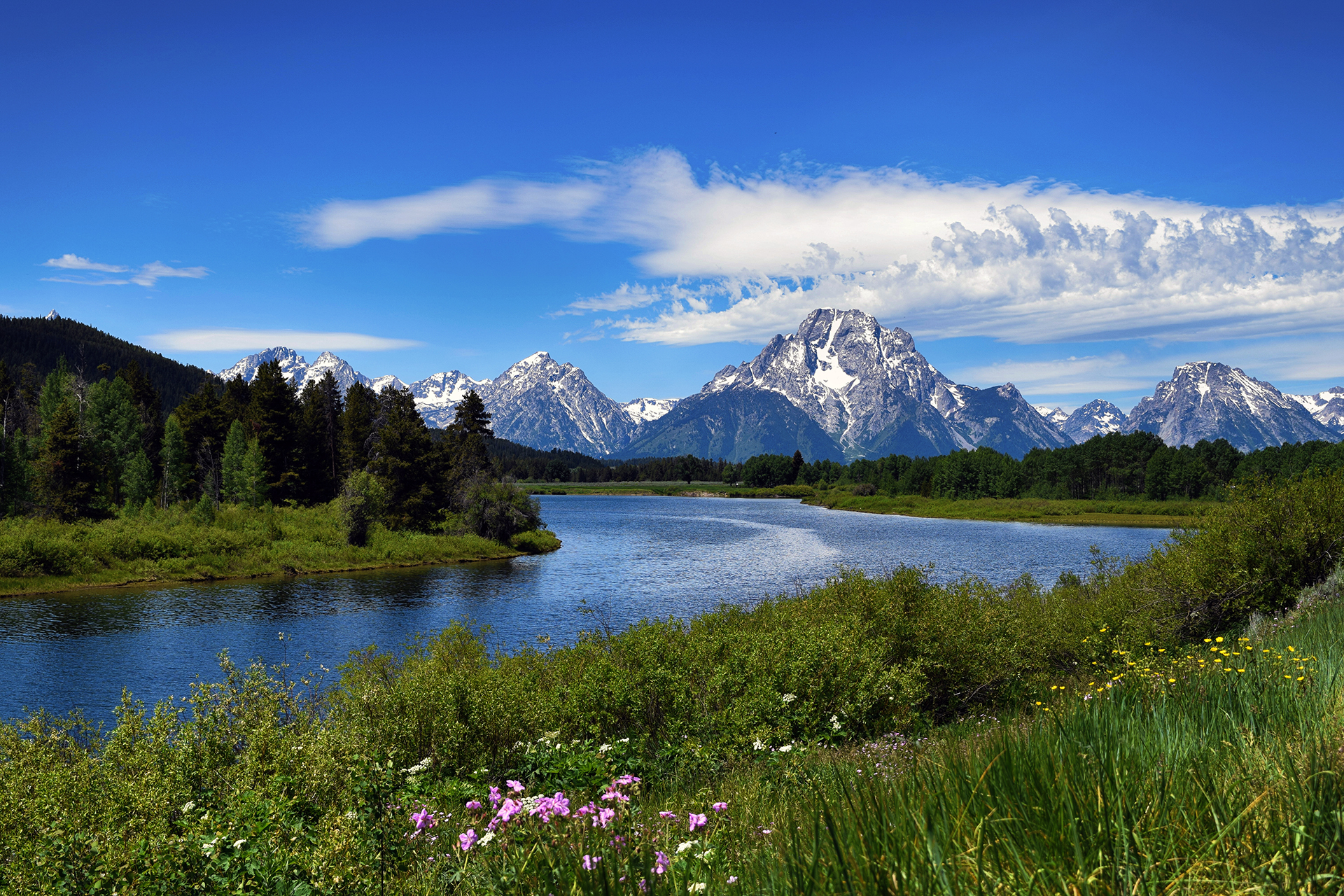
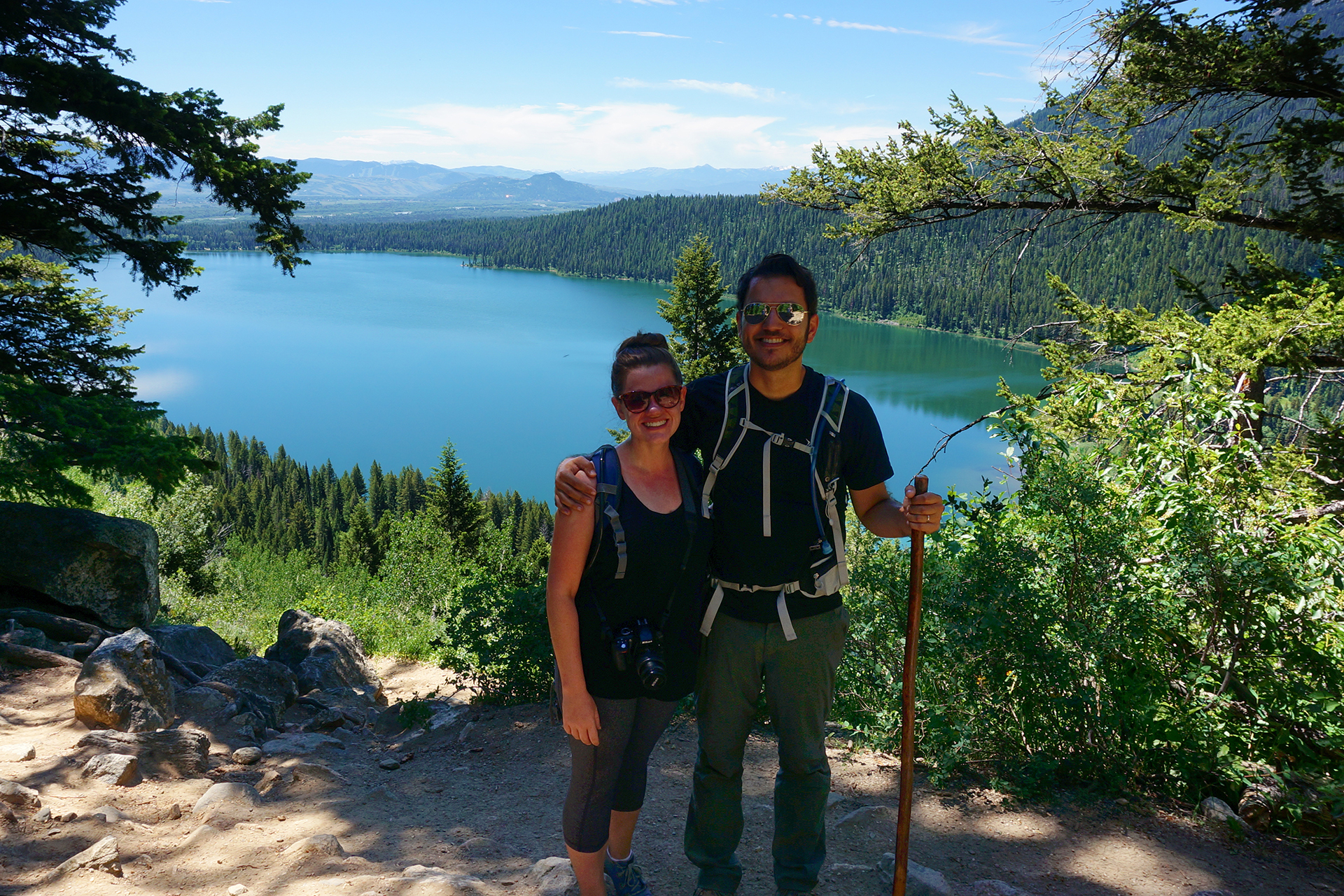










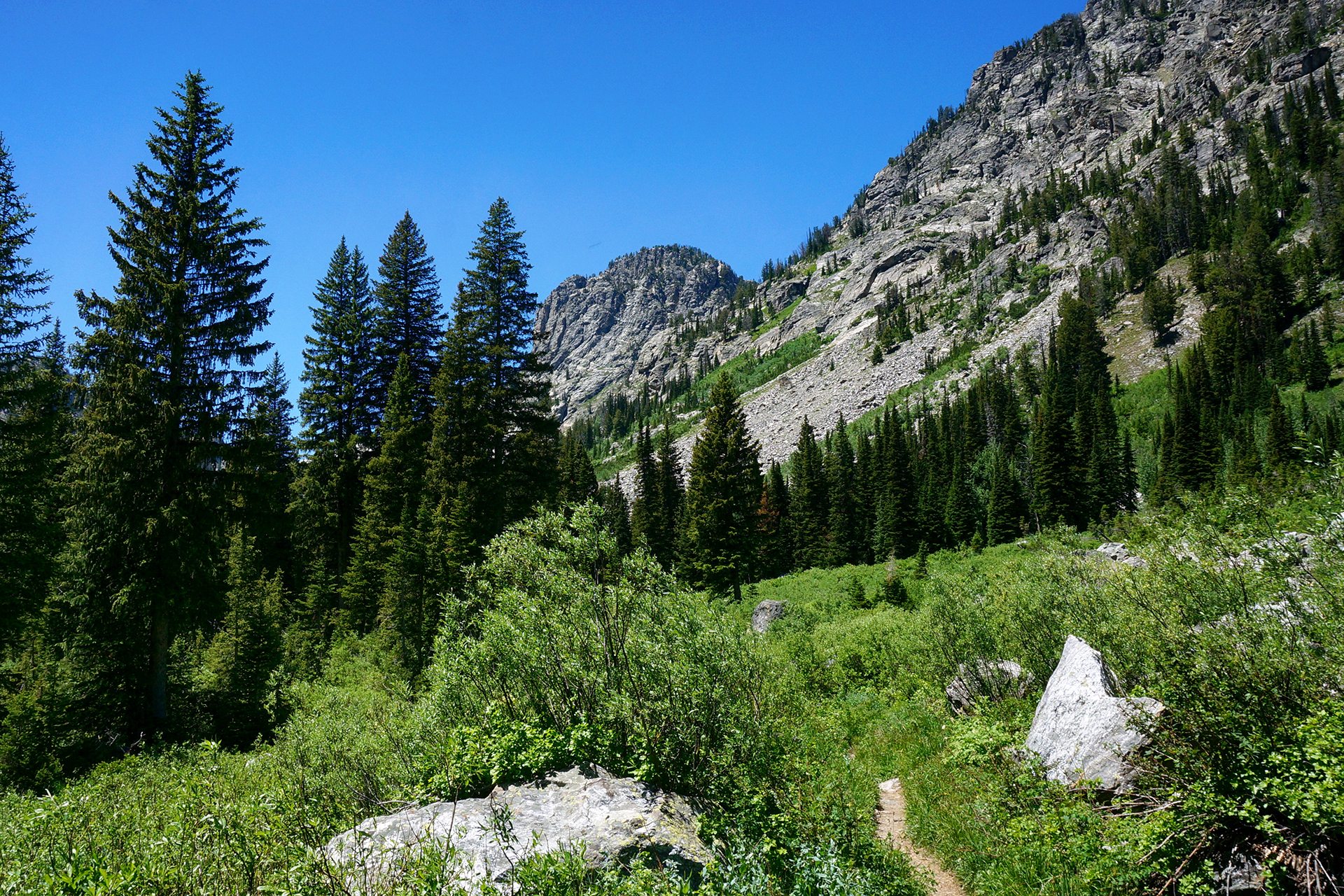














![xkcd-100-family_circus[1] Courtesy of xkcd](http://nothing-mundane.com/wp-content/uploads/2017/03/xkcd-100-family_circus1.jpg)

